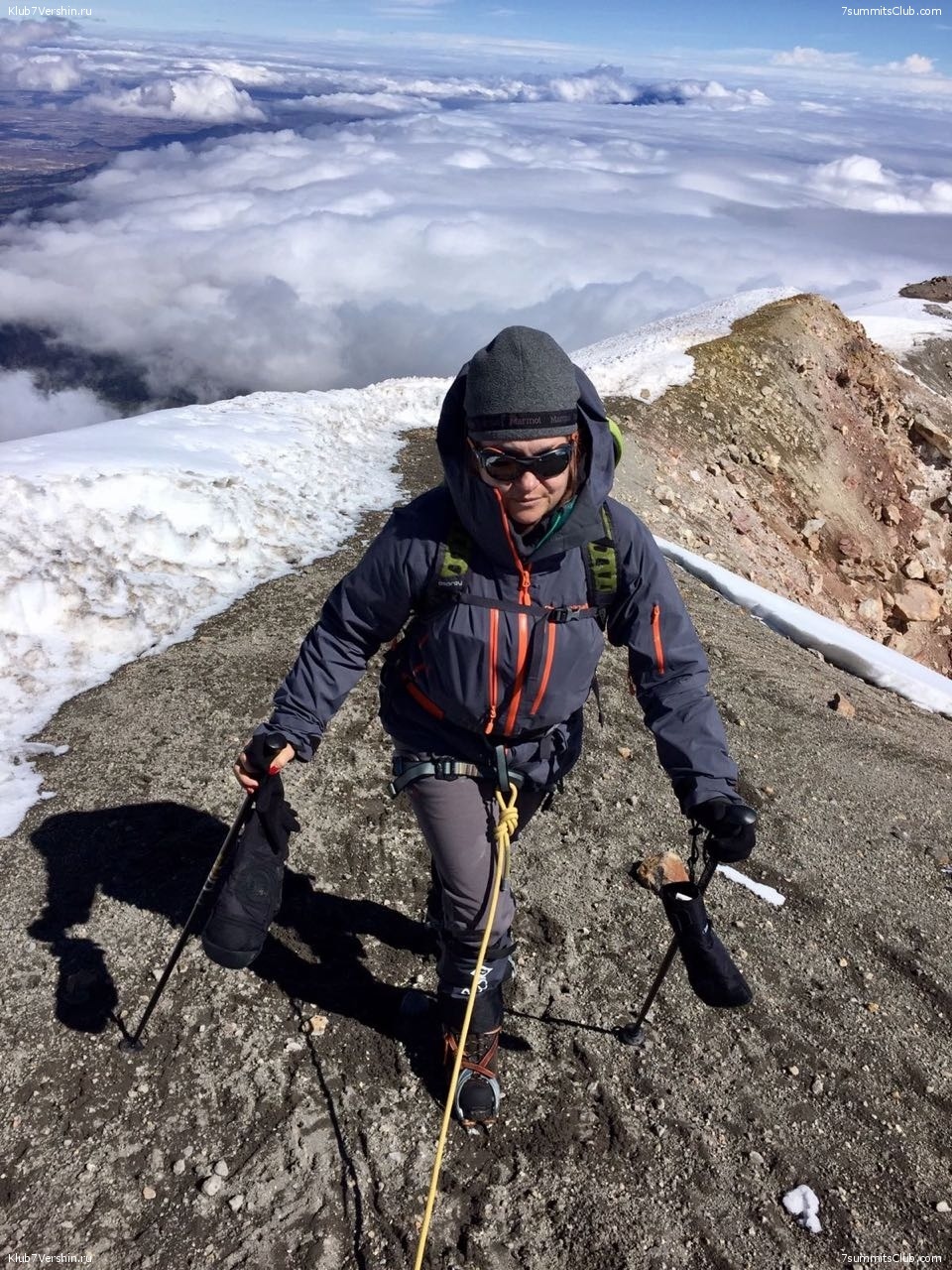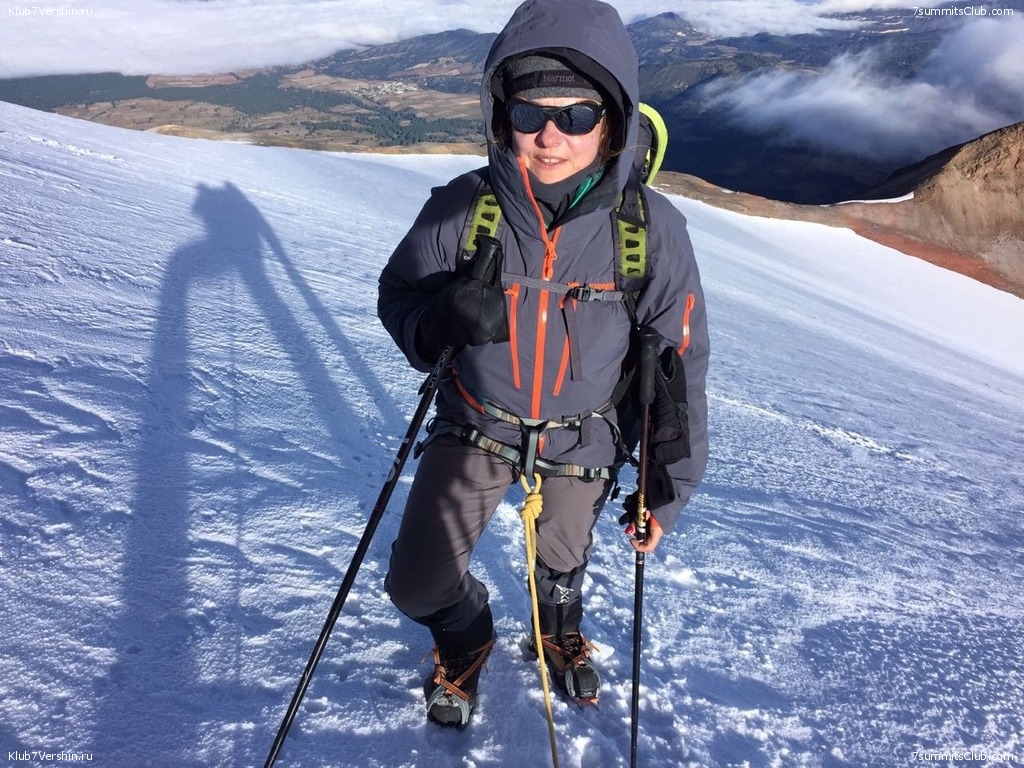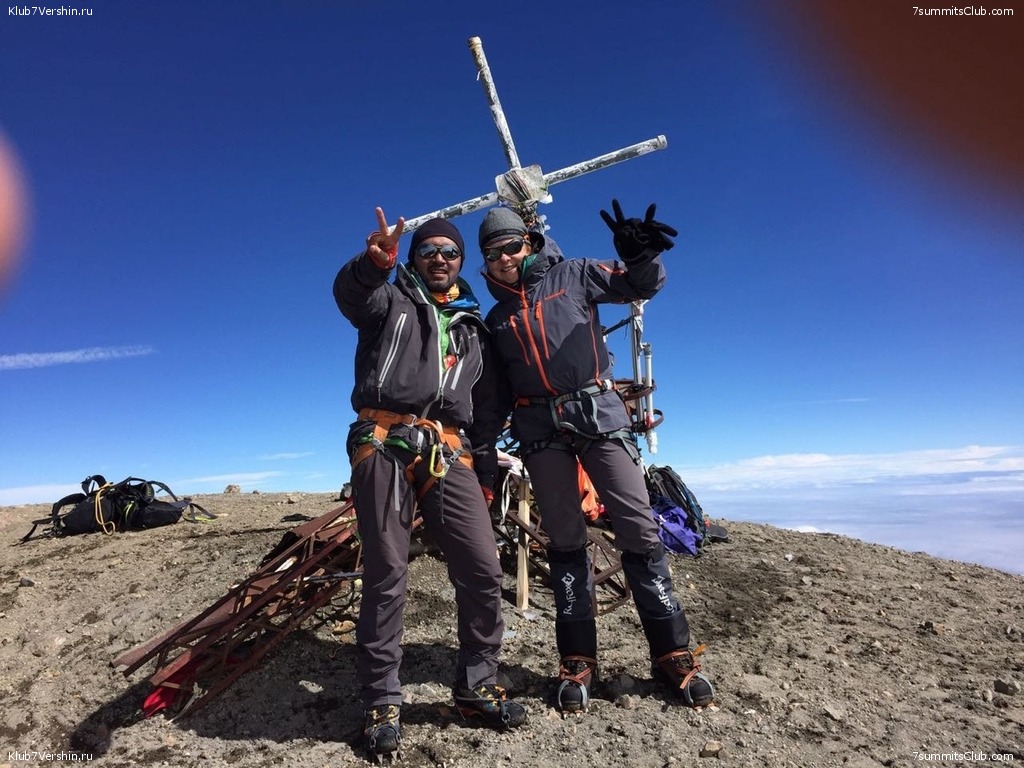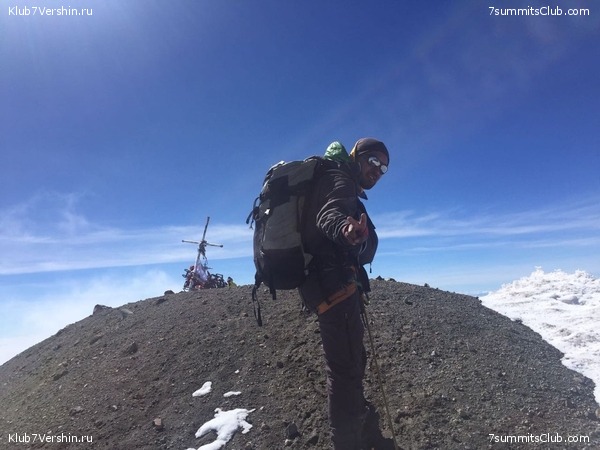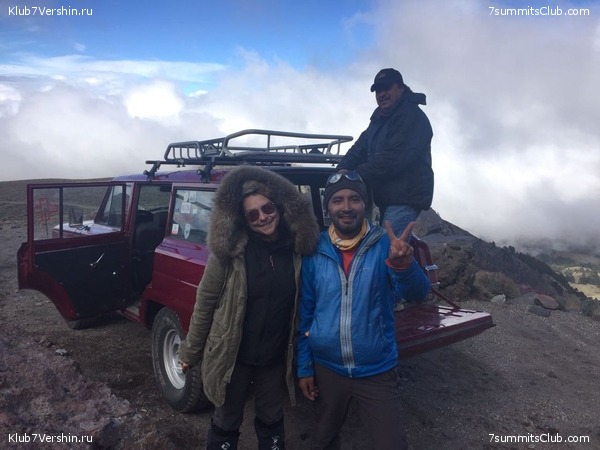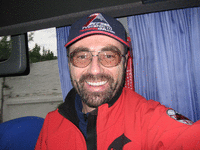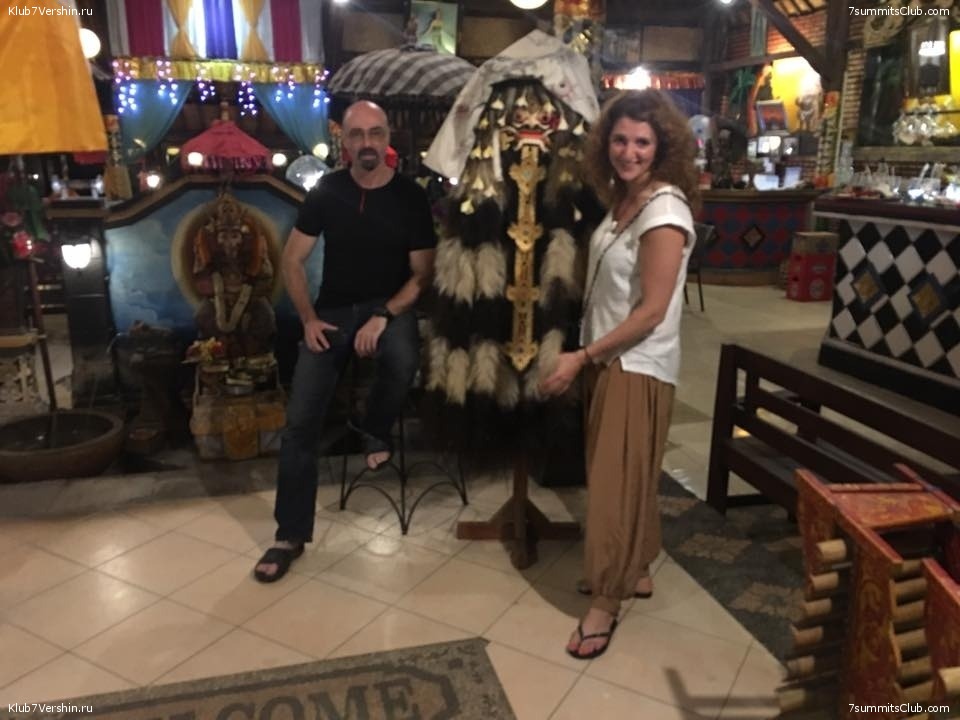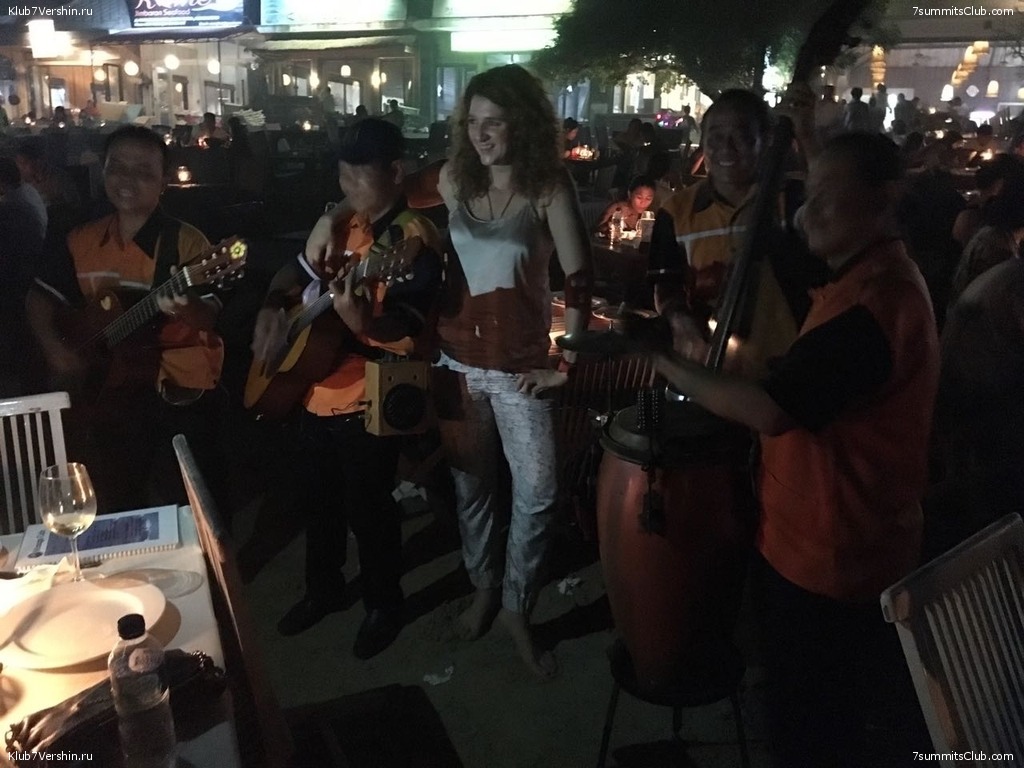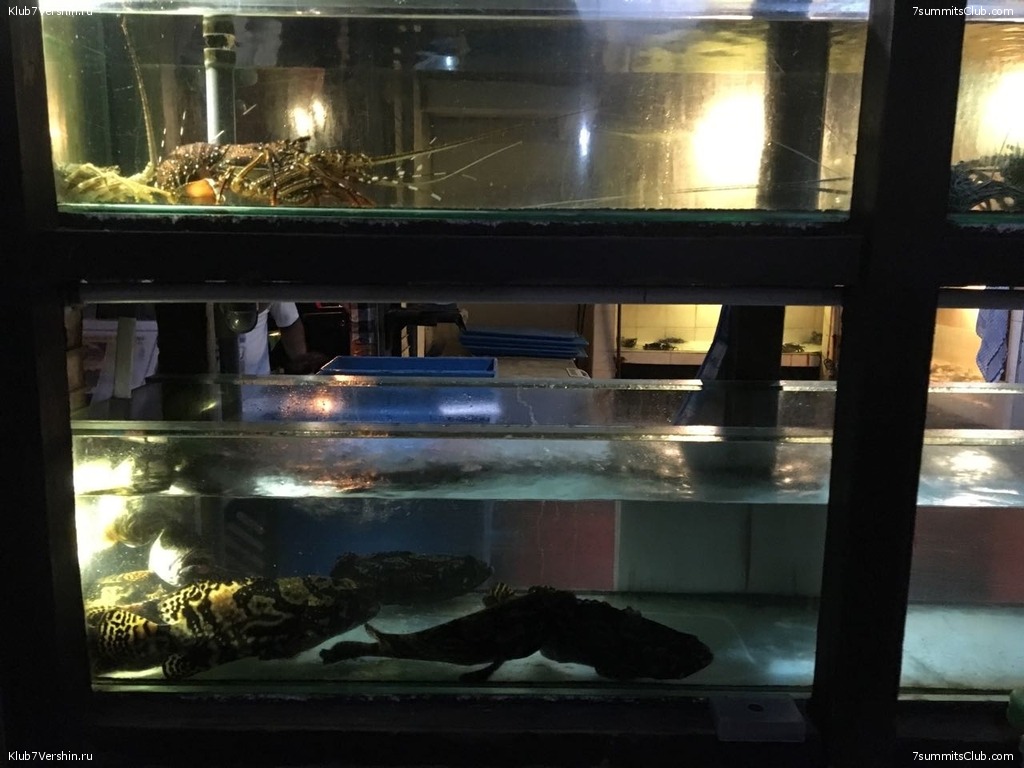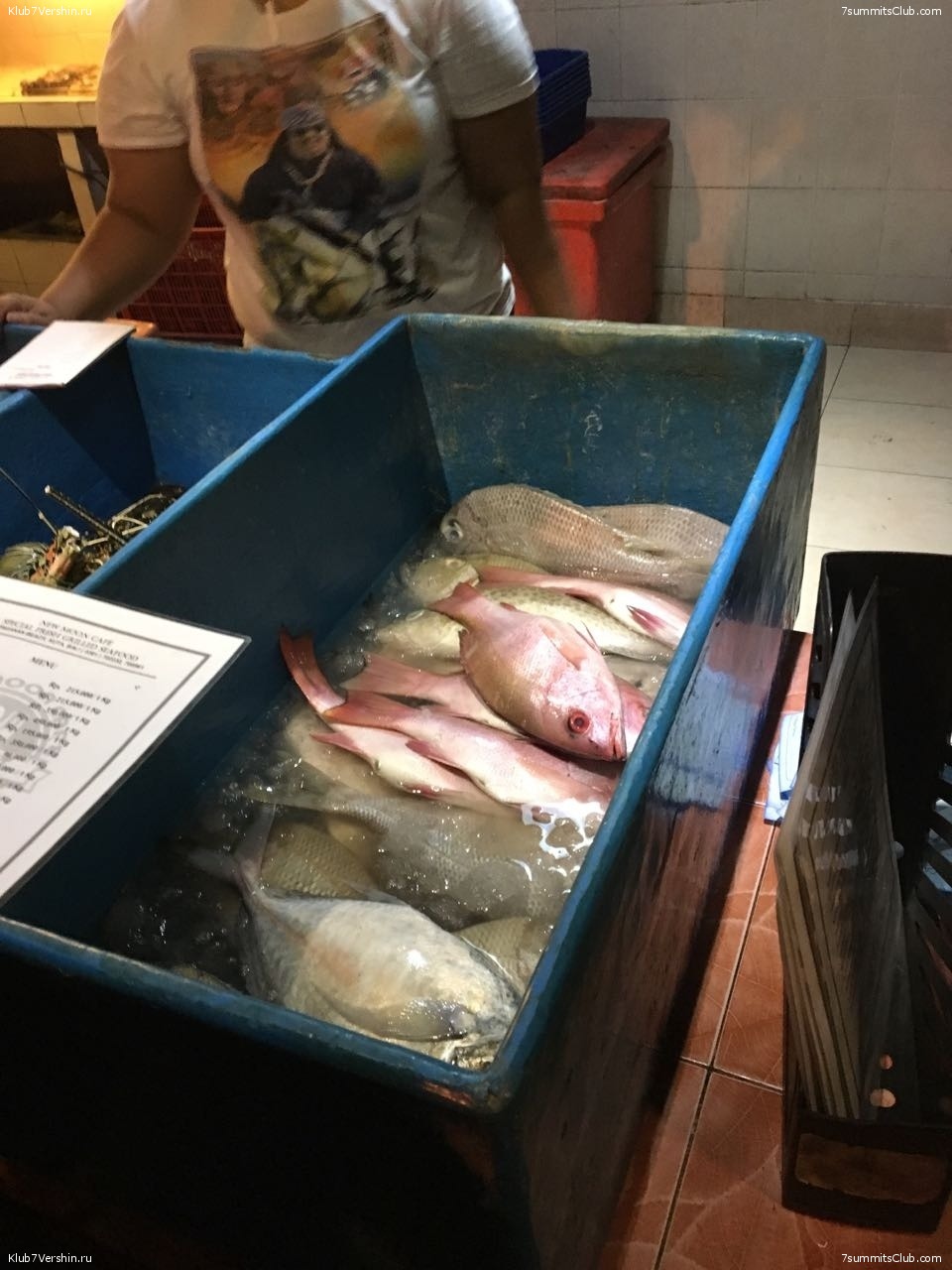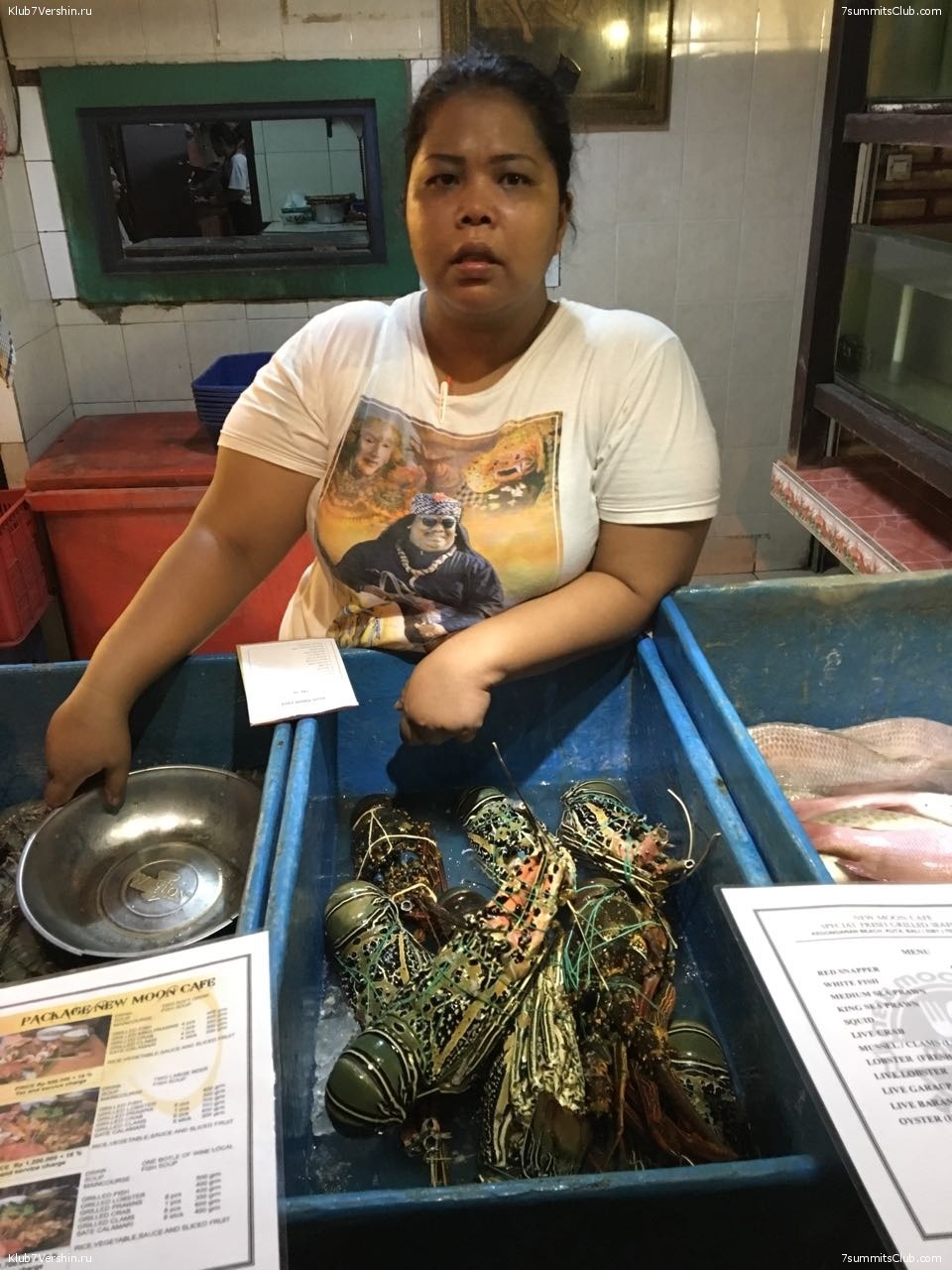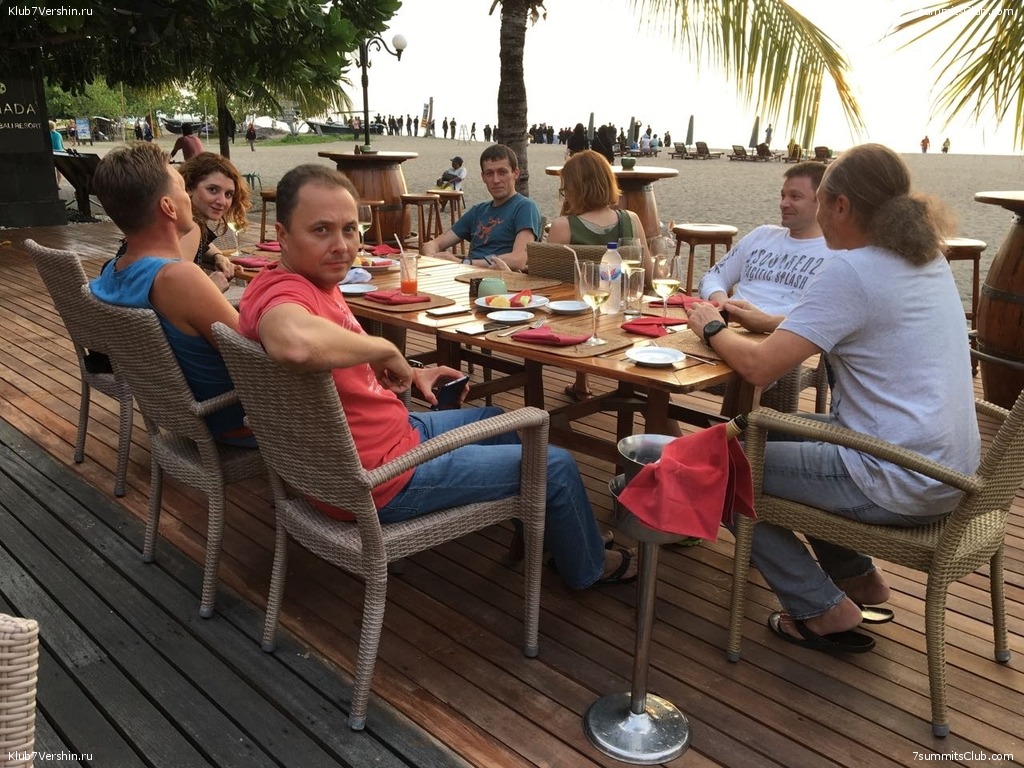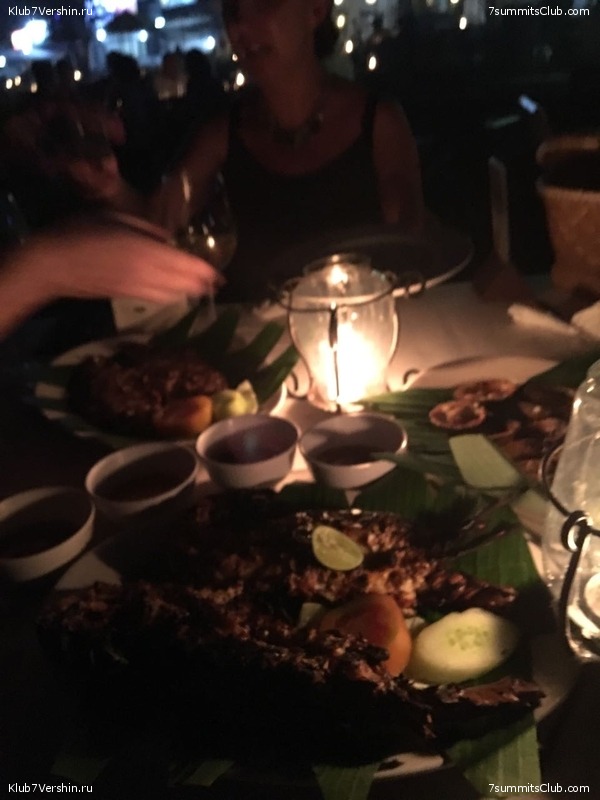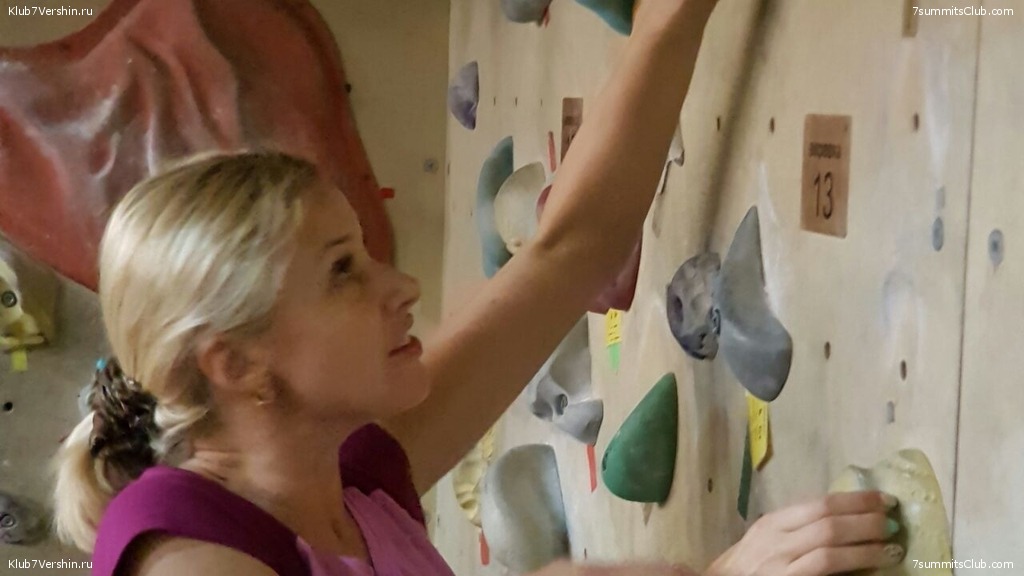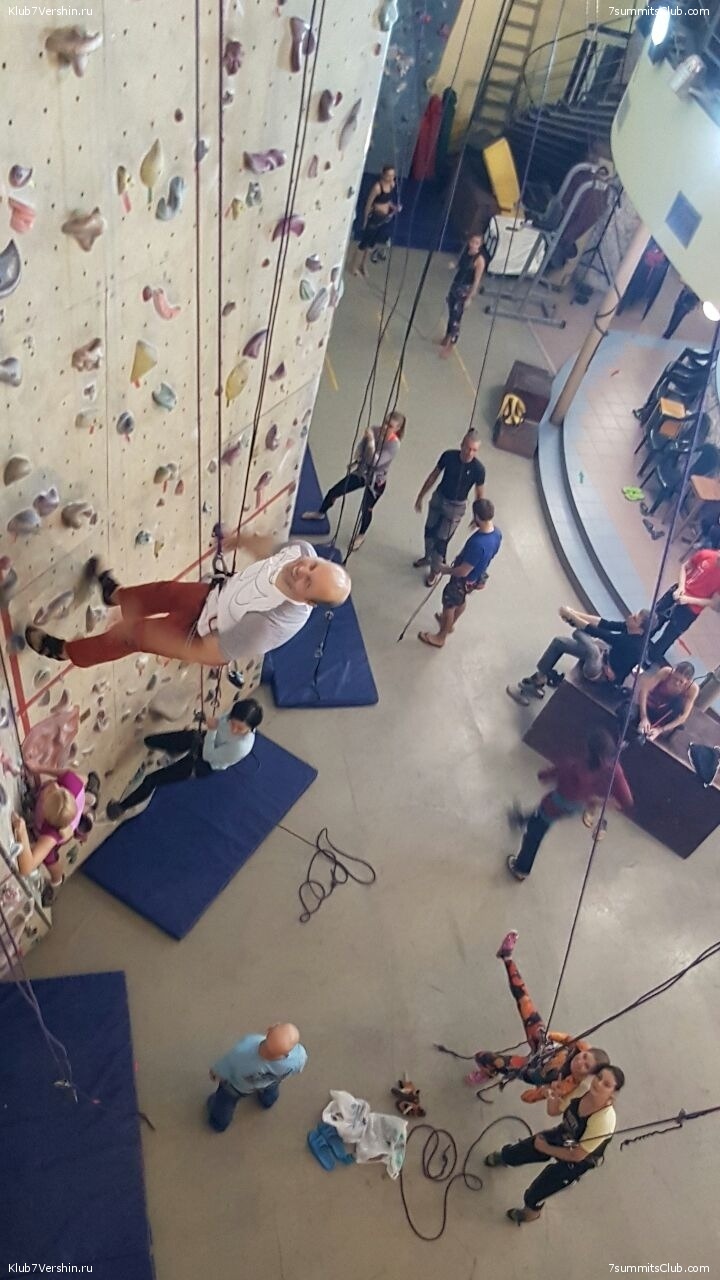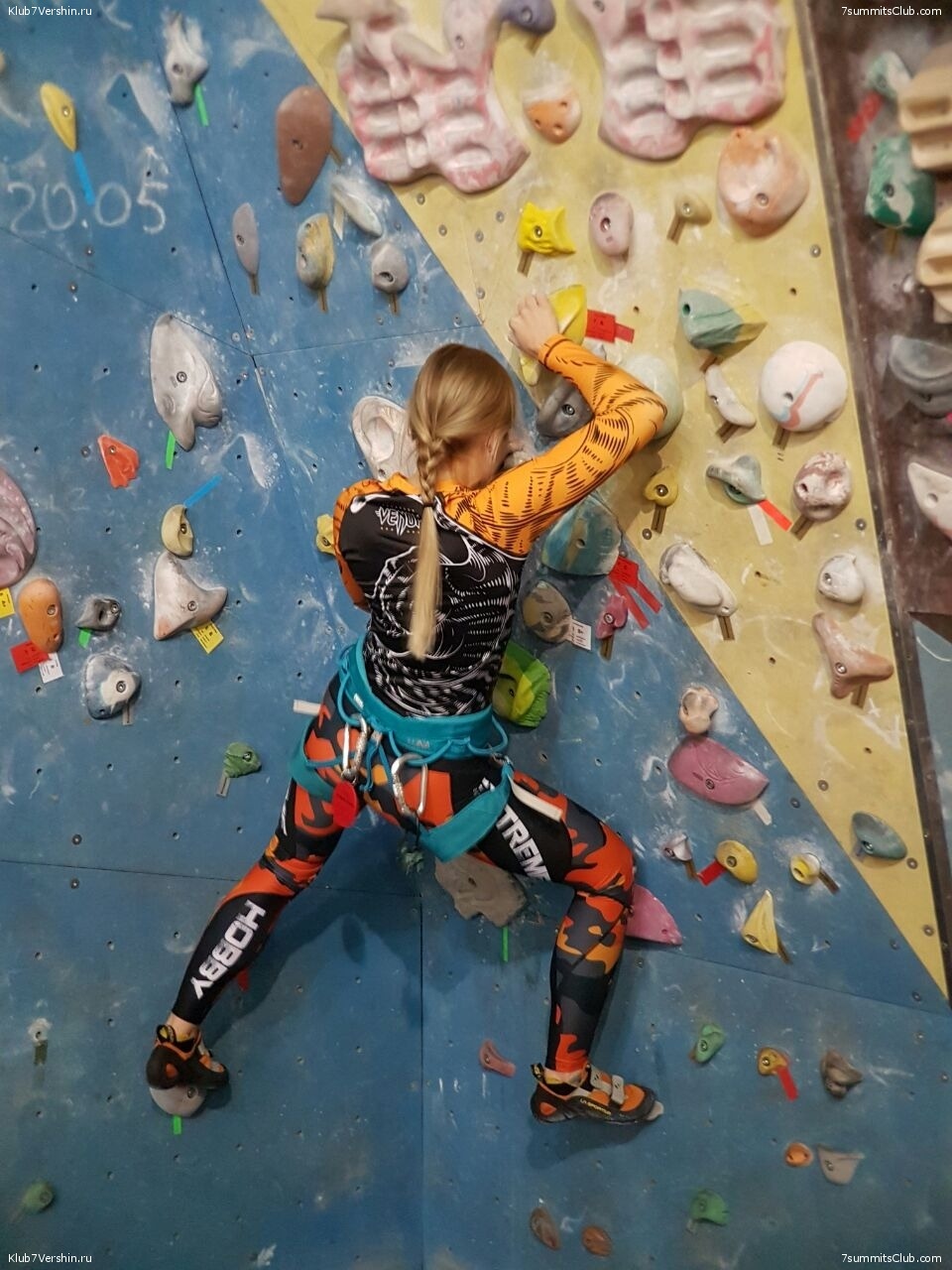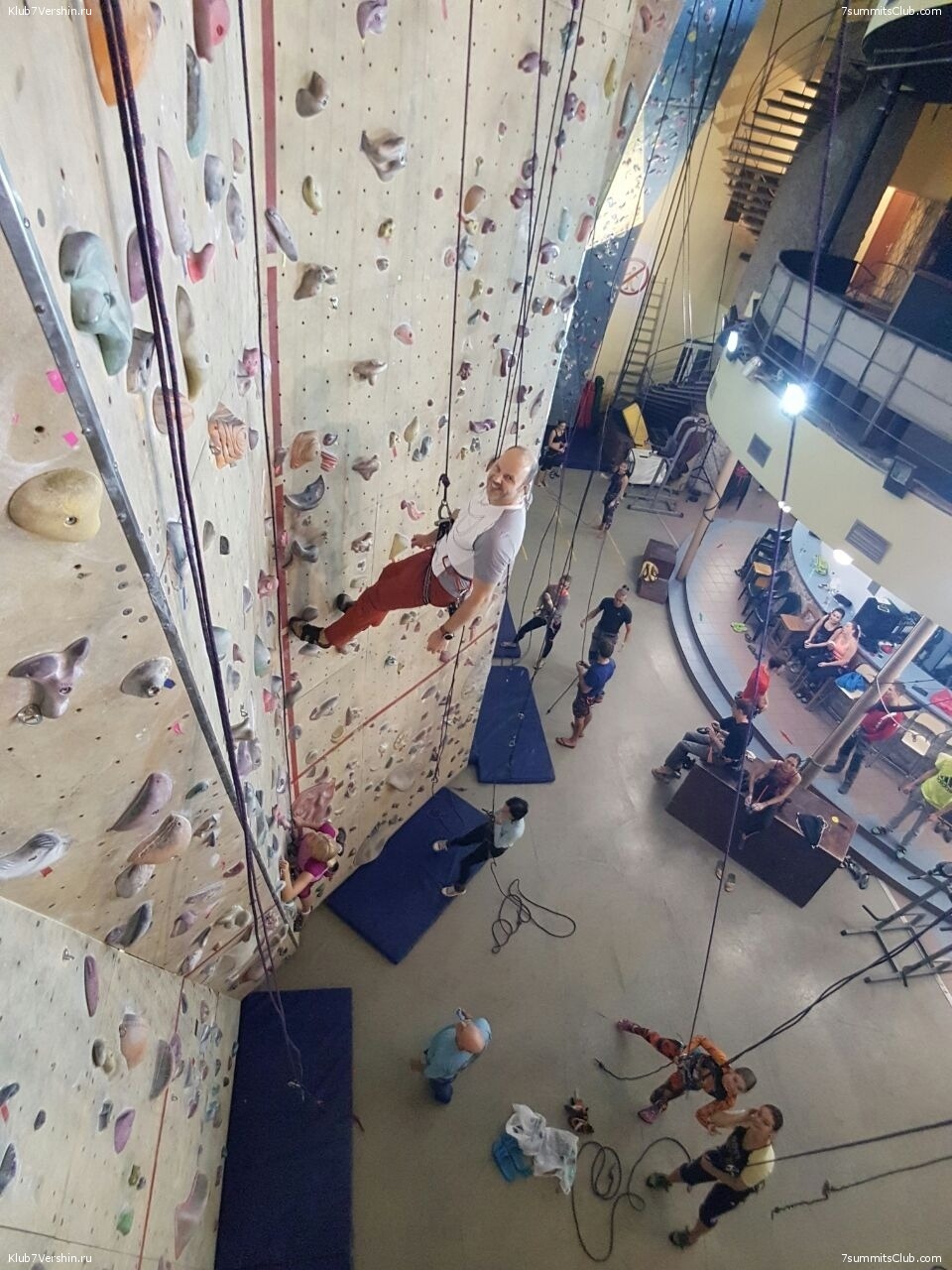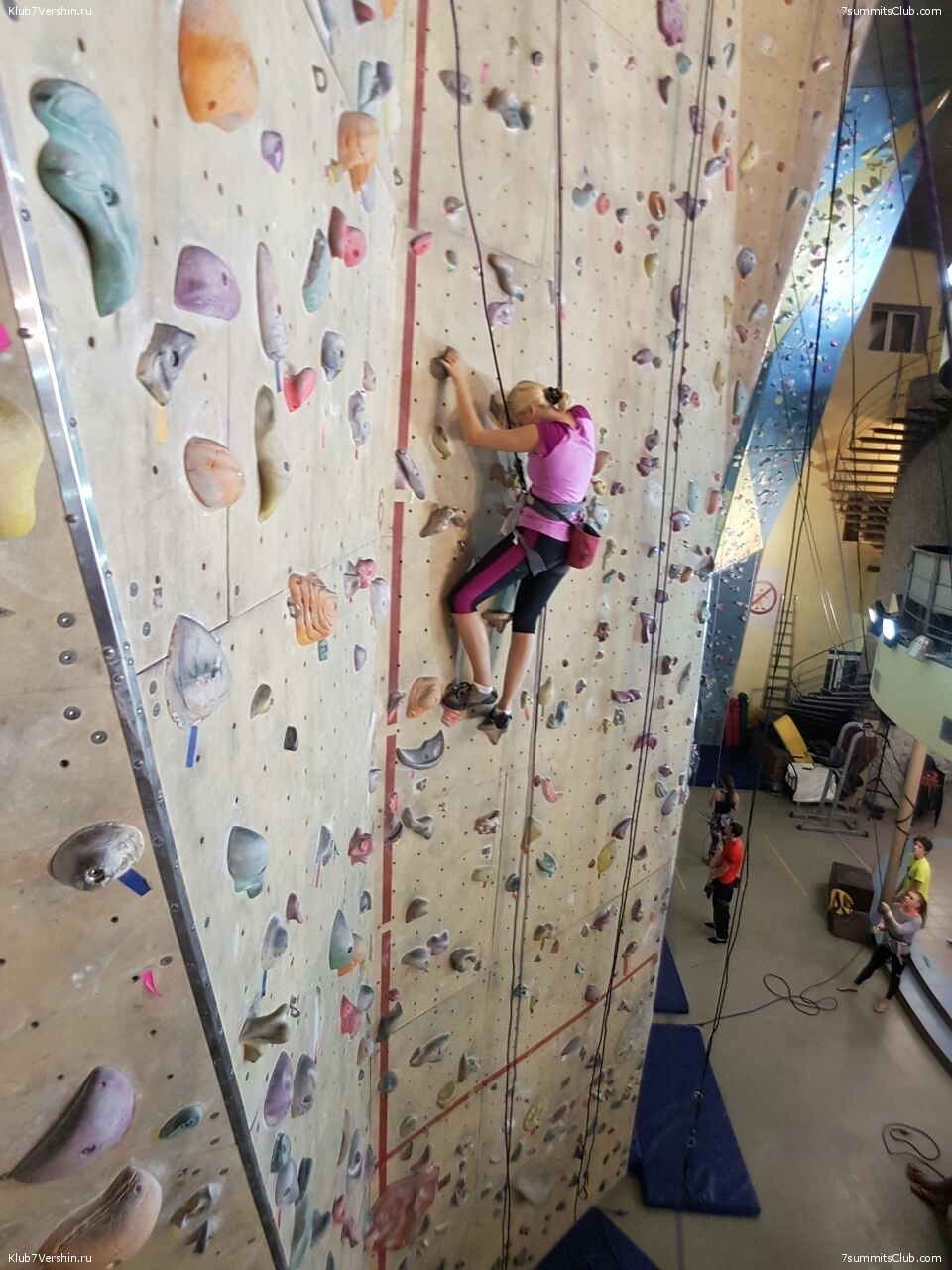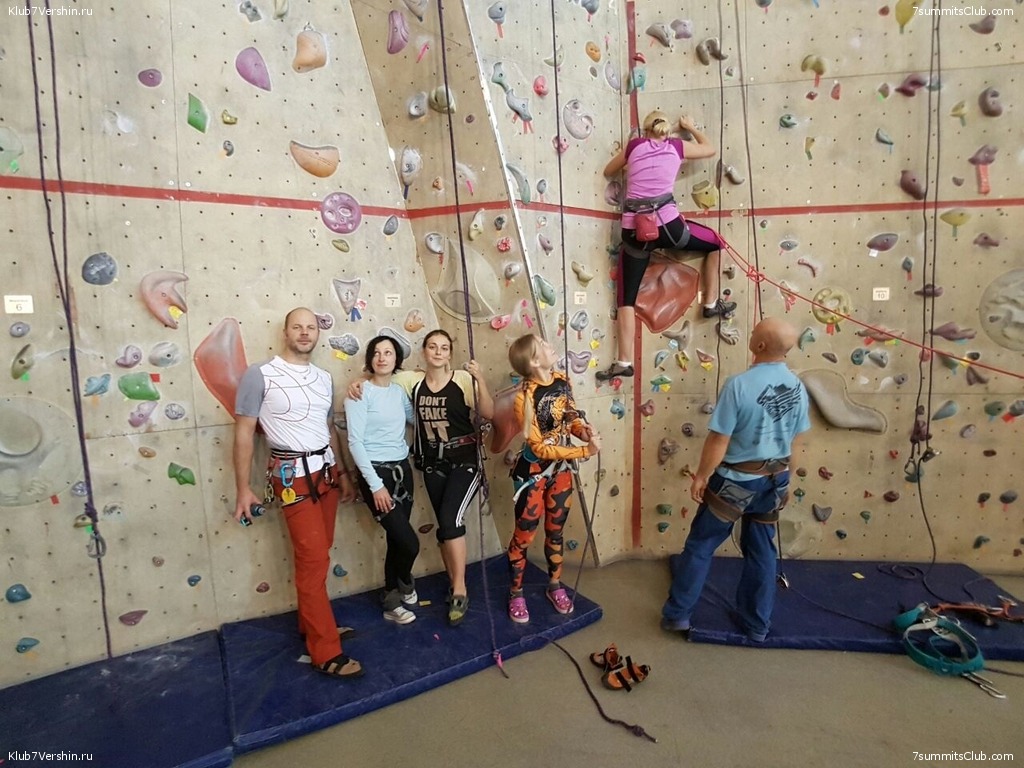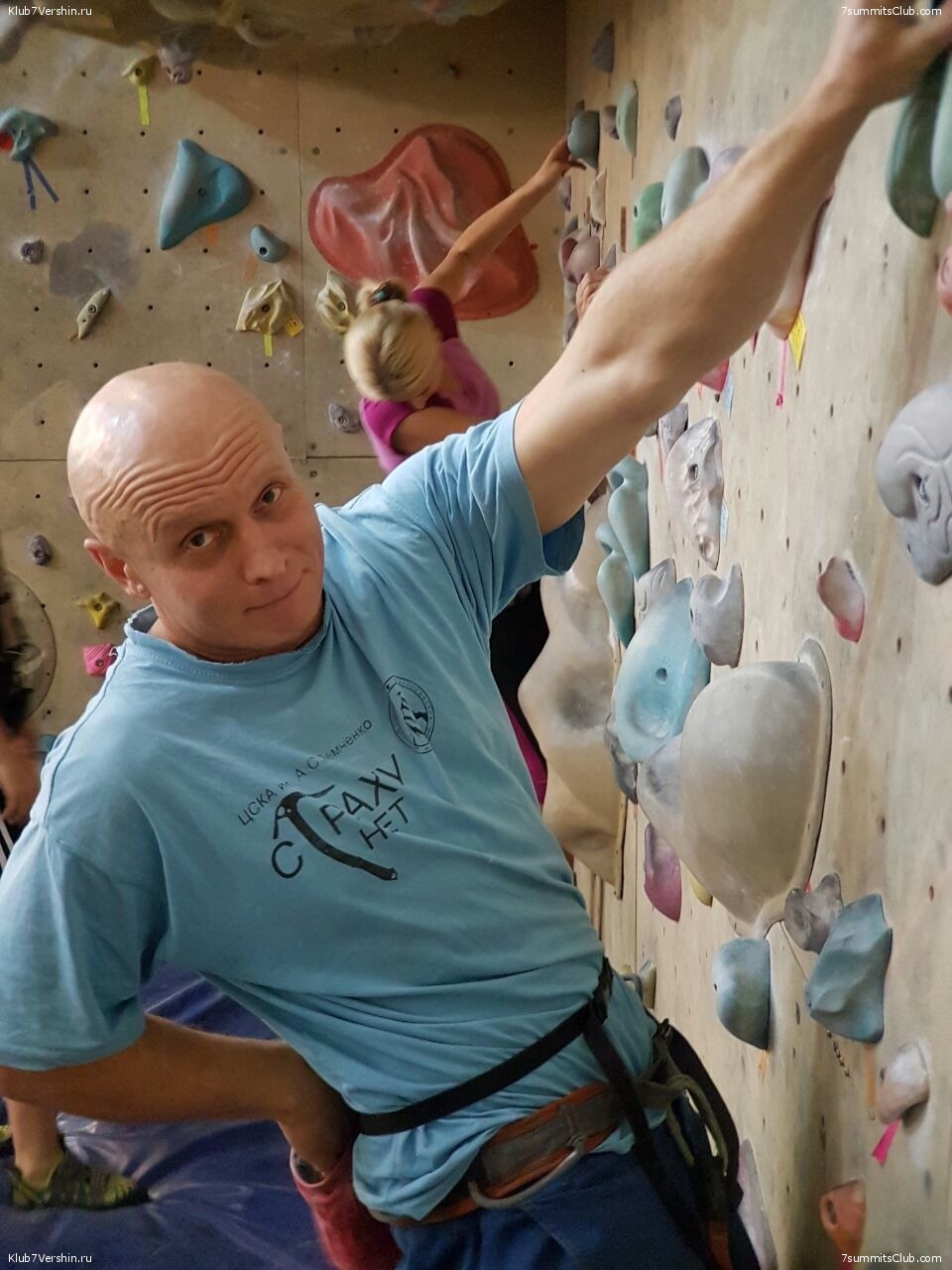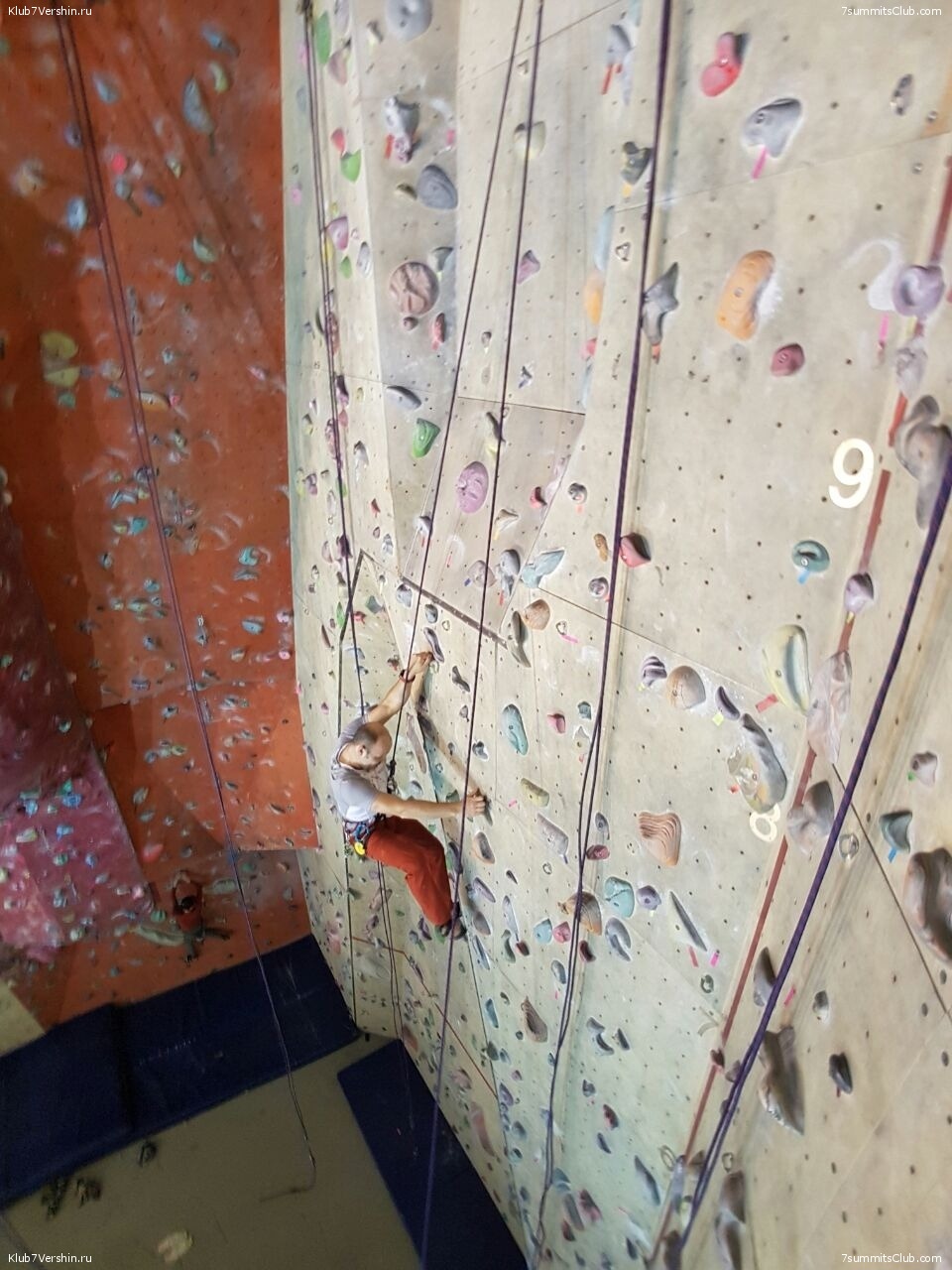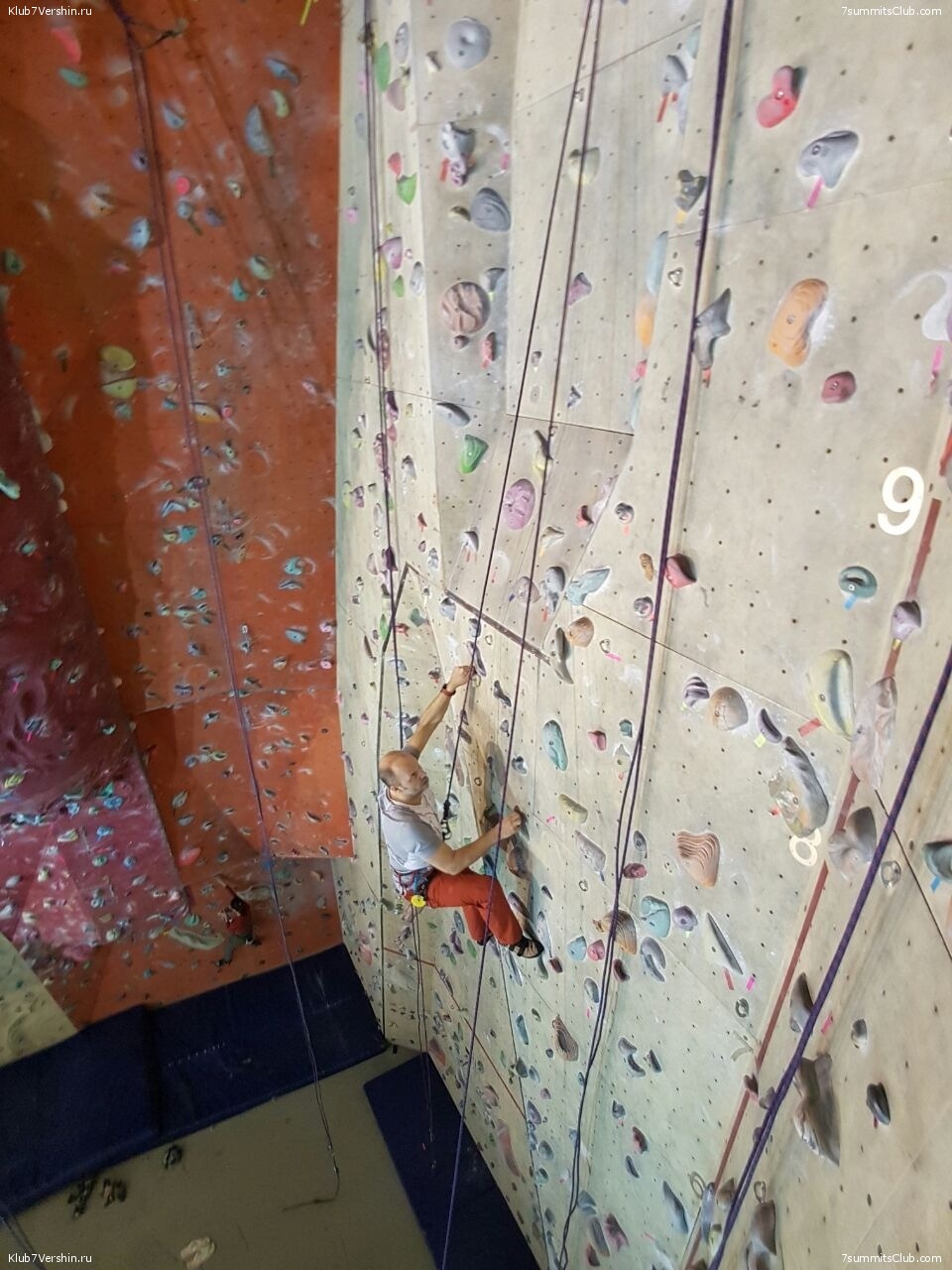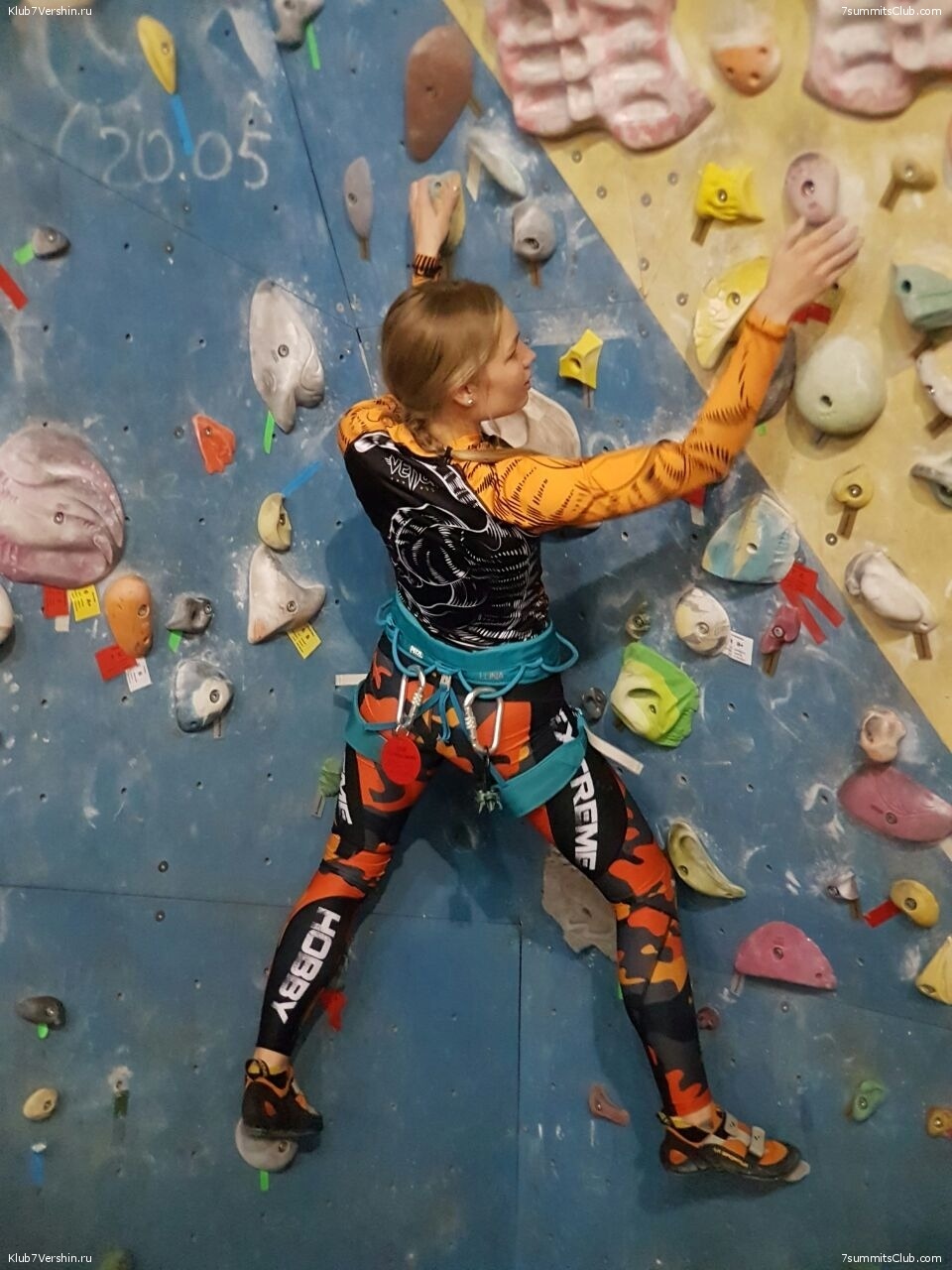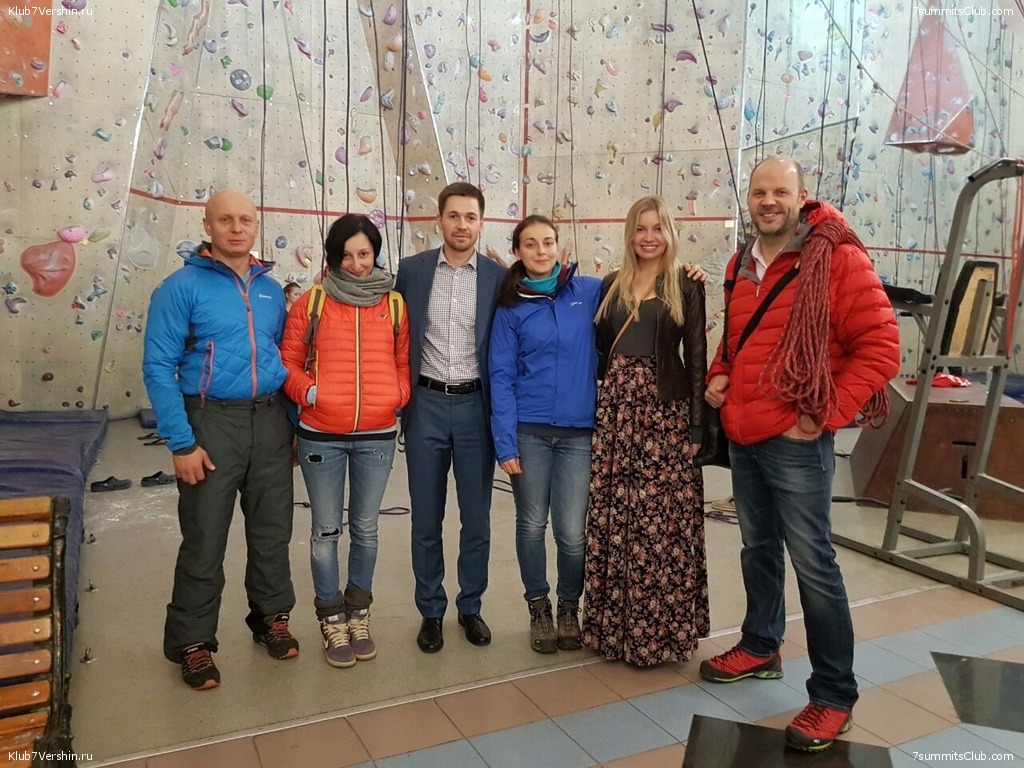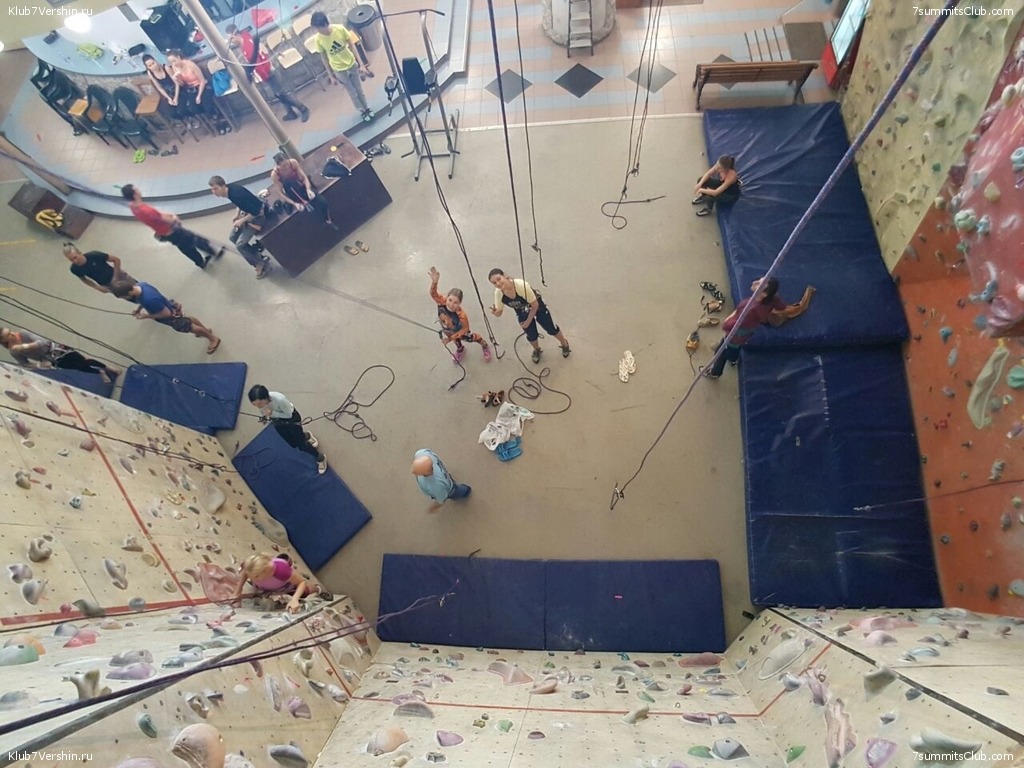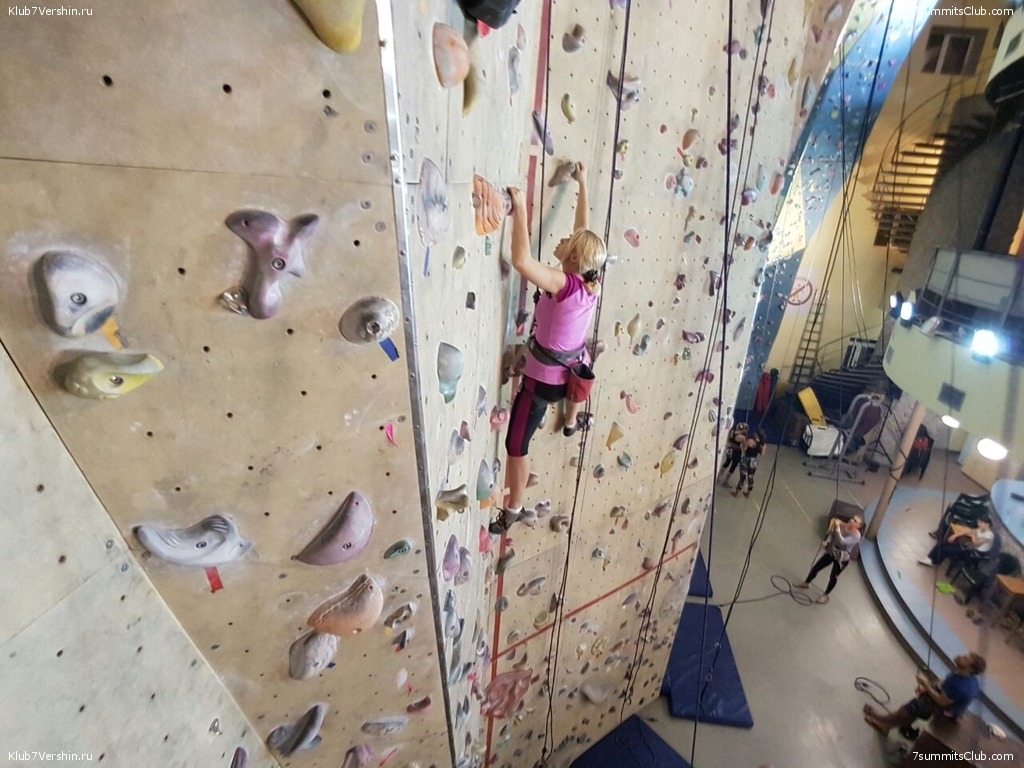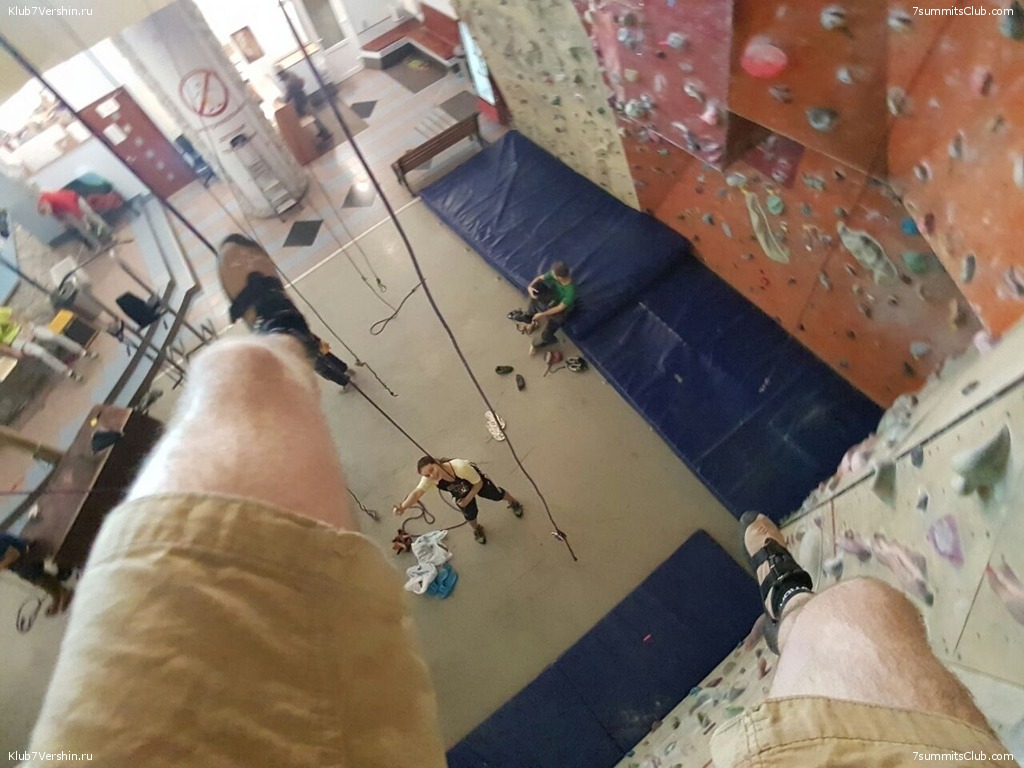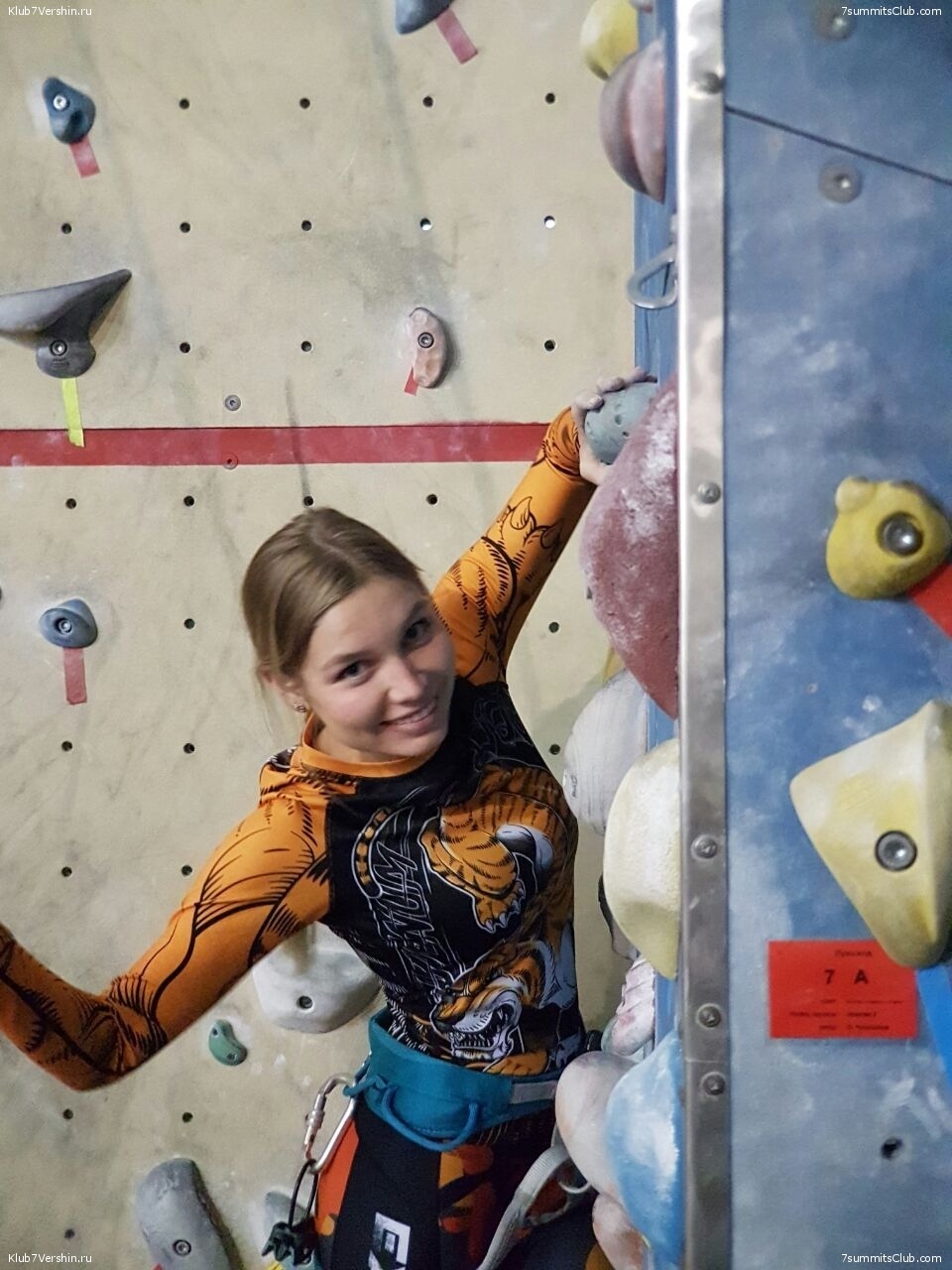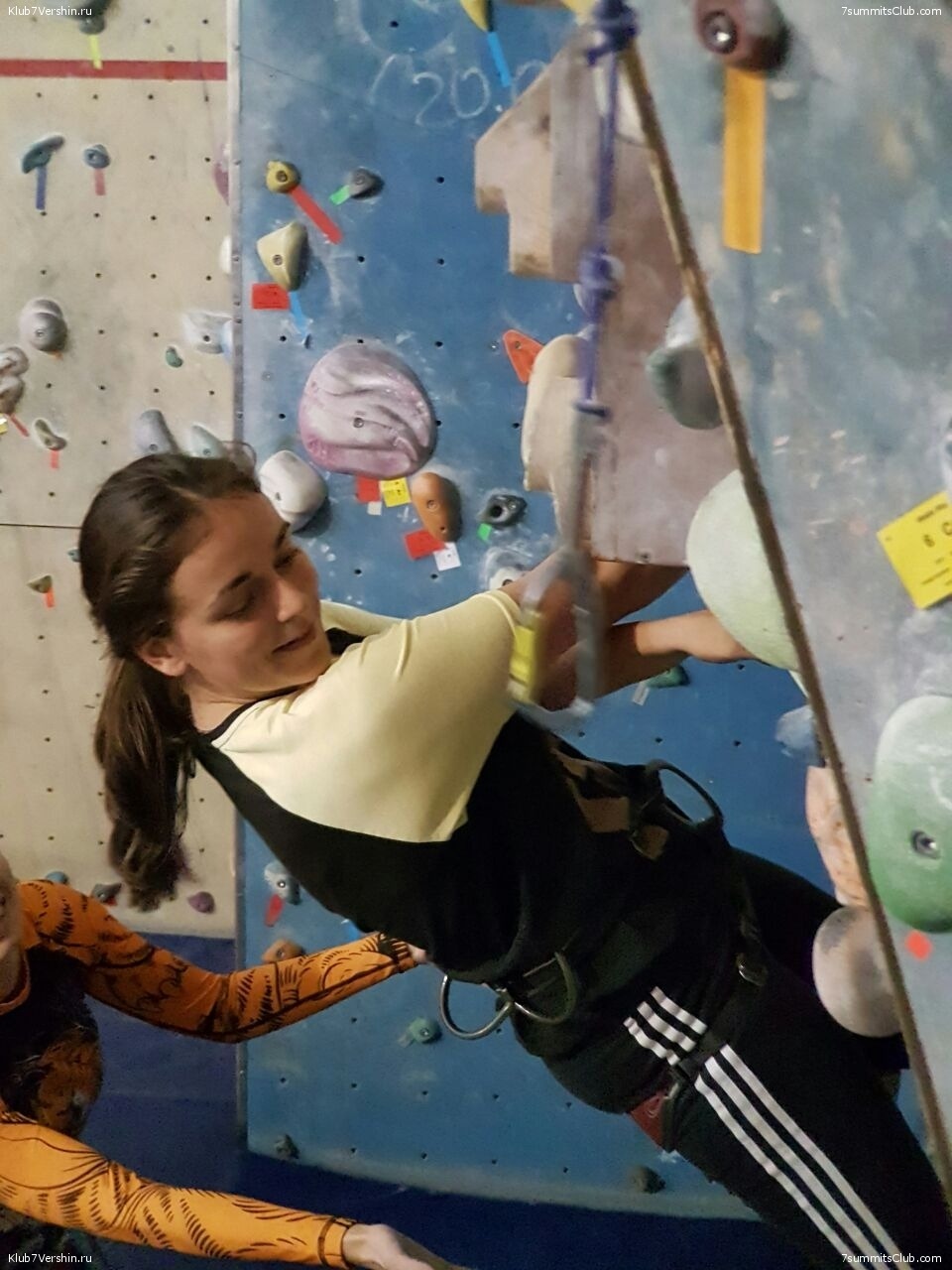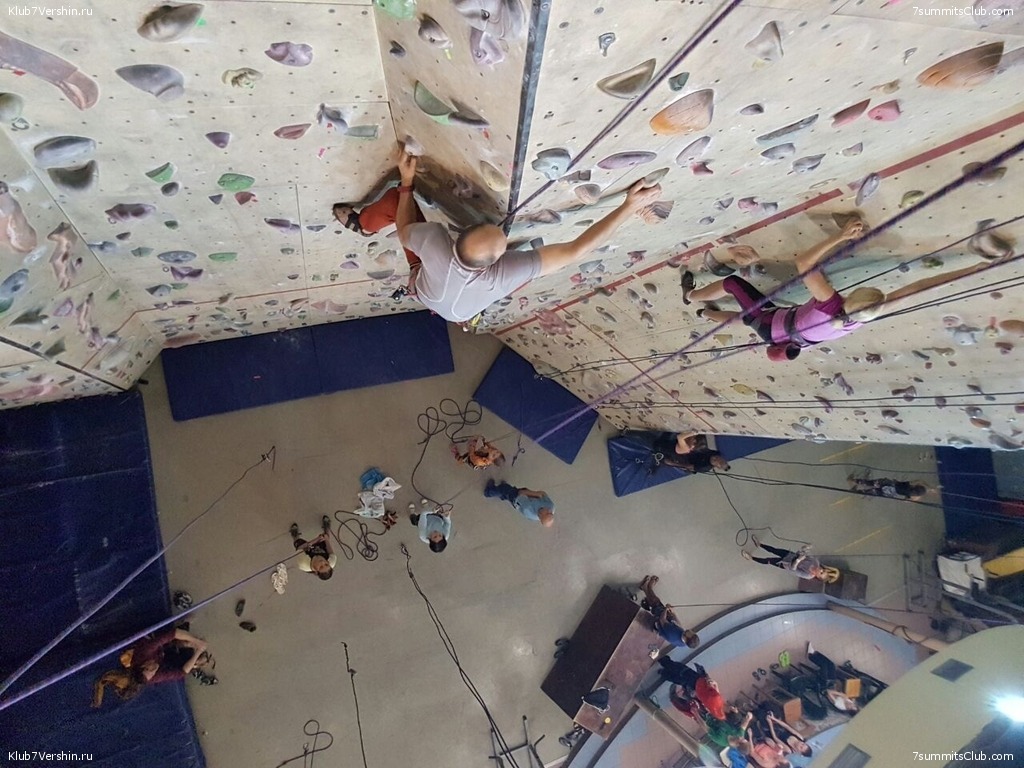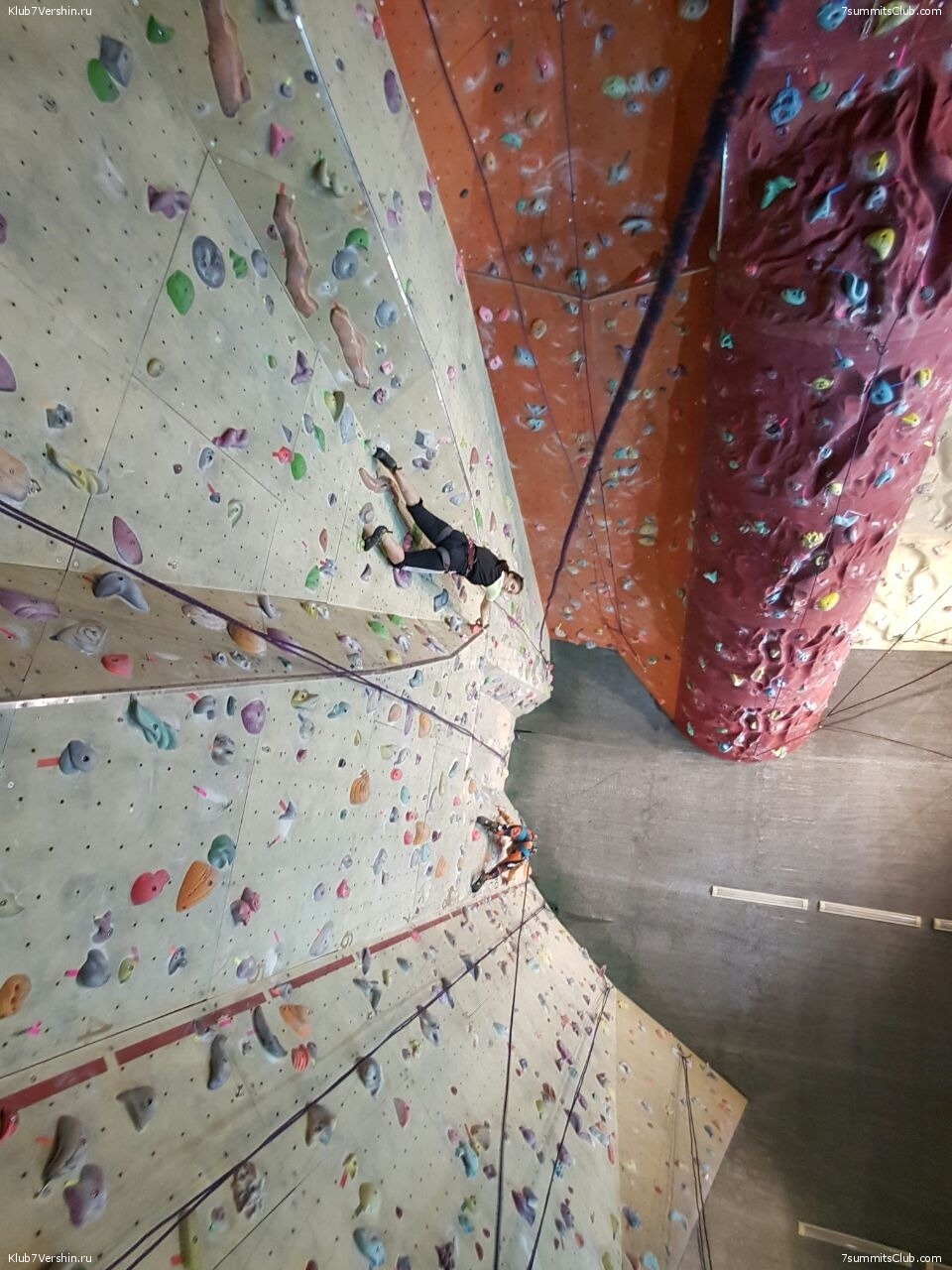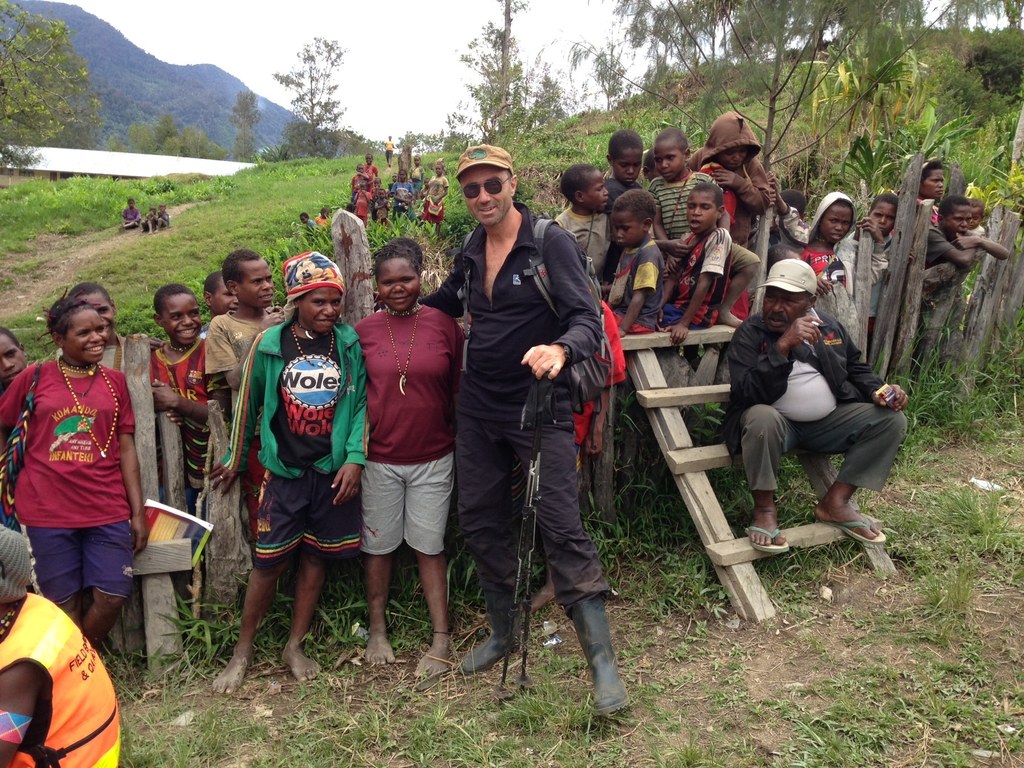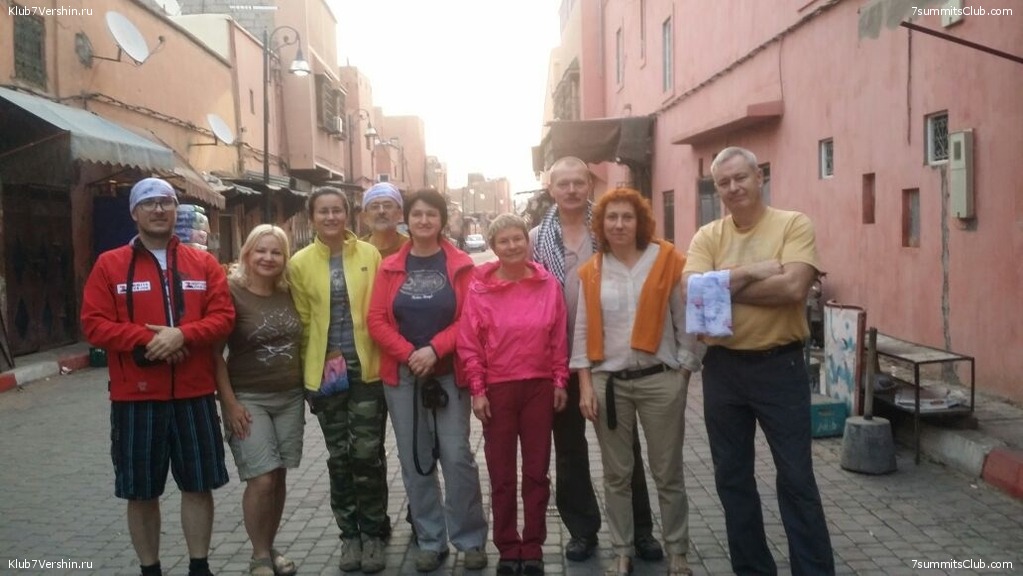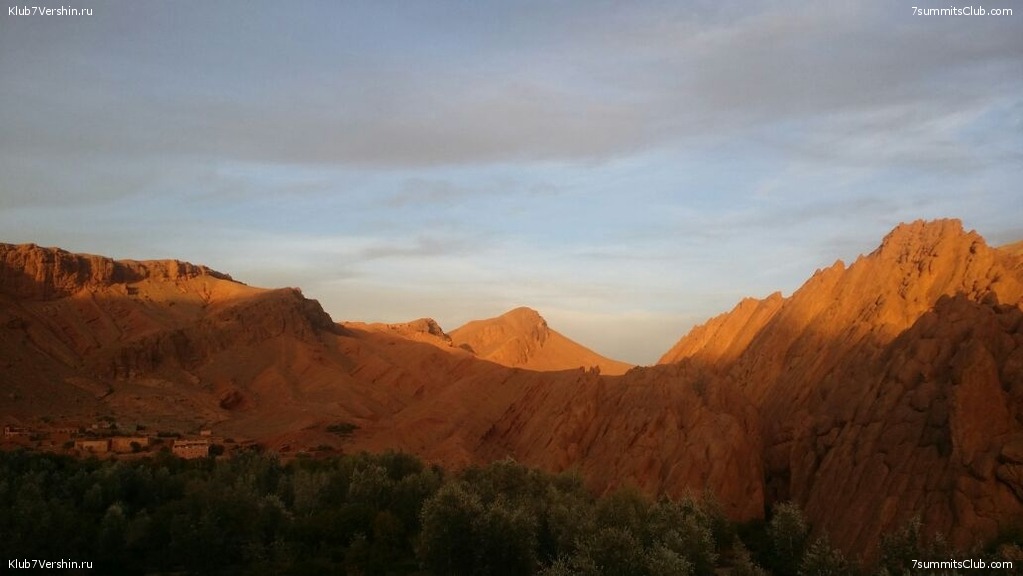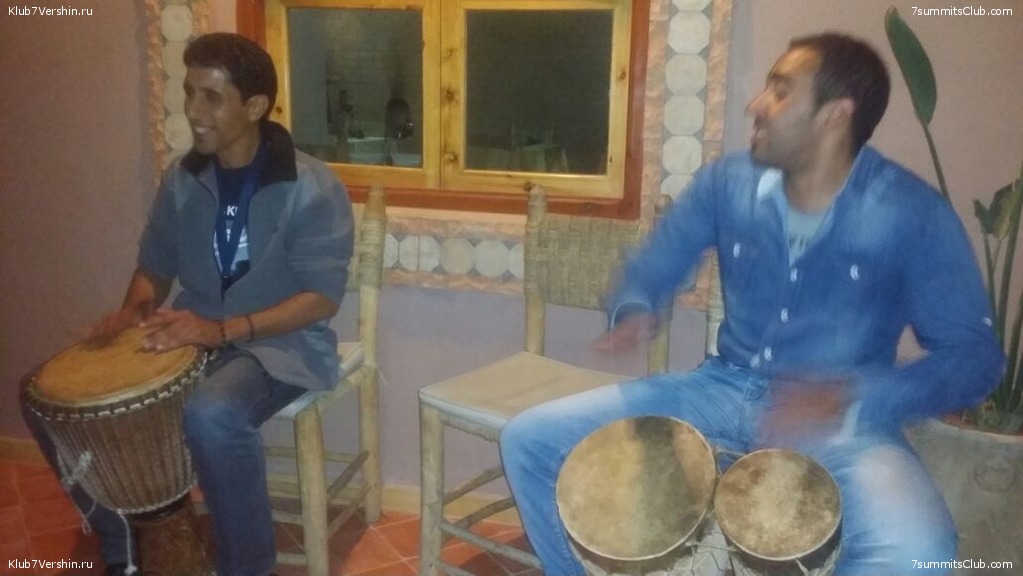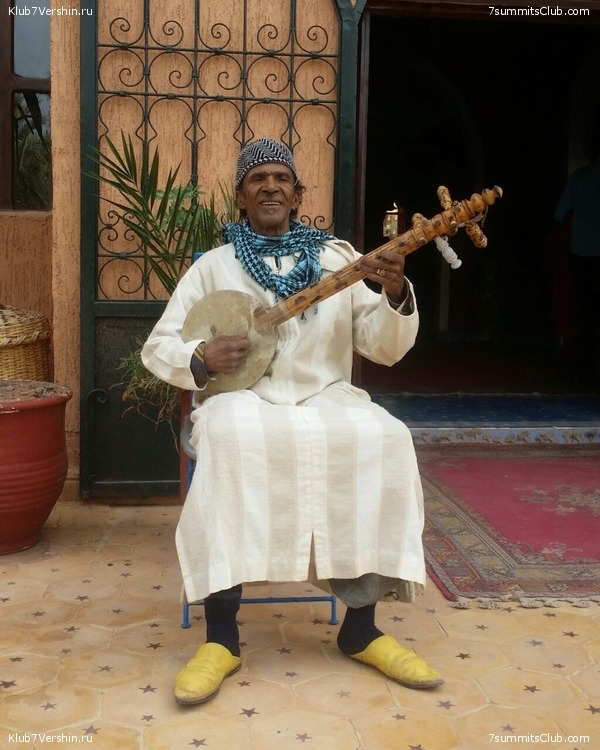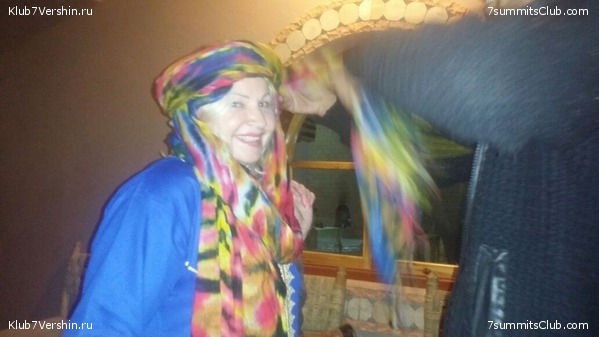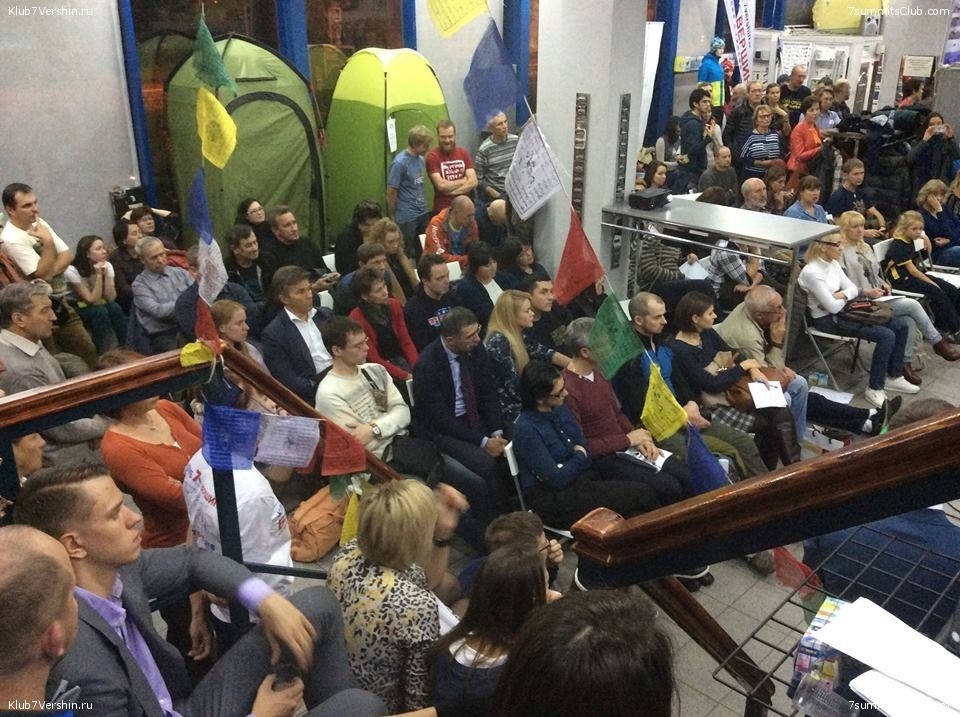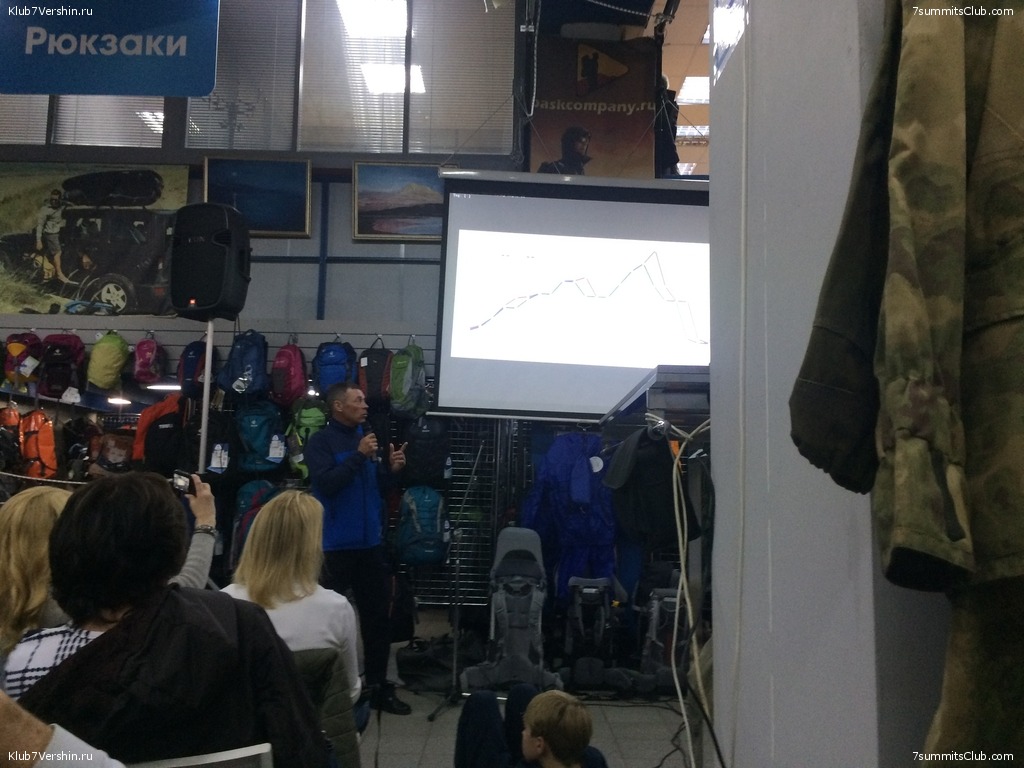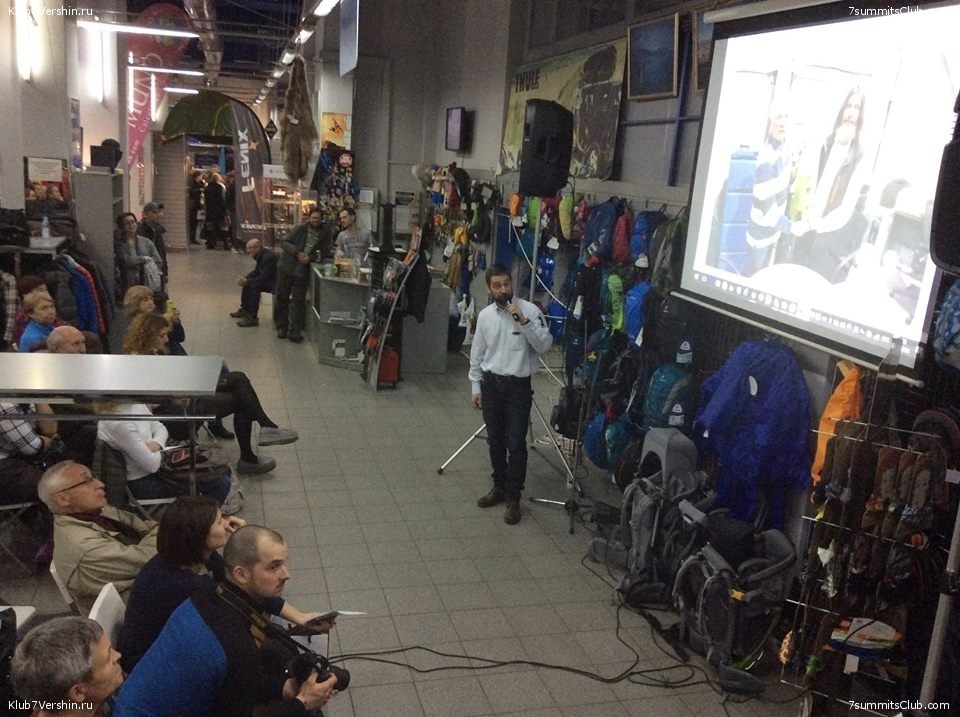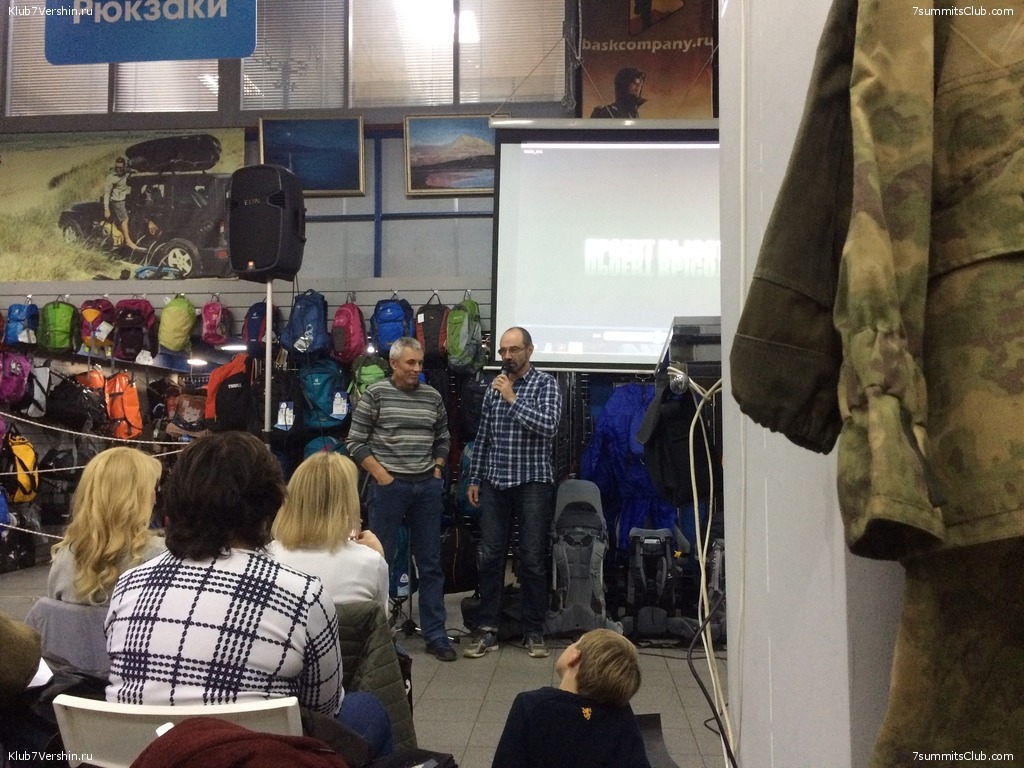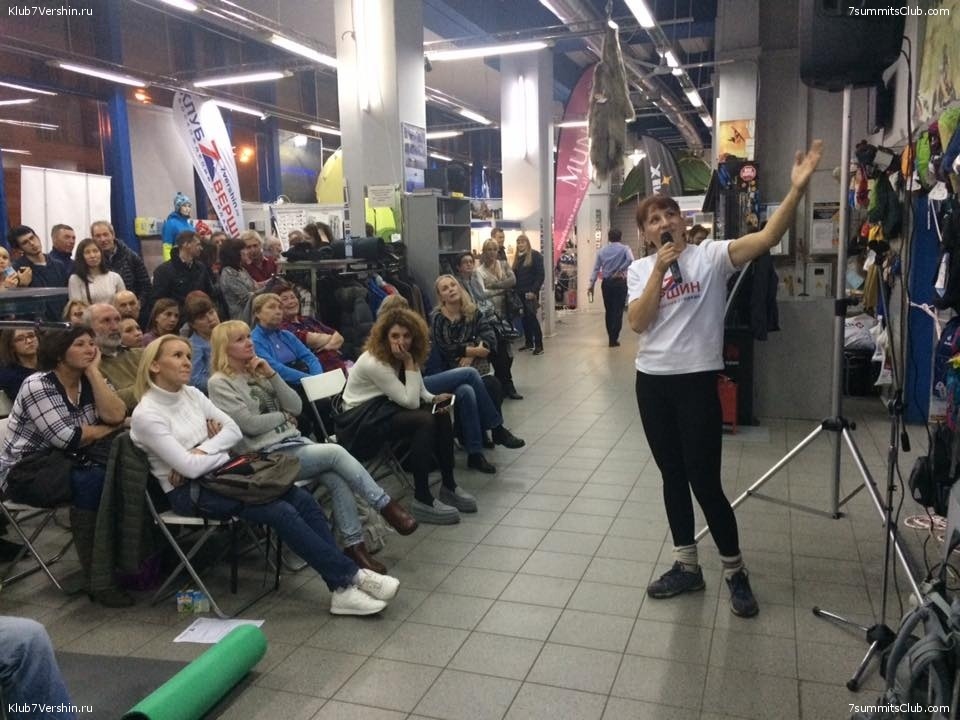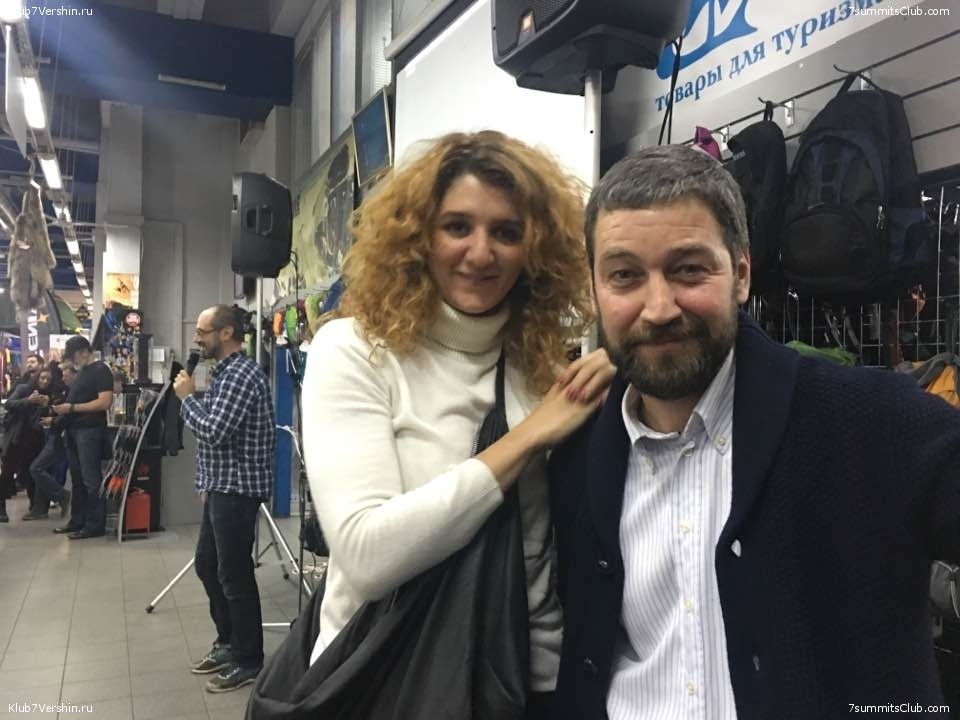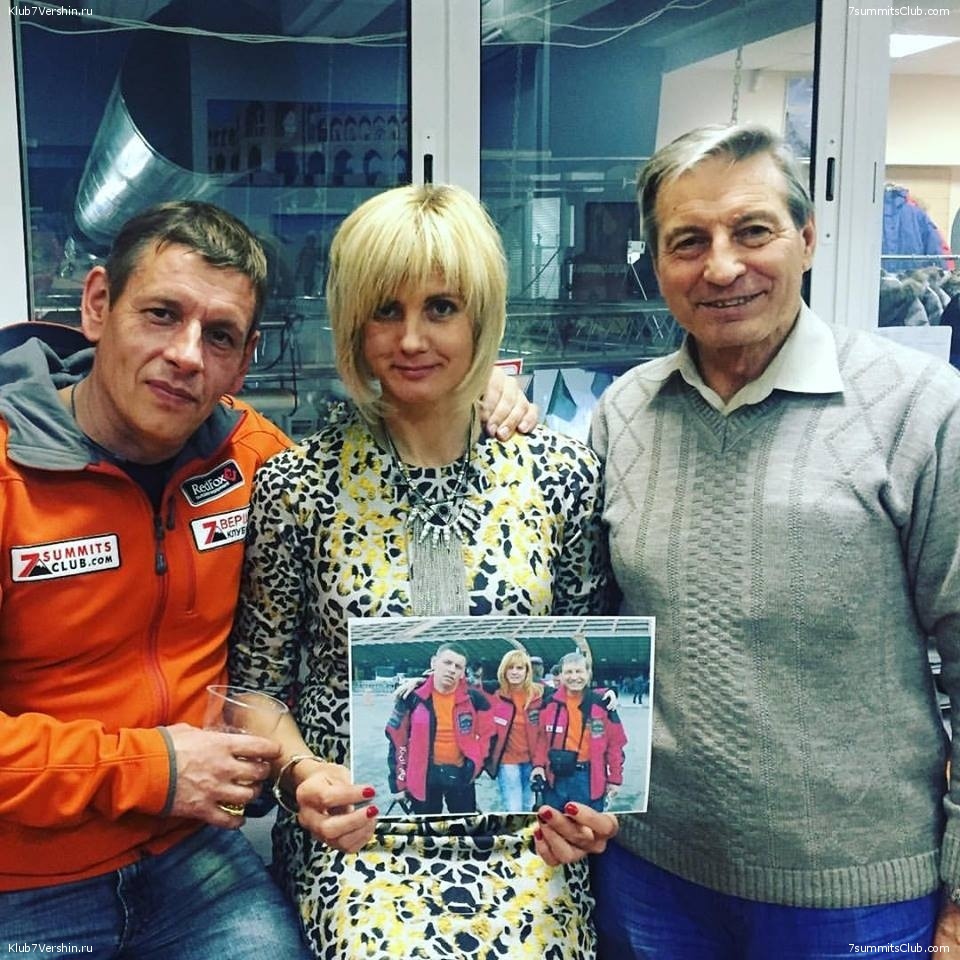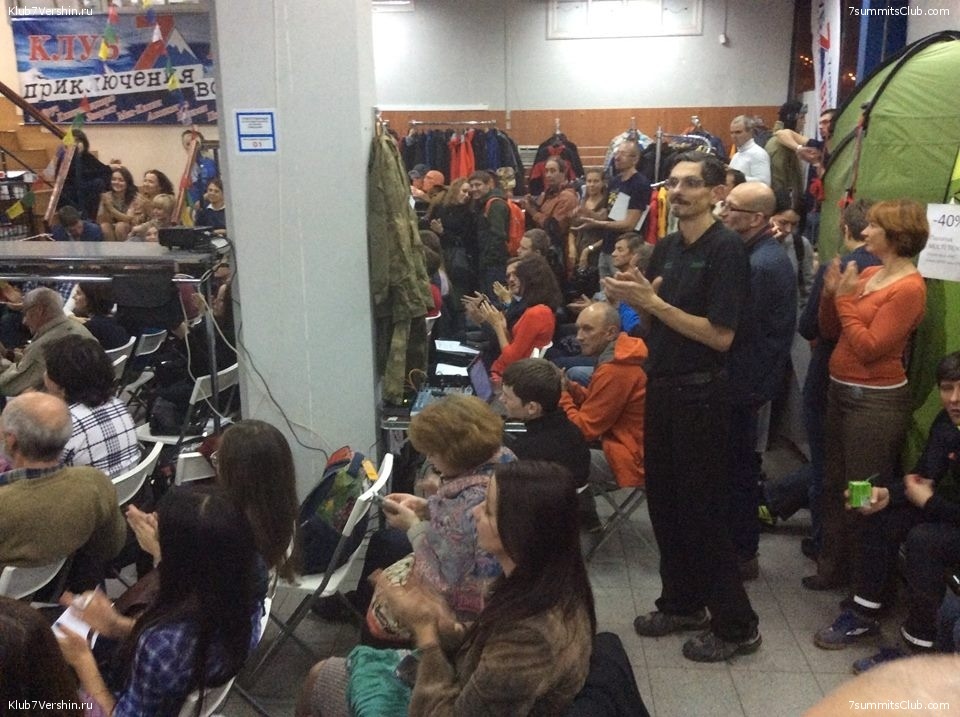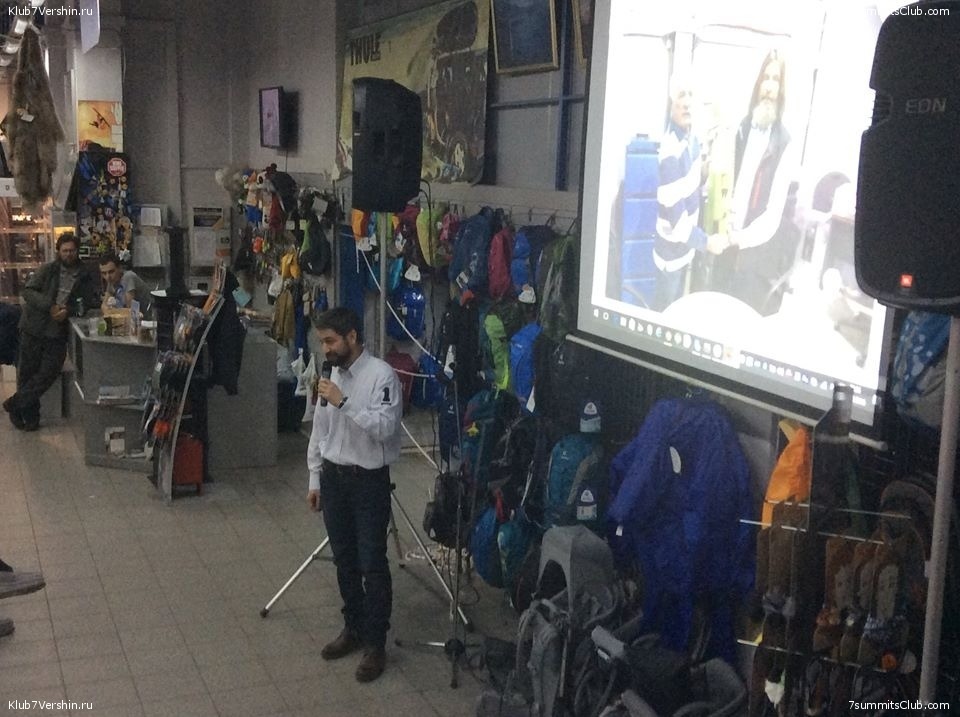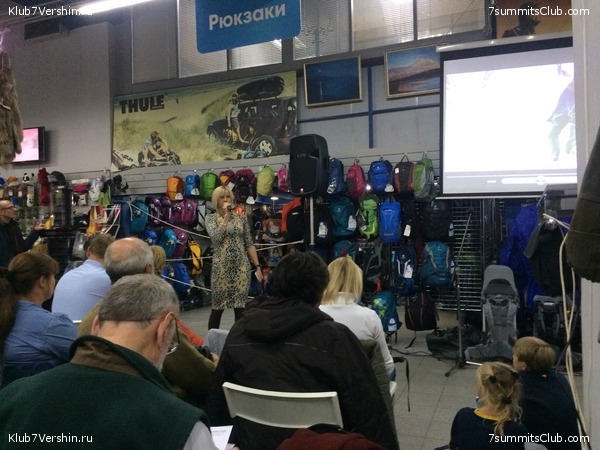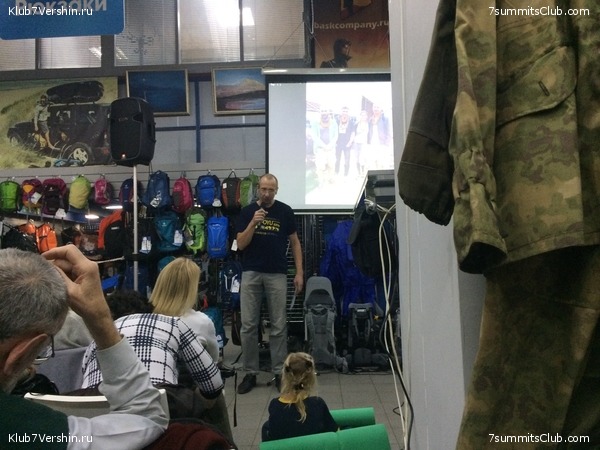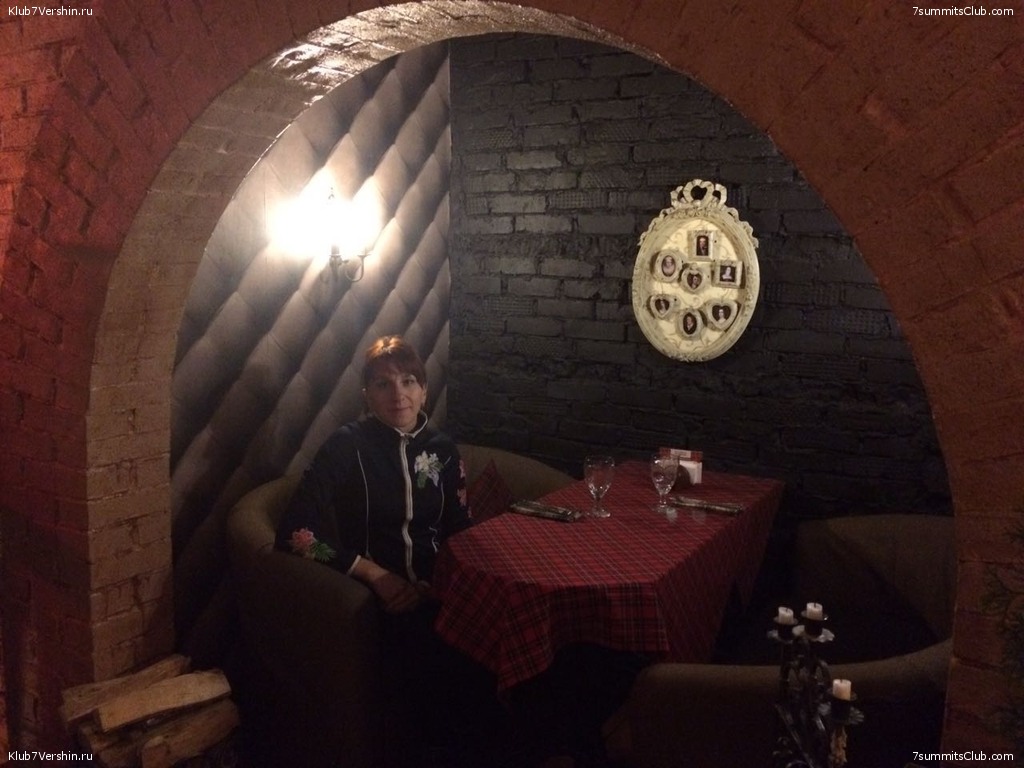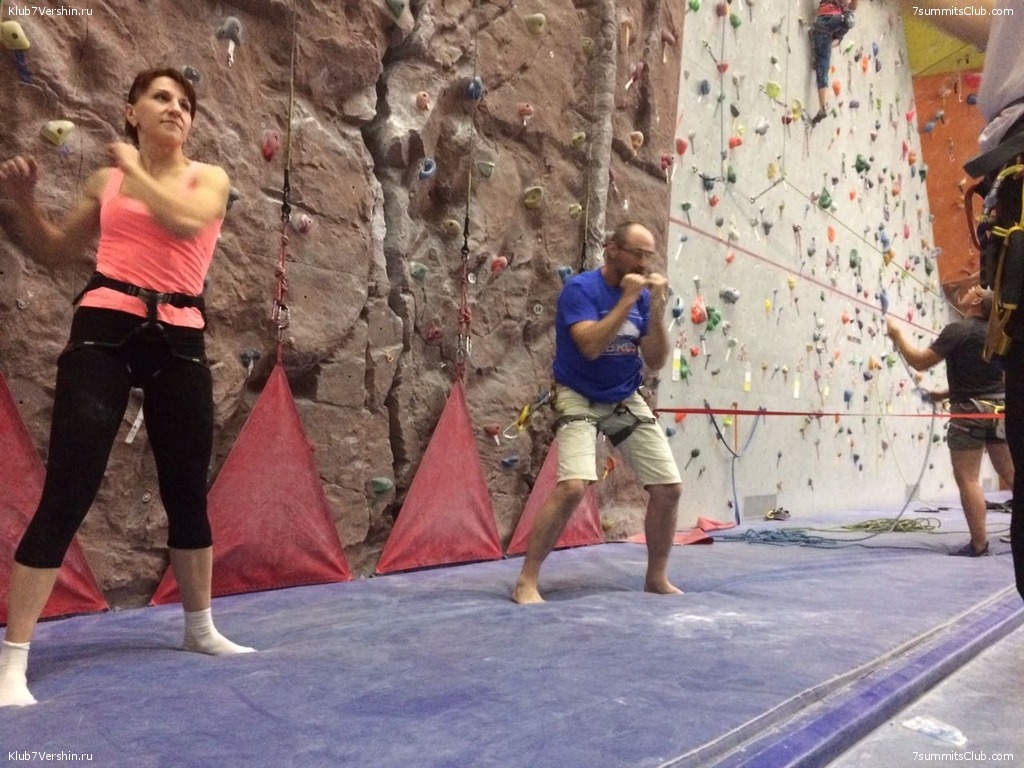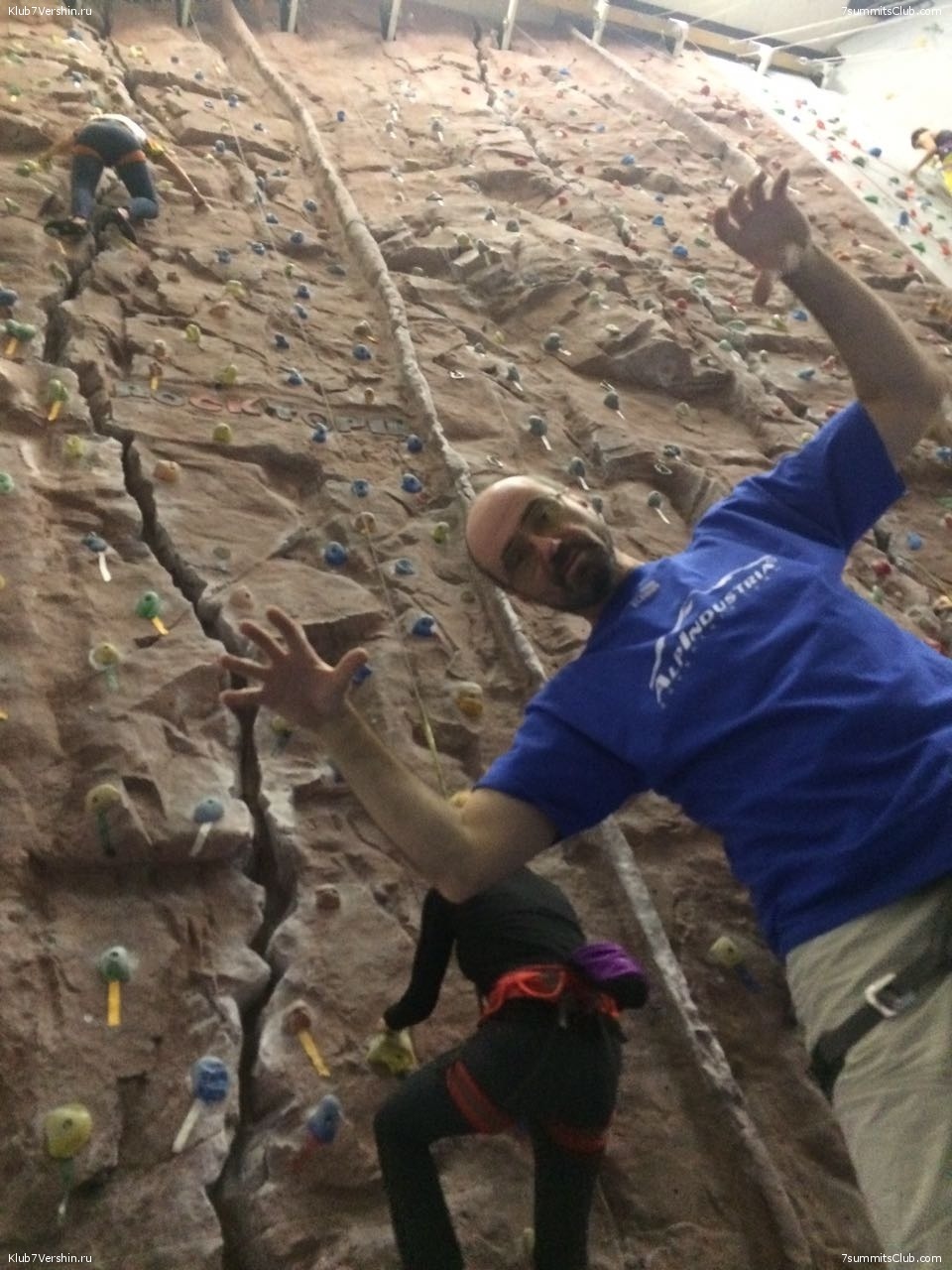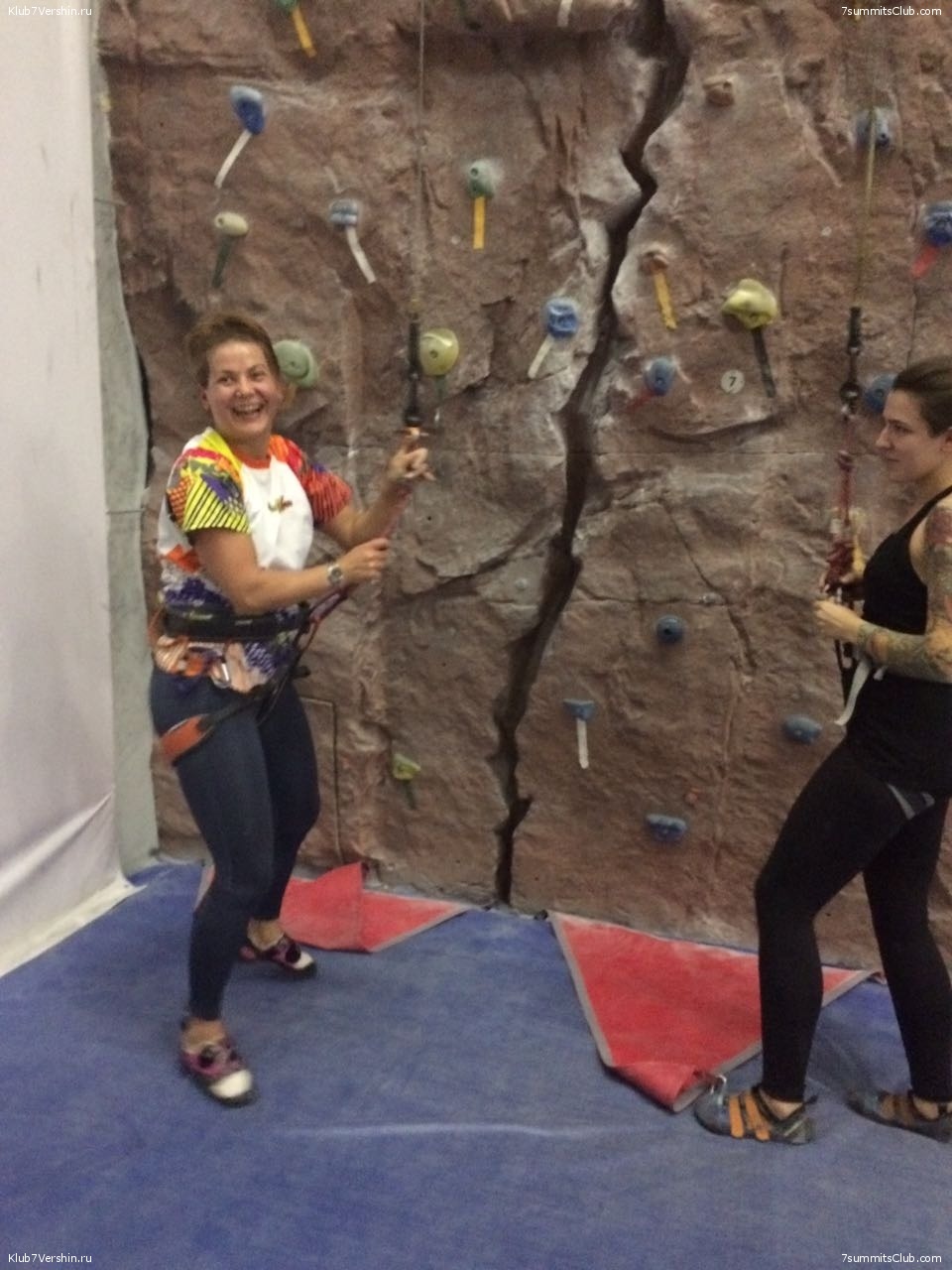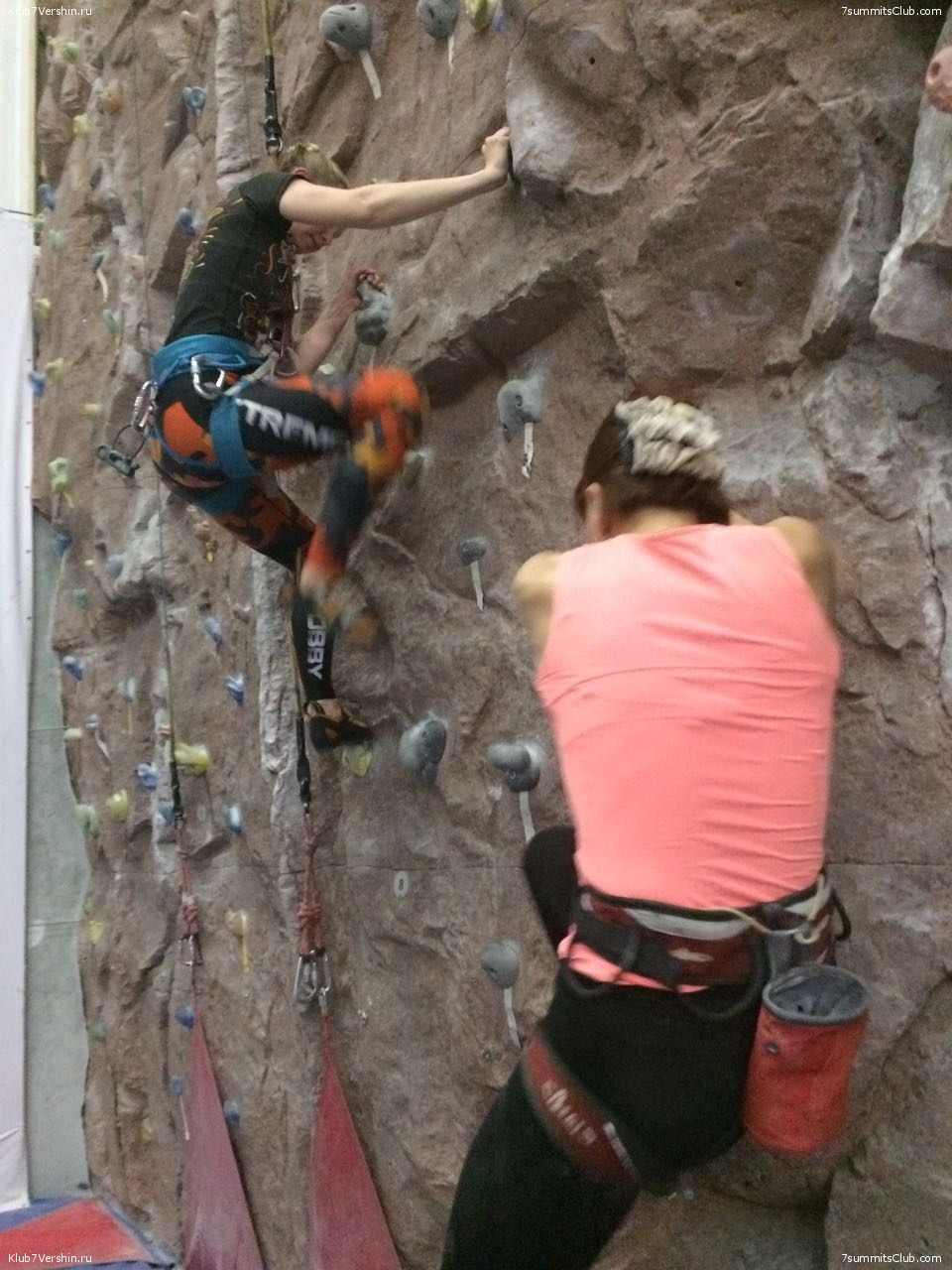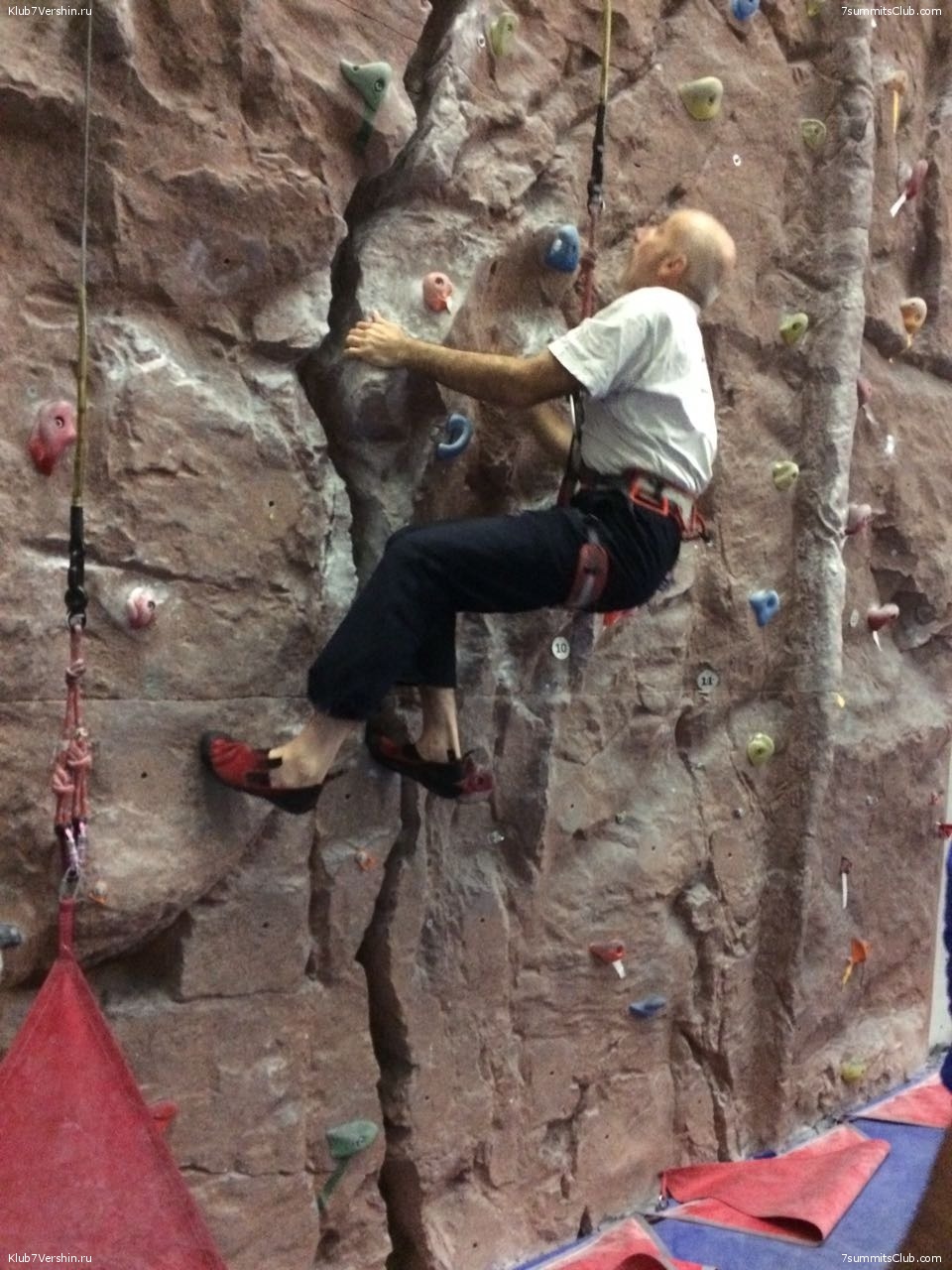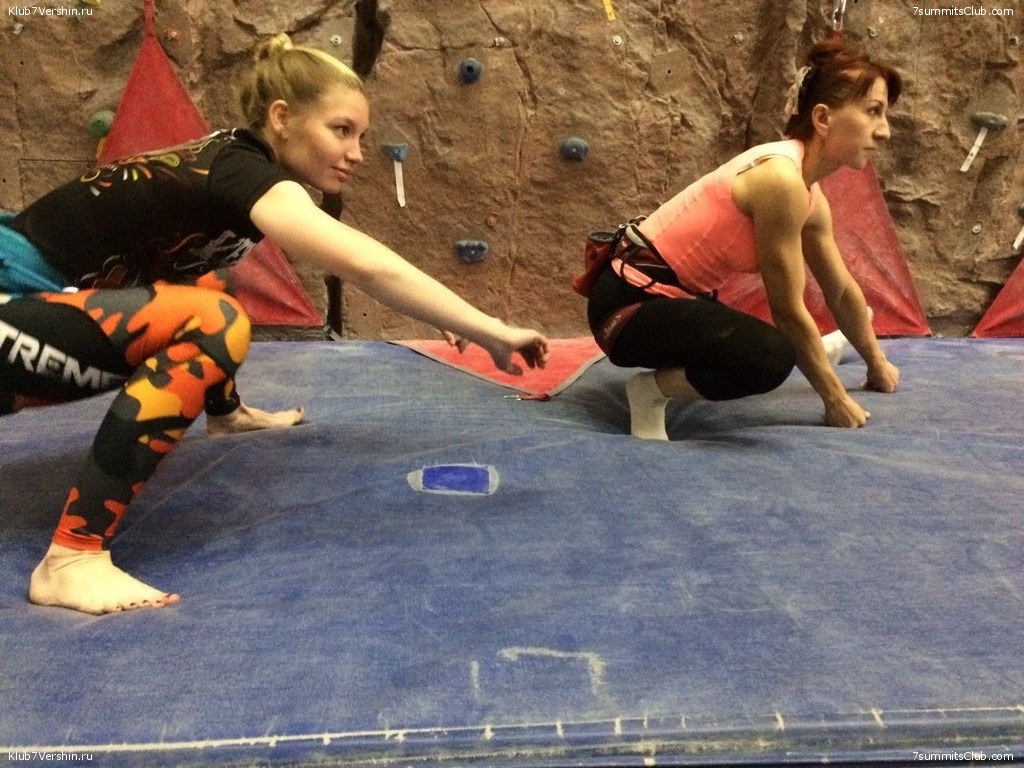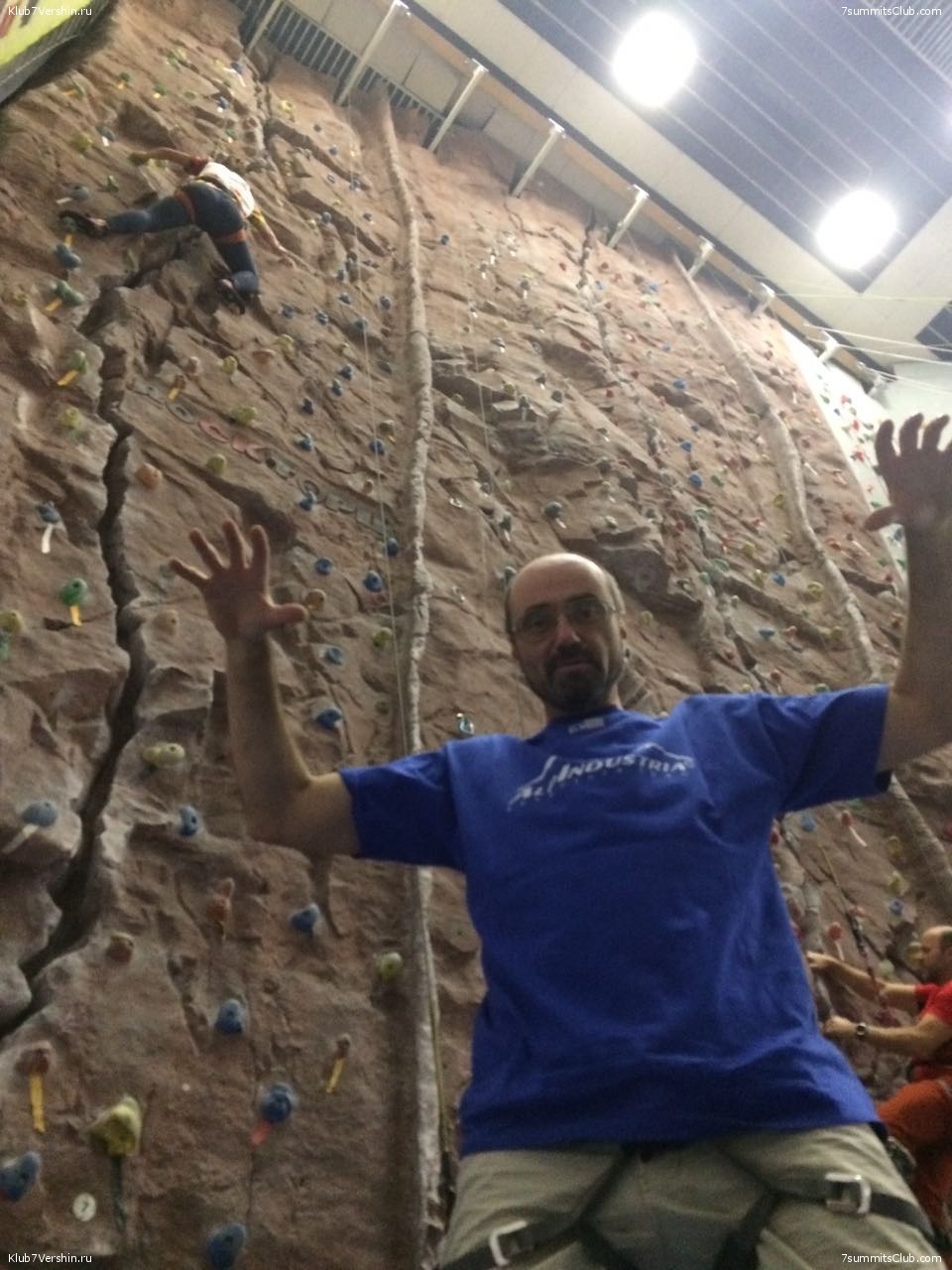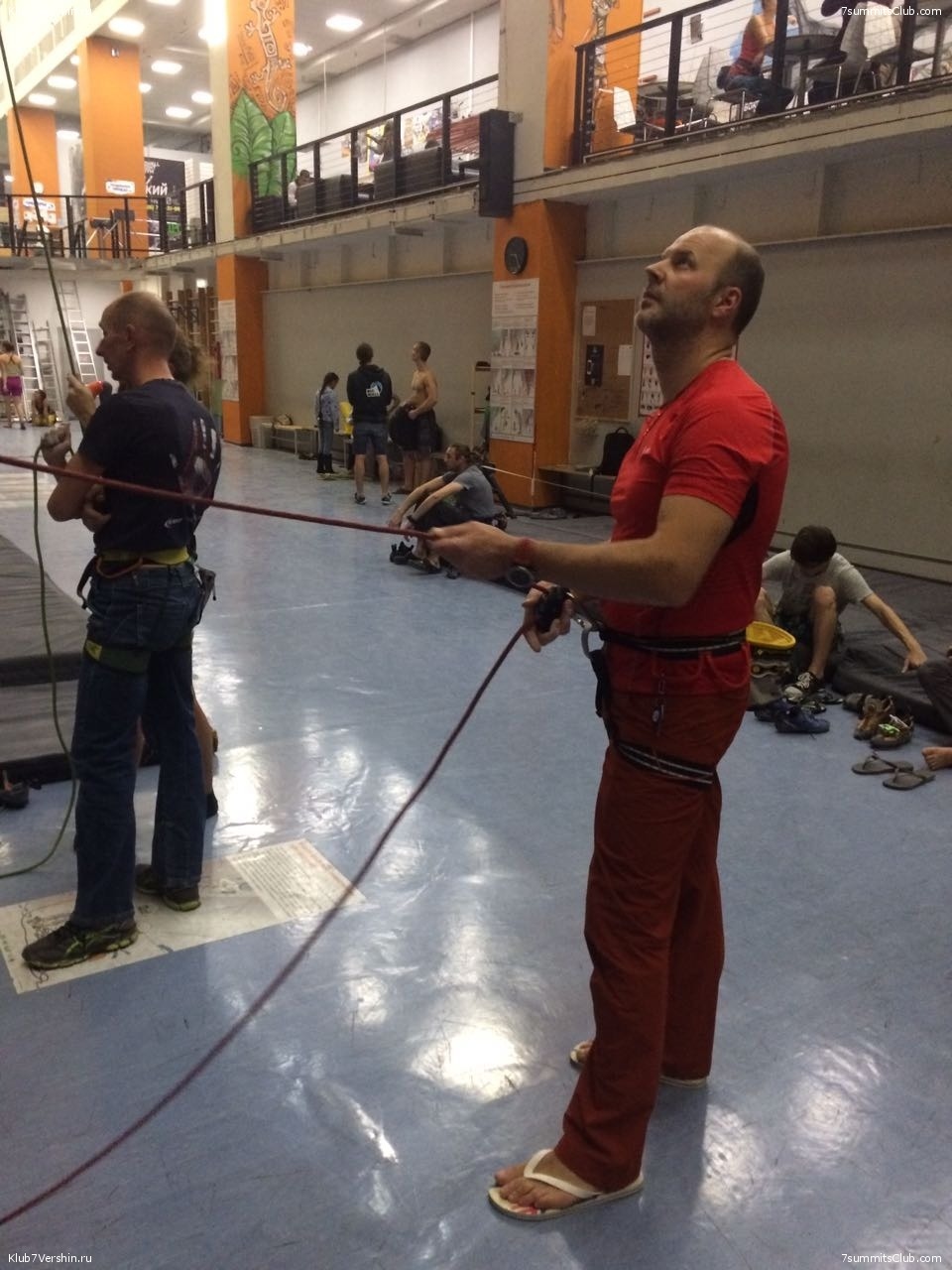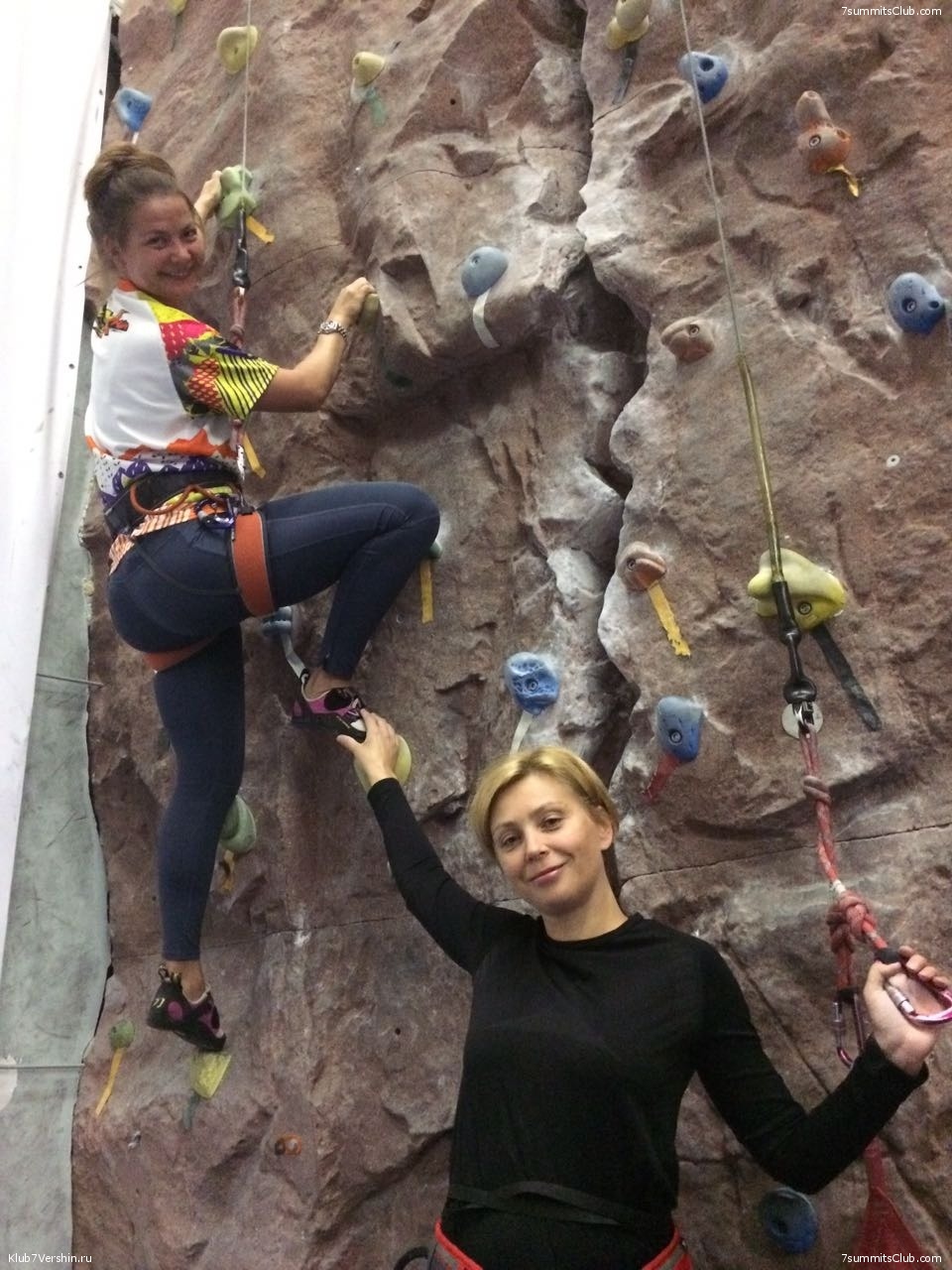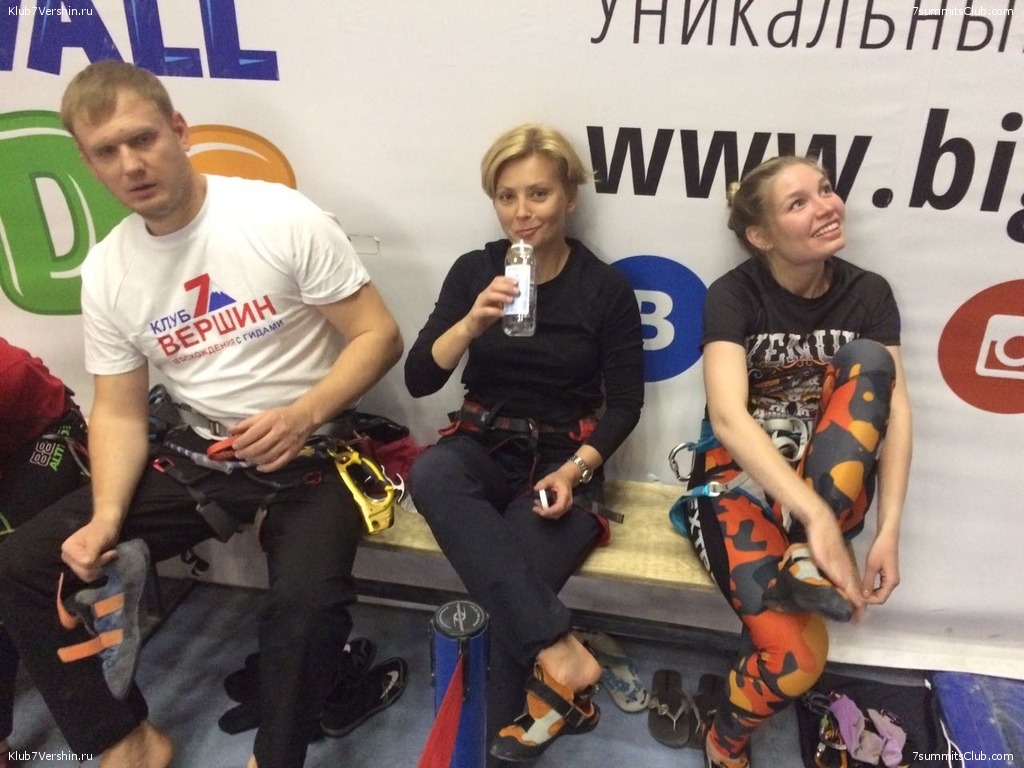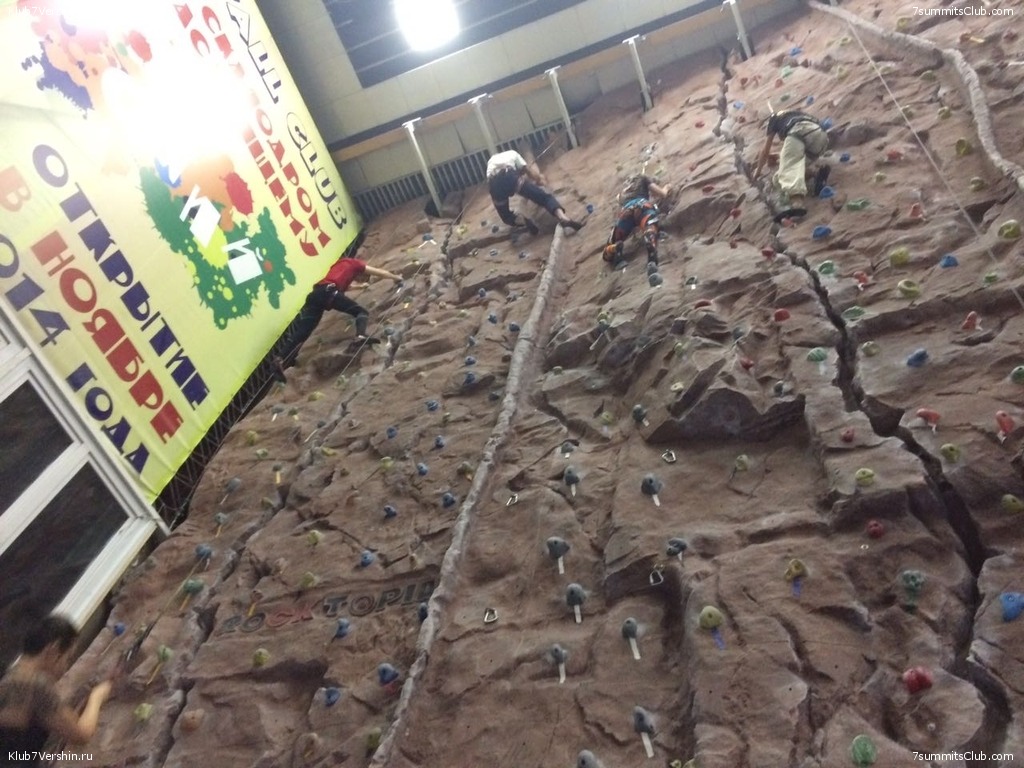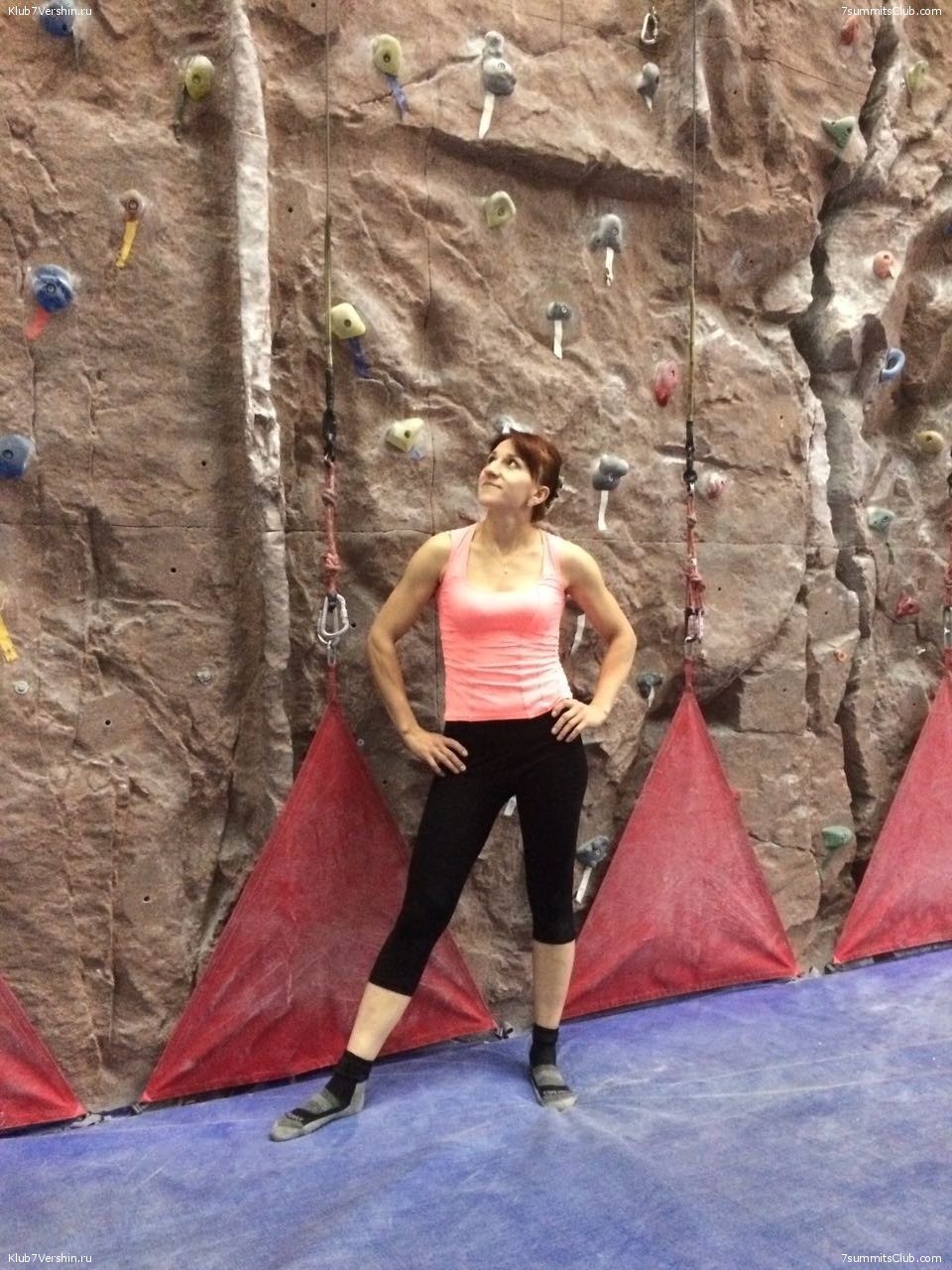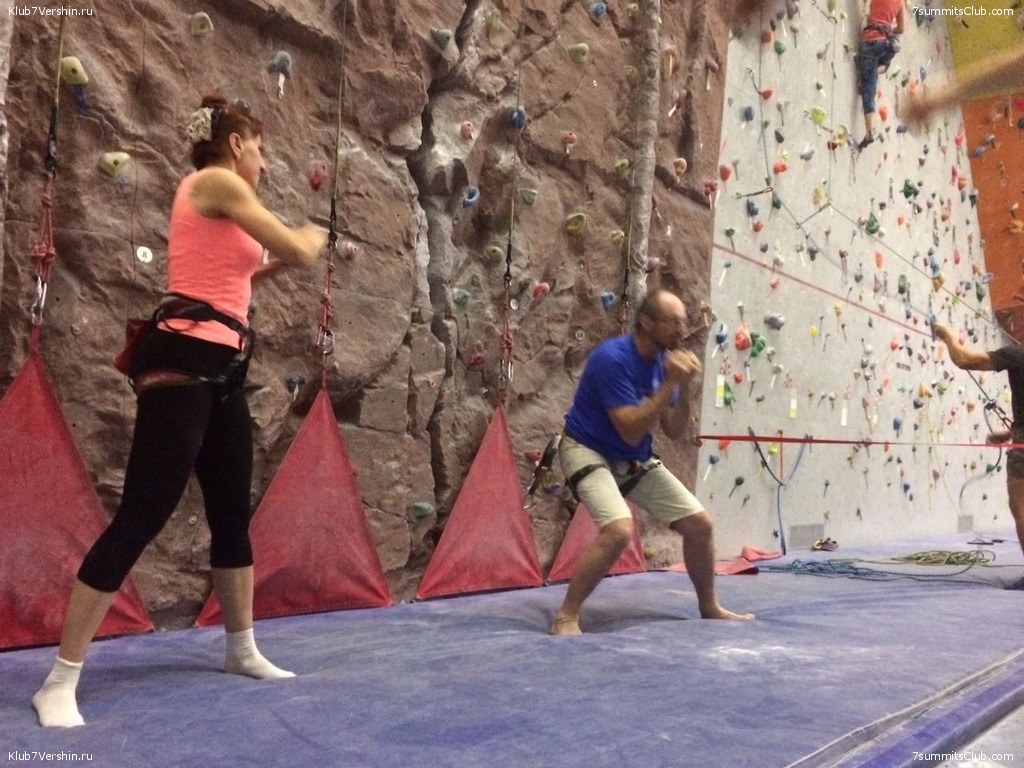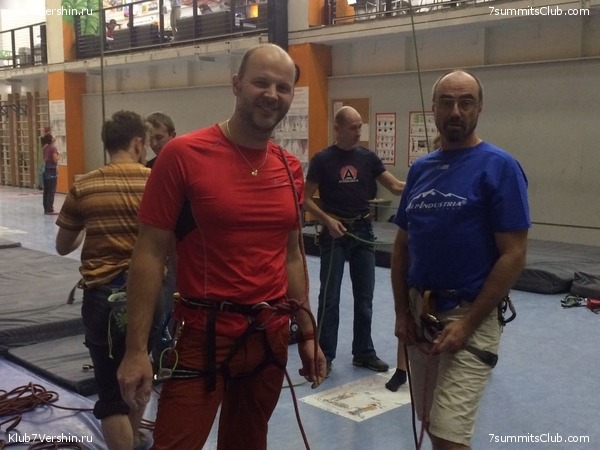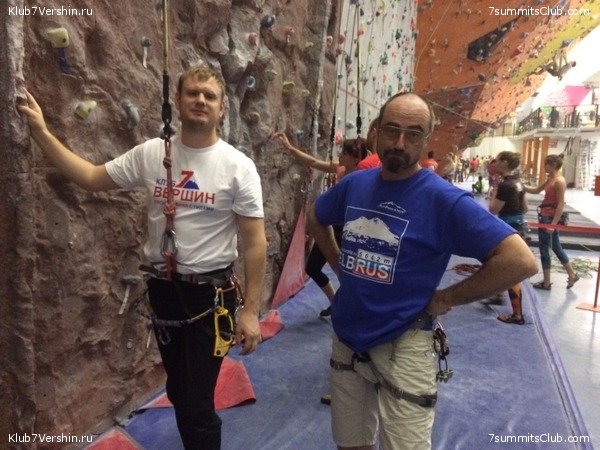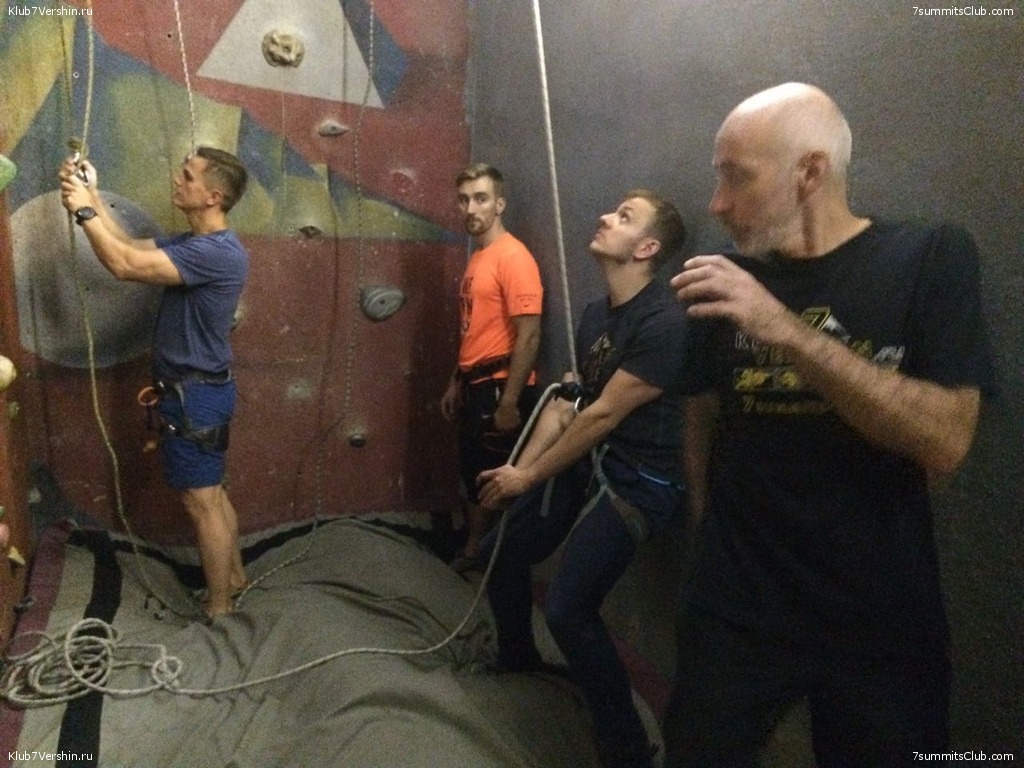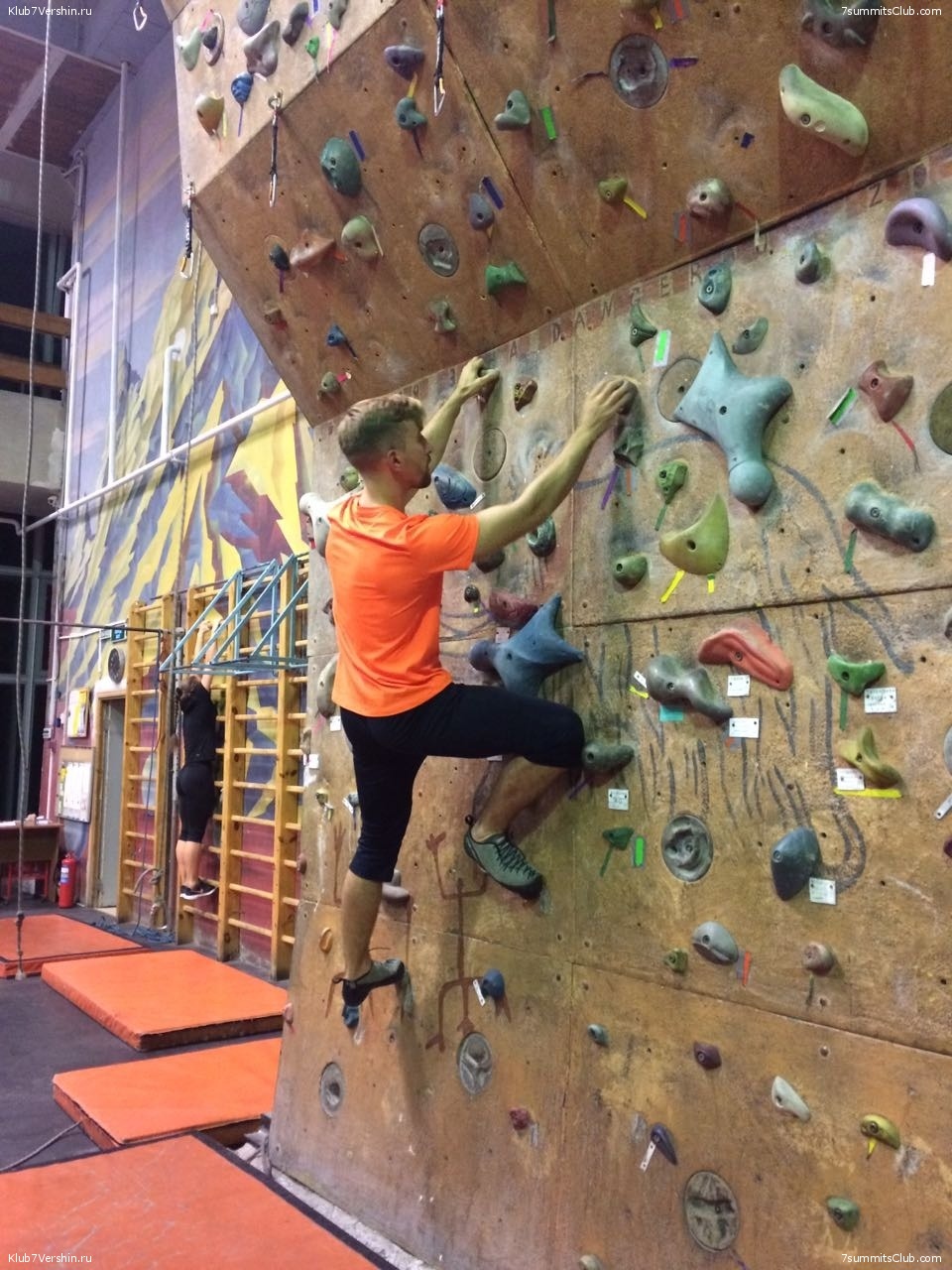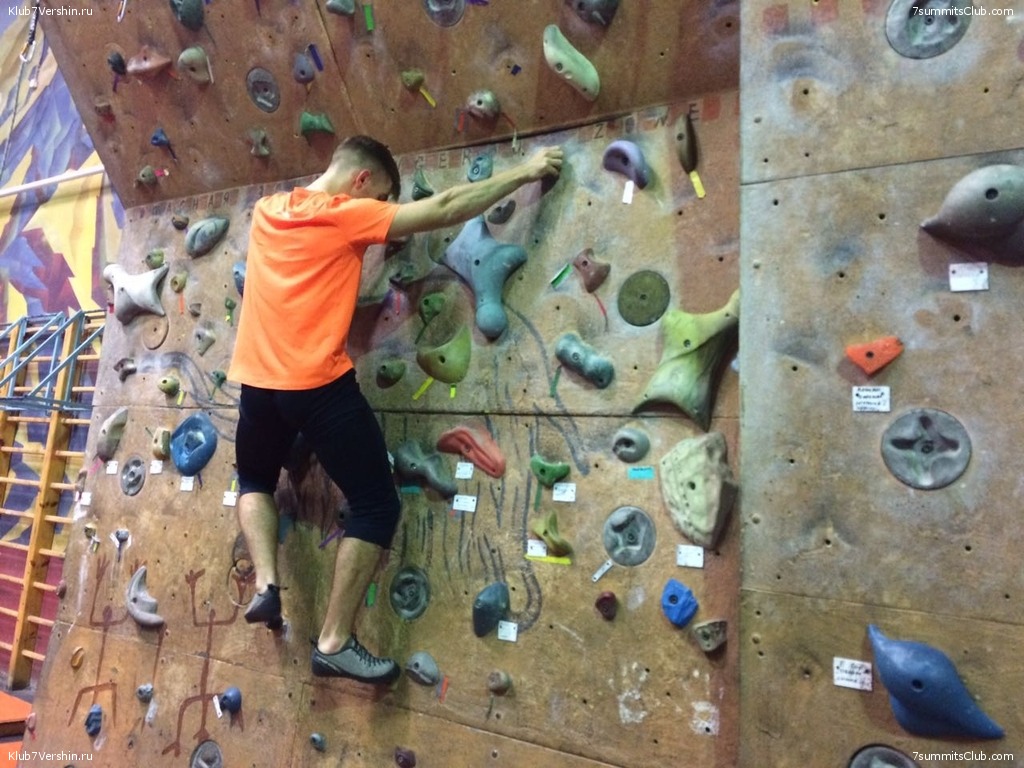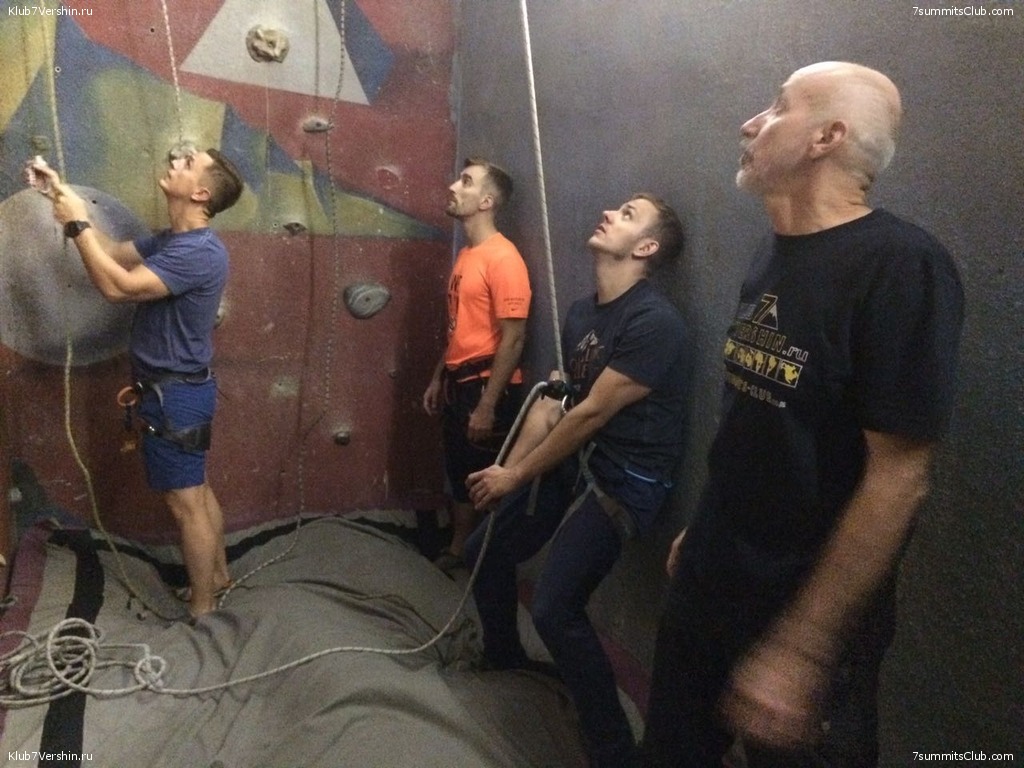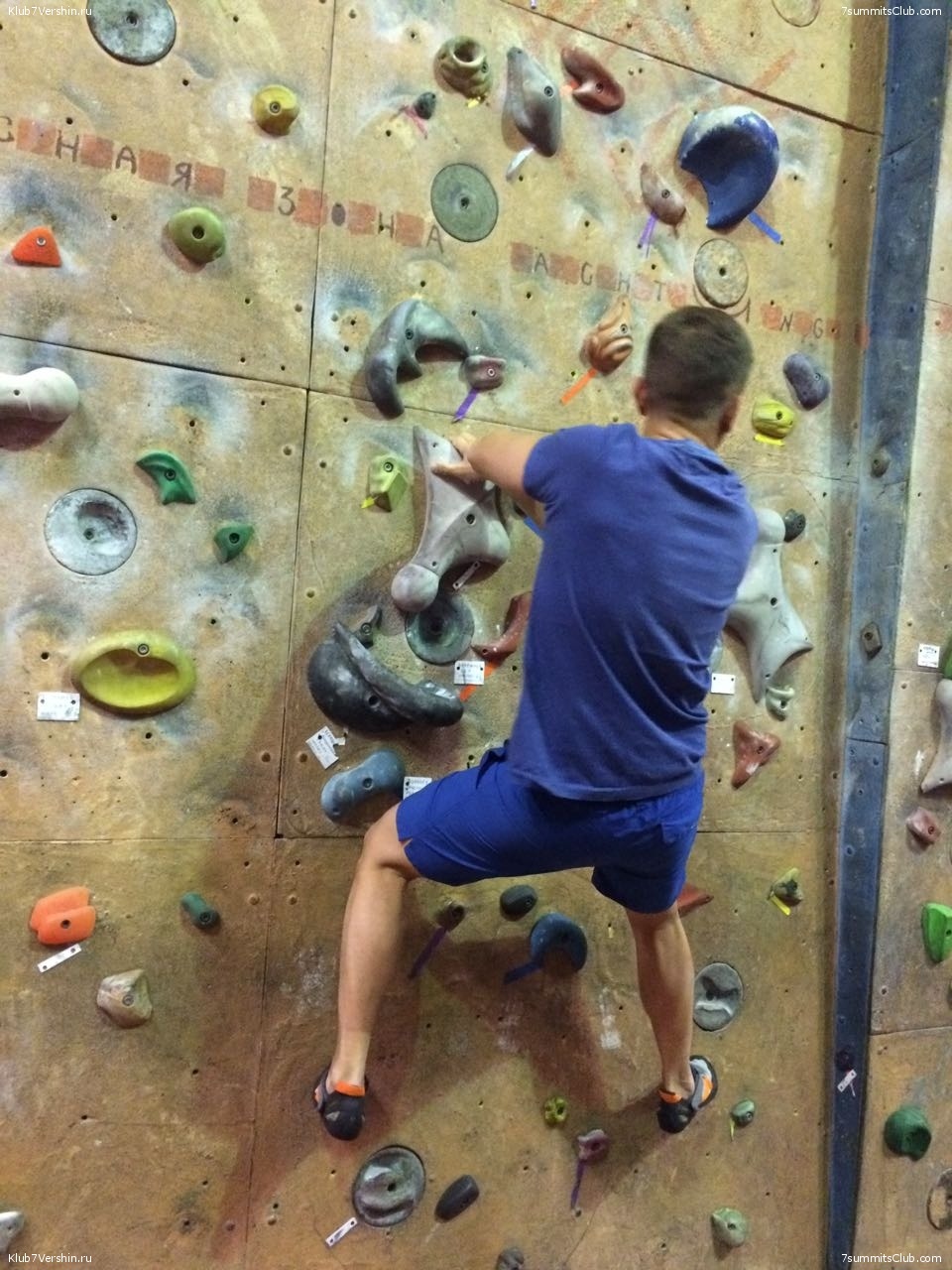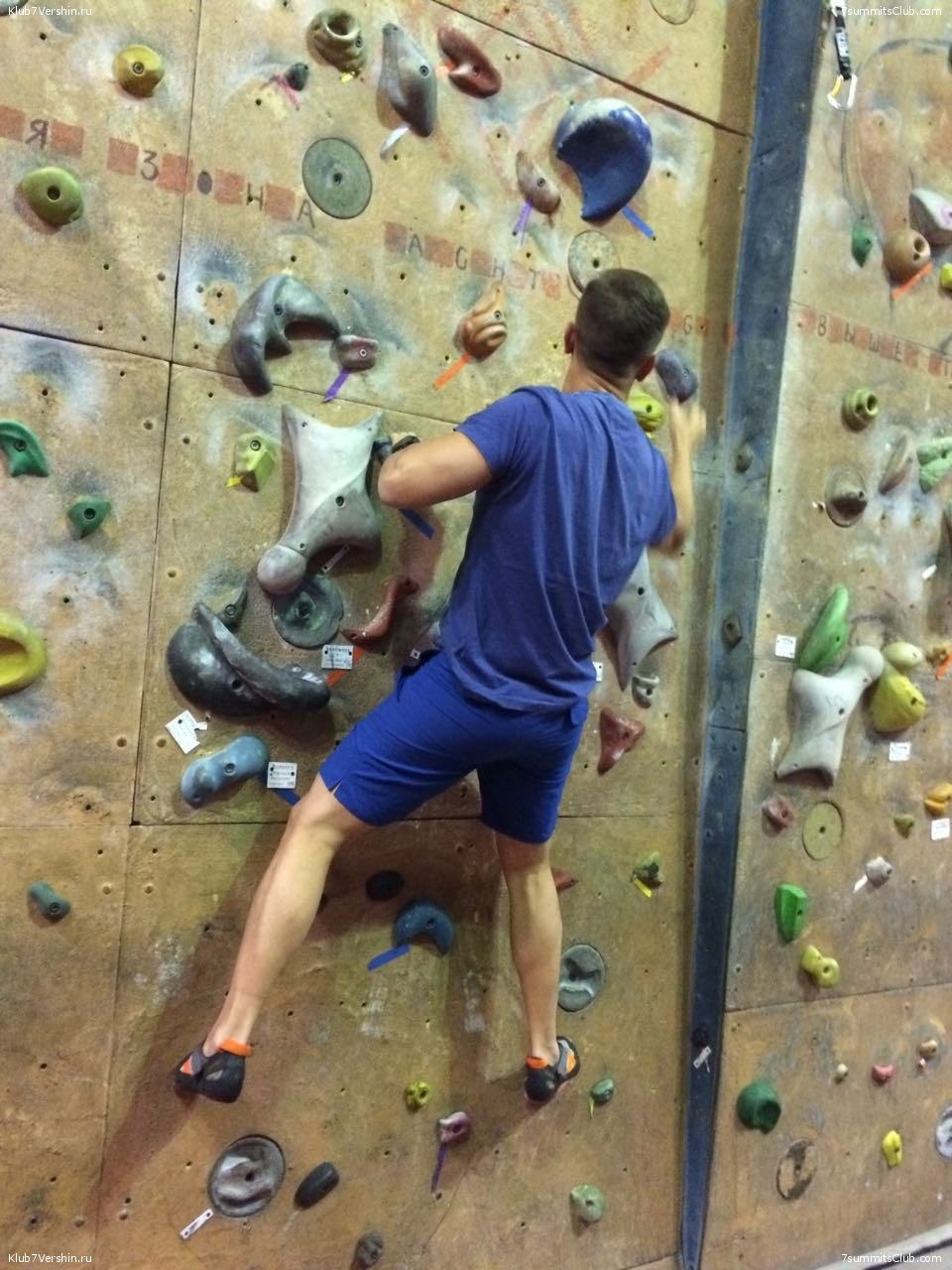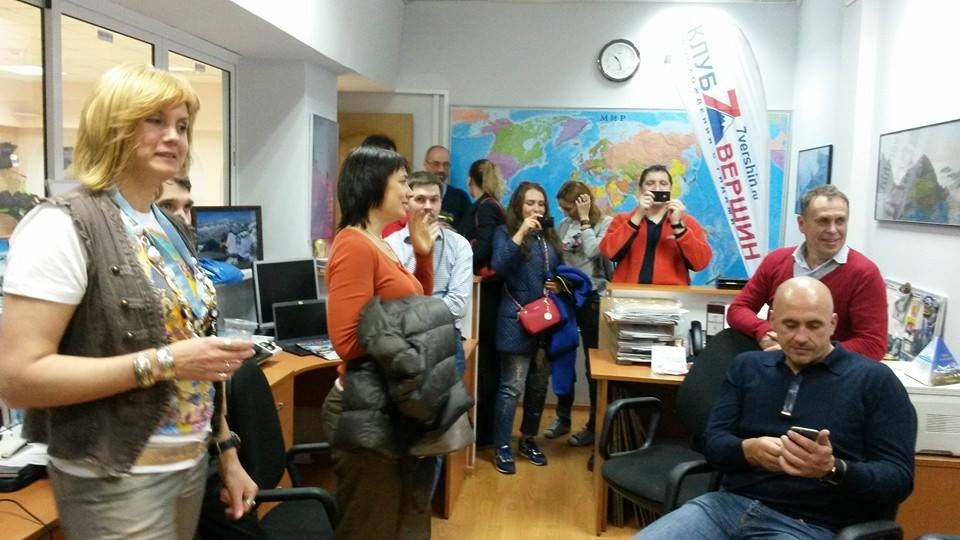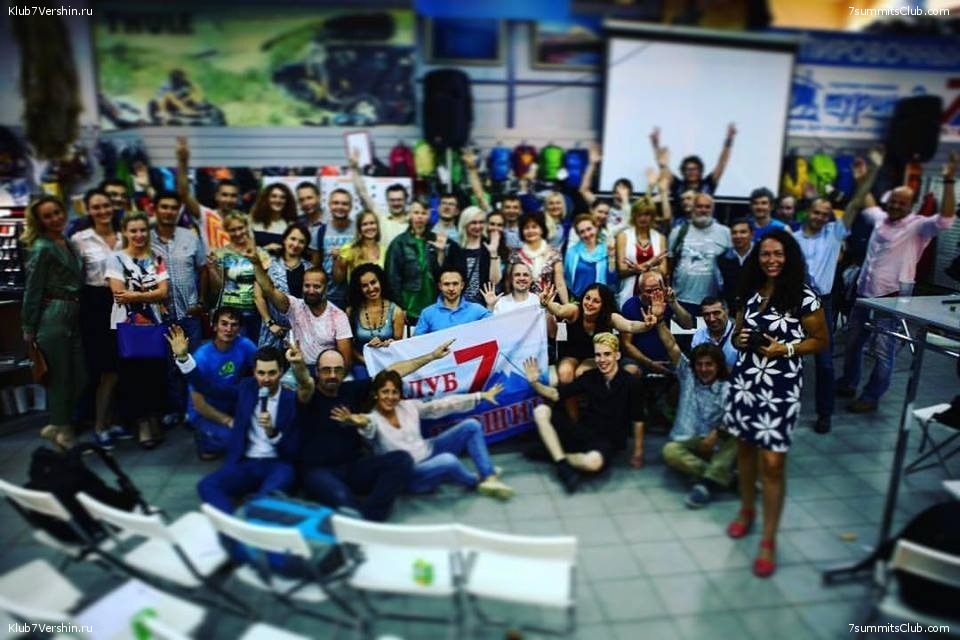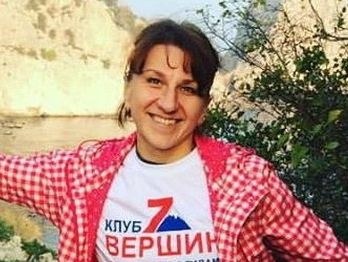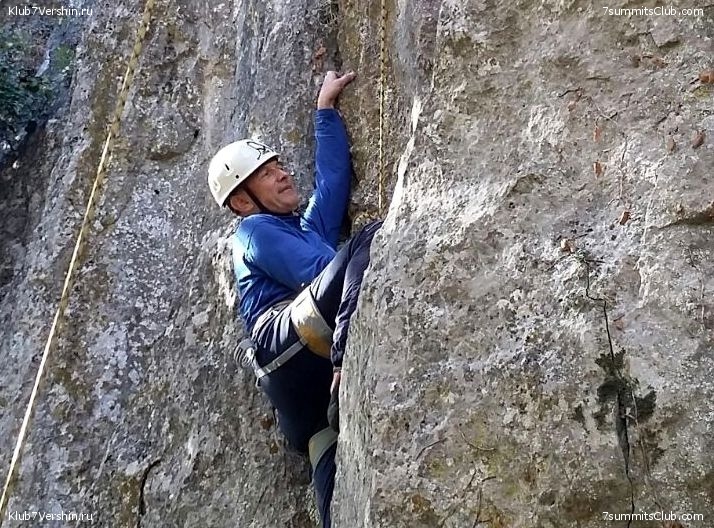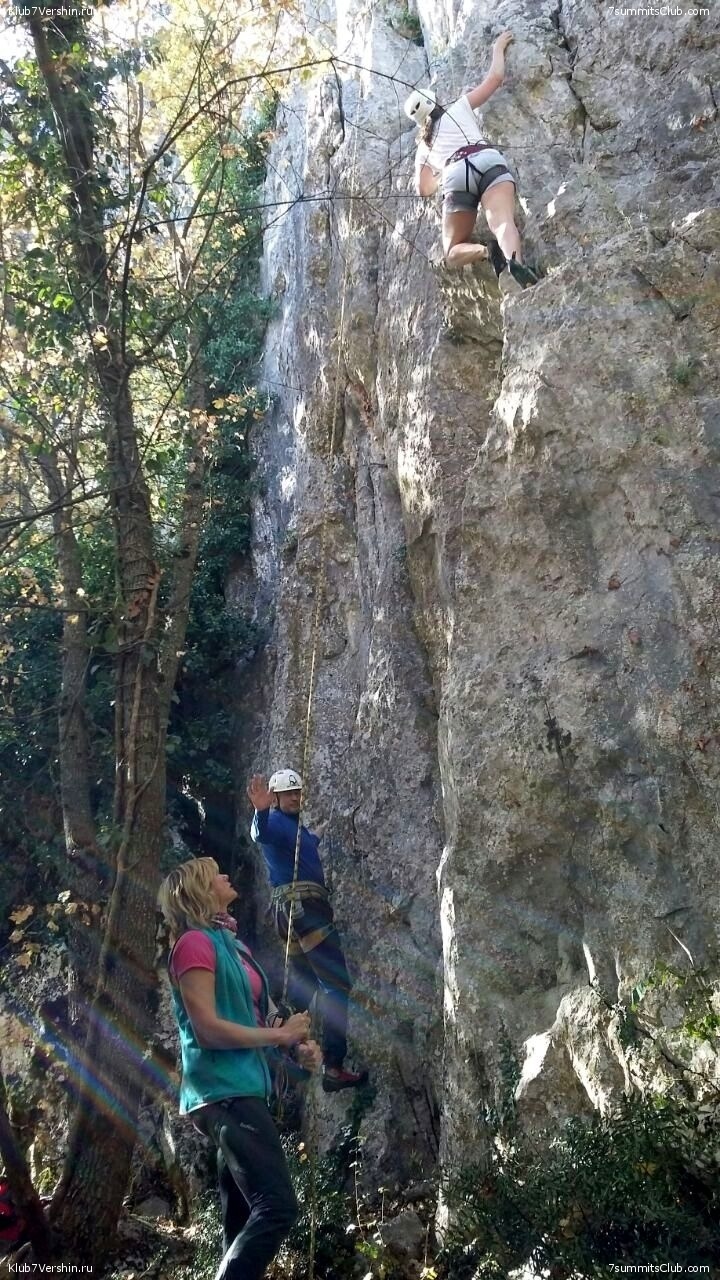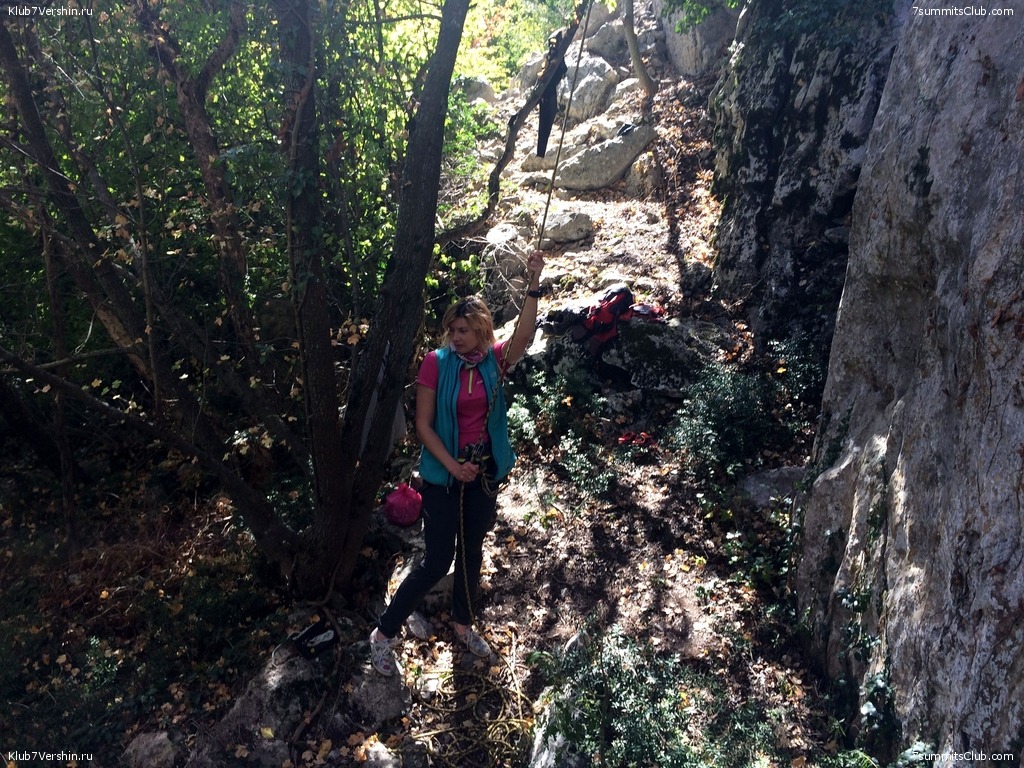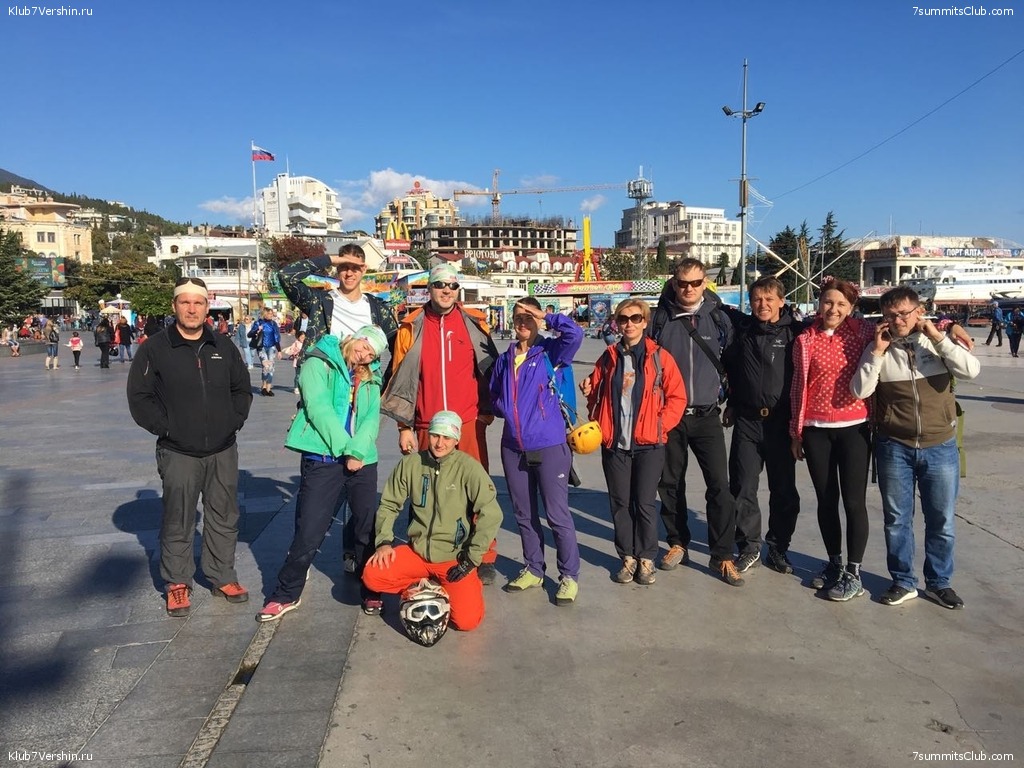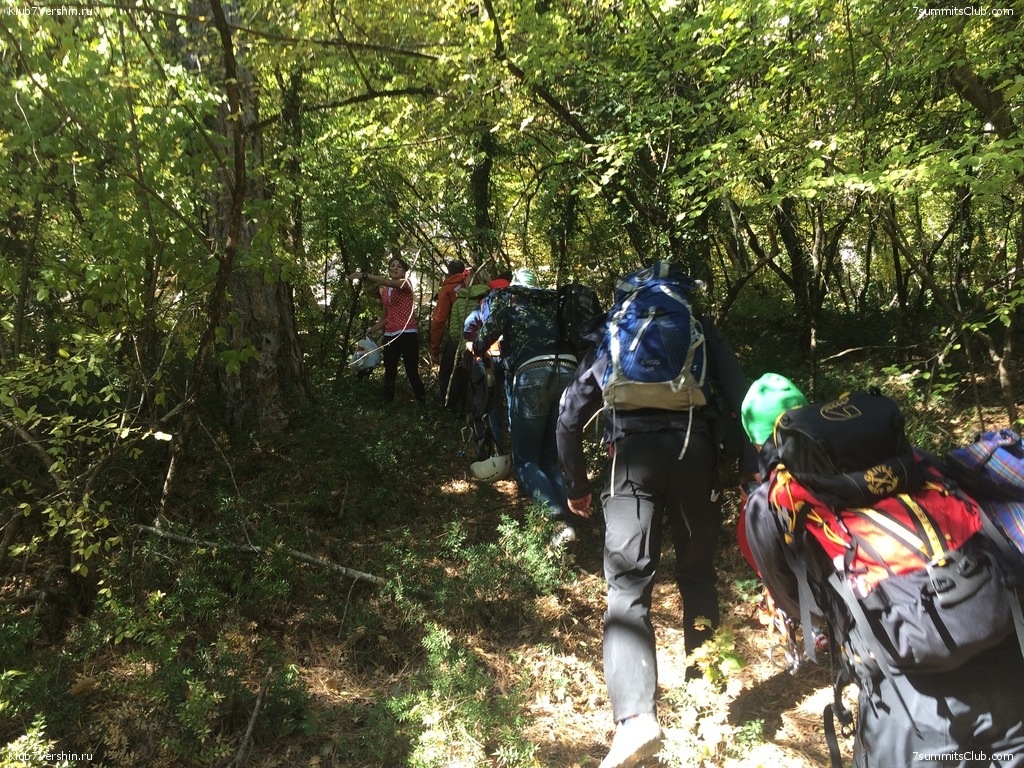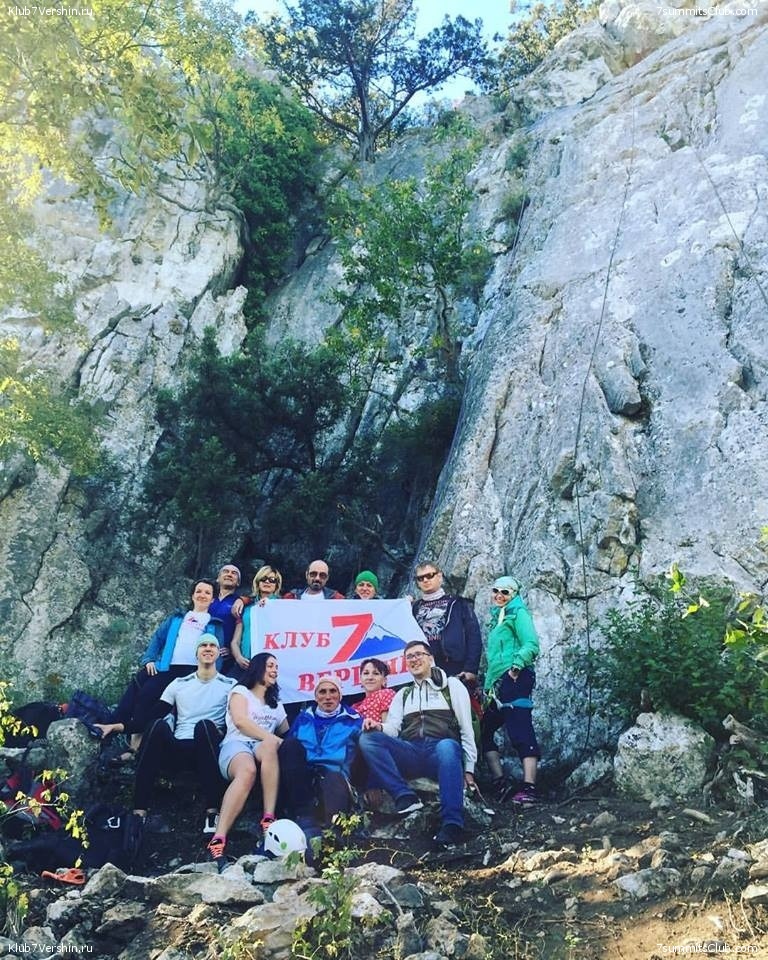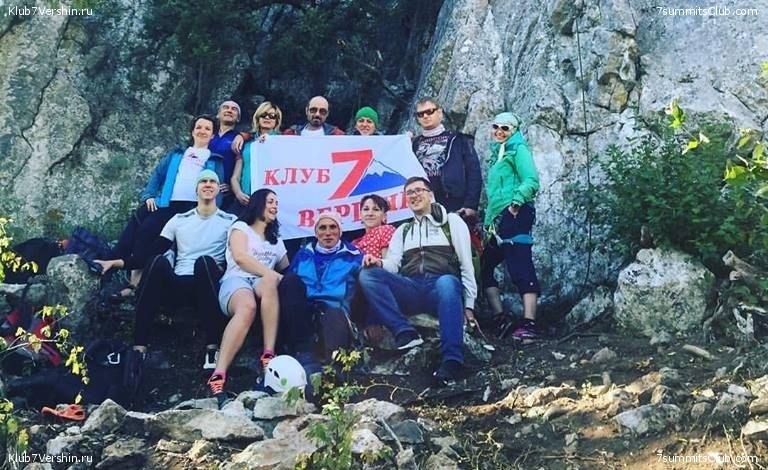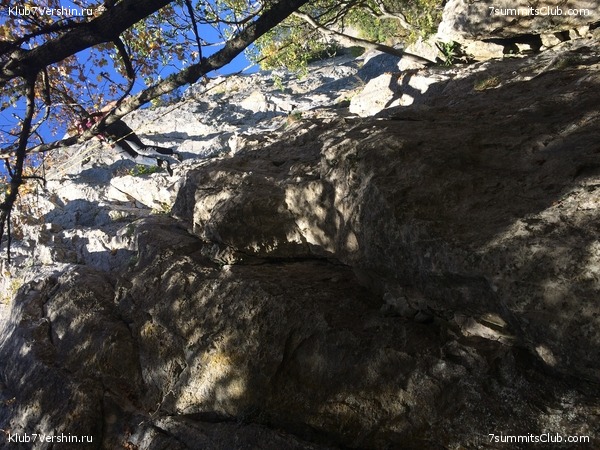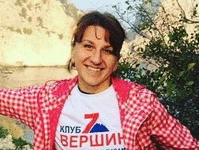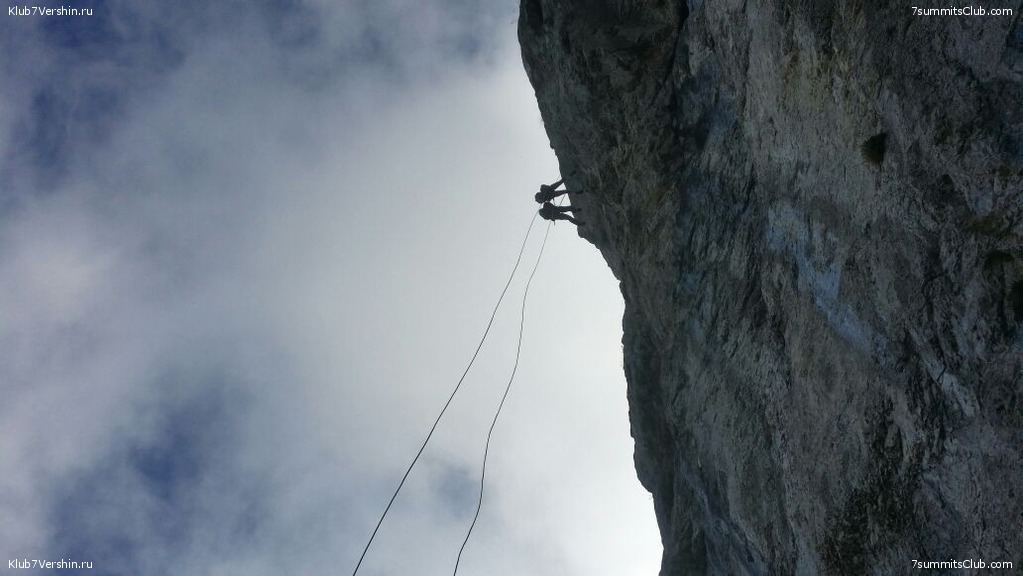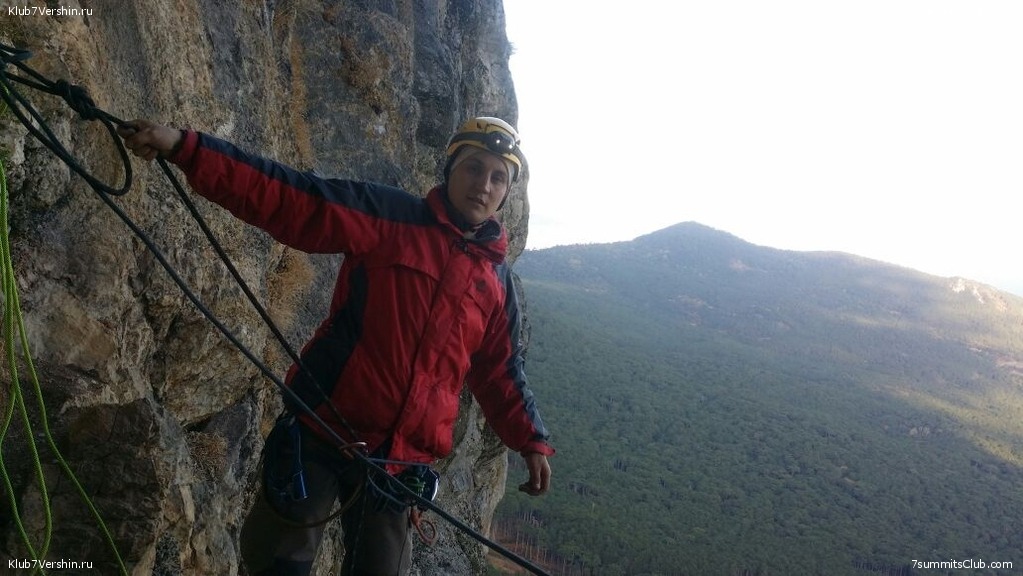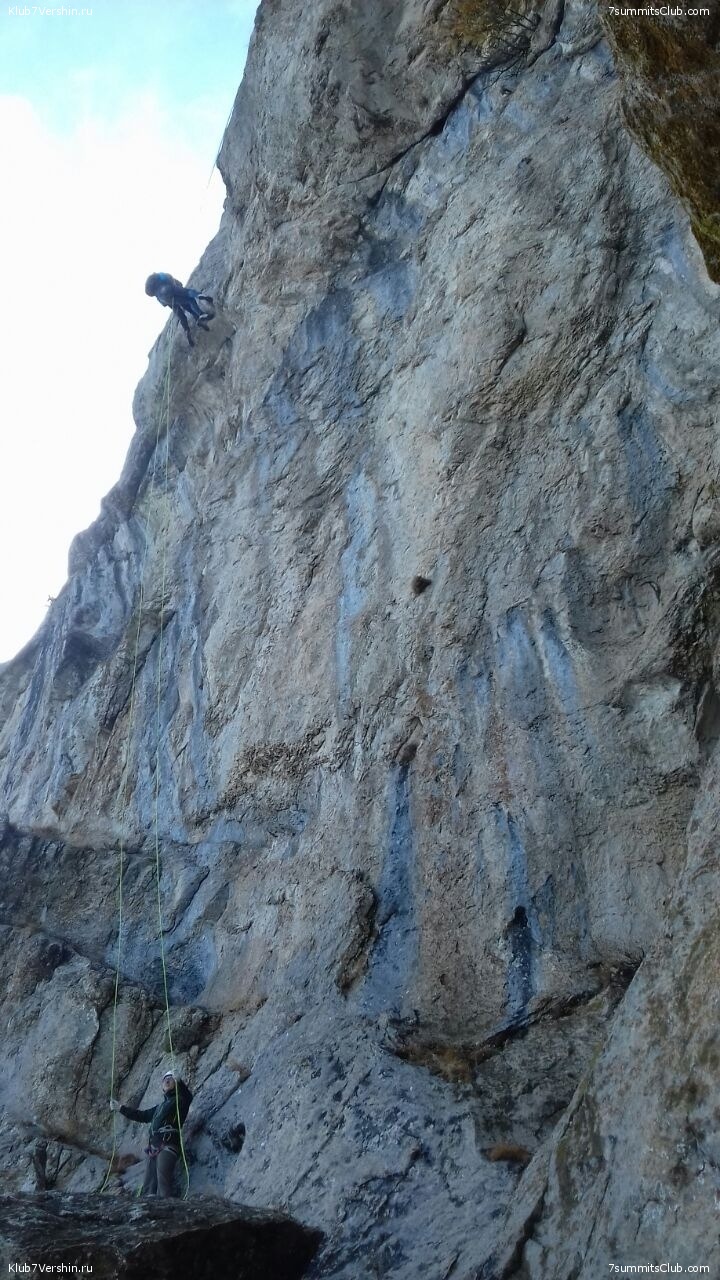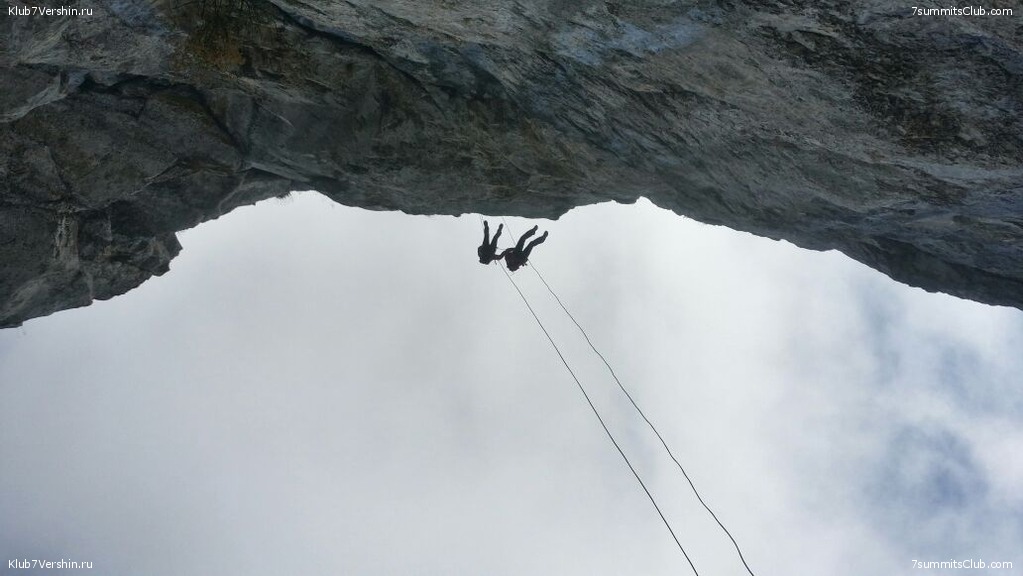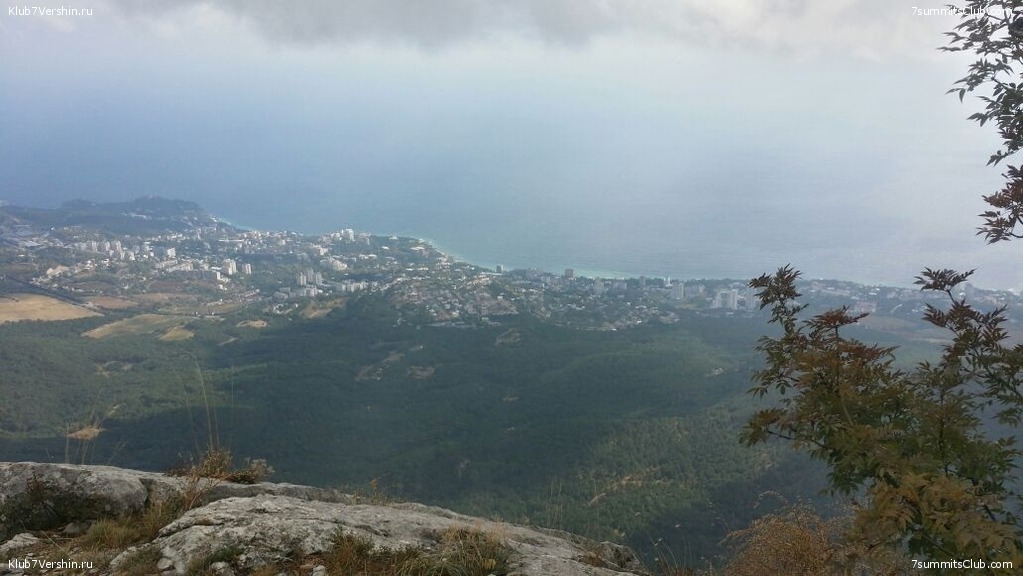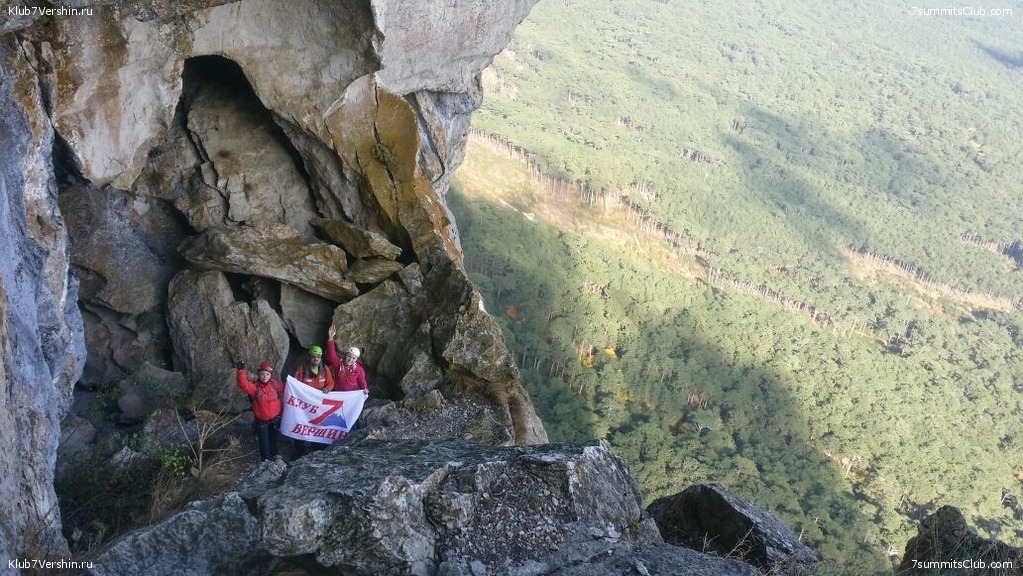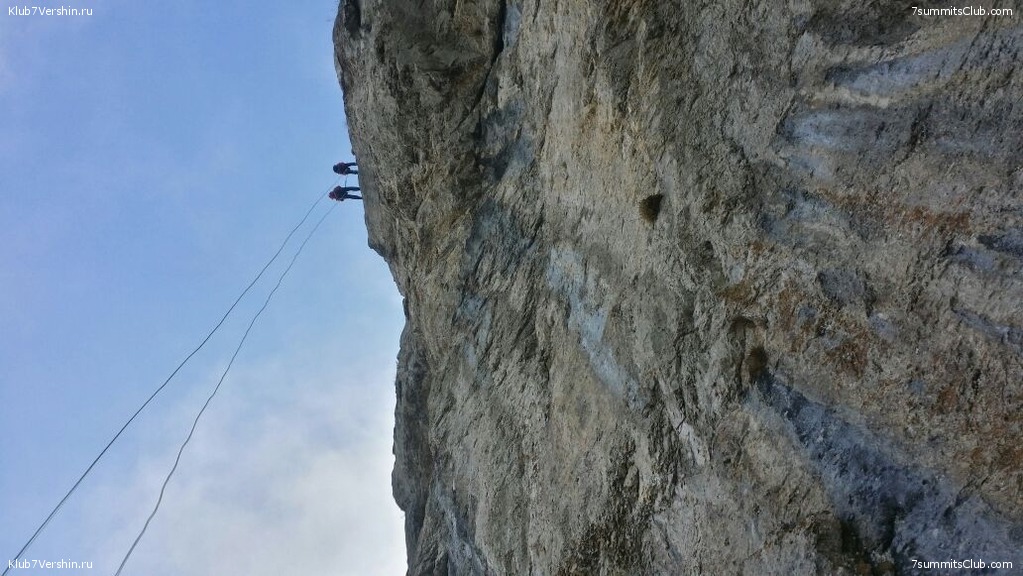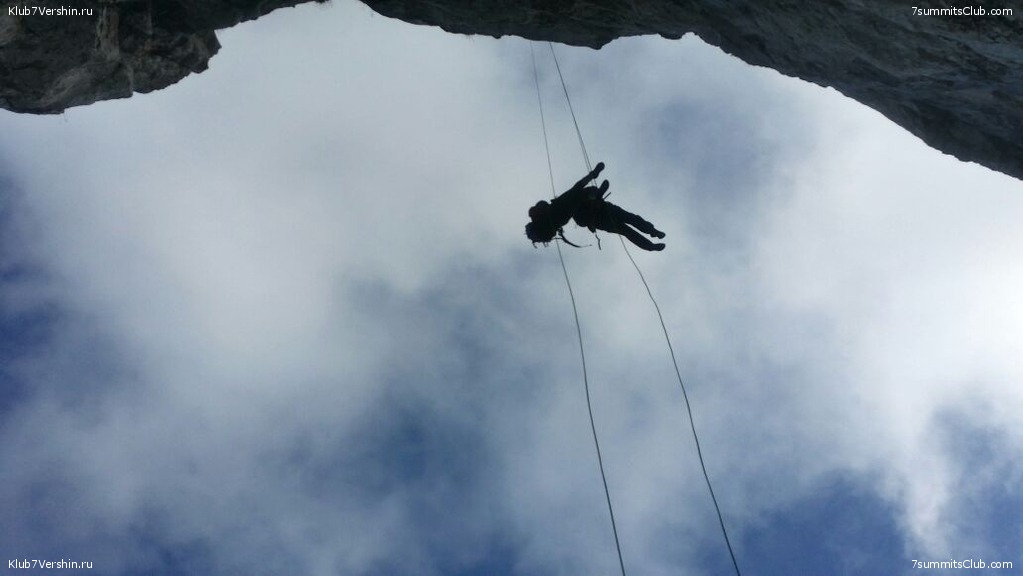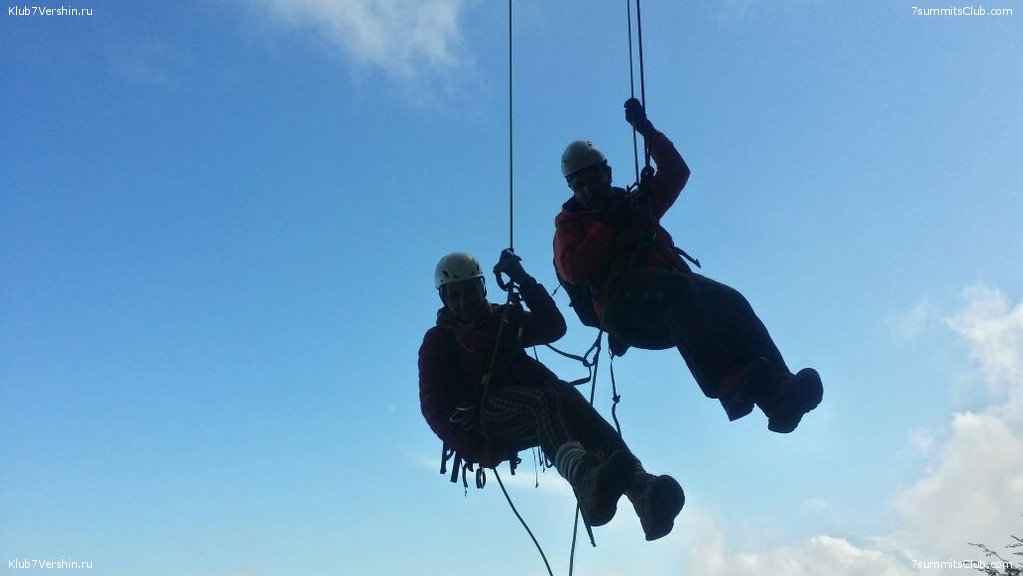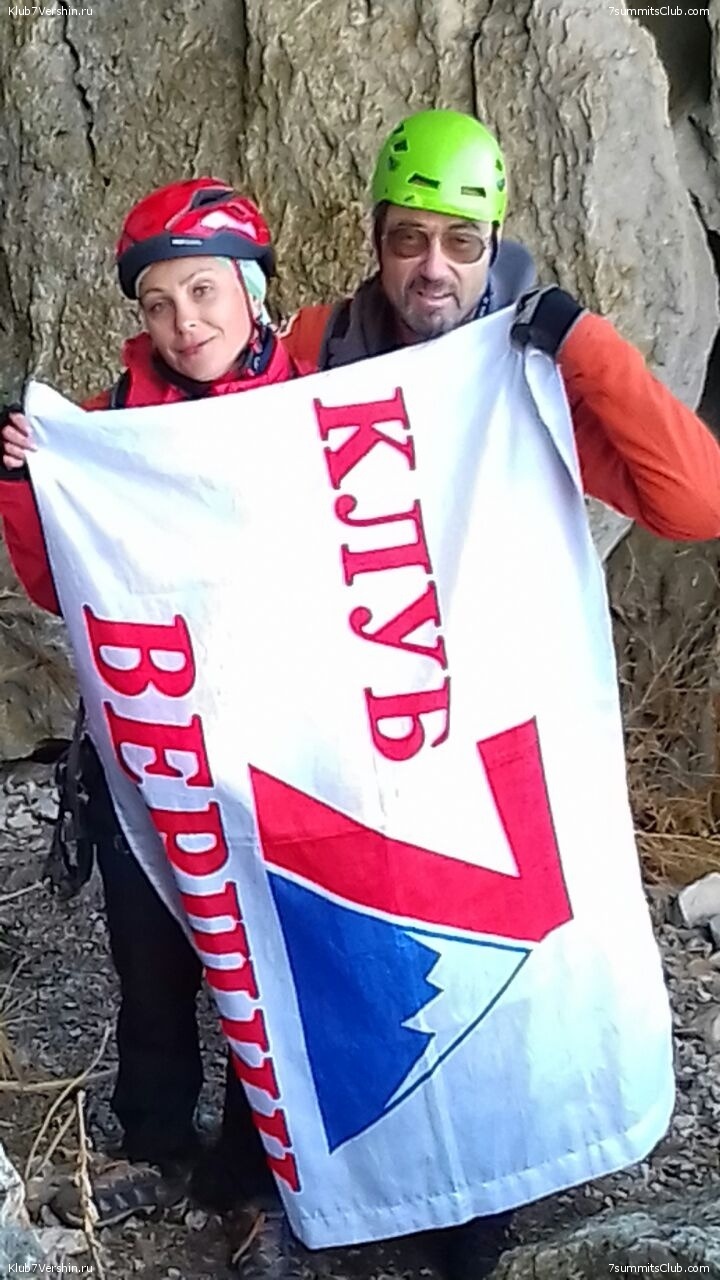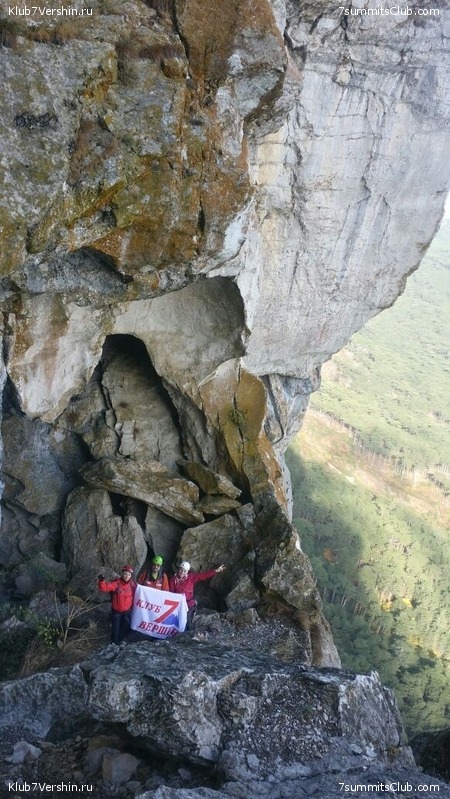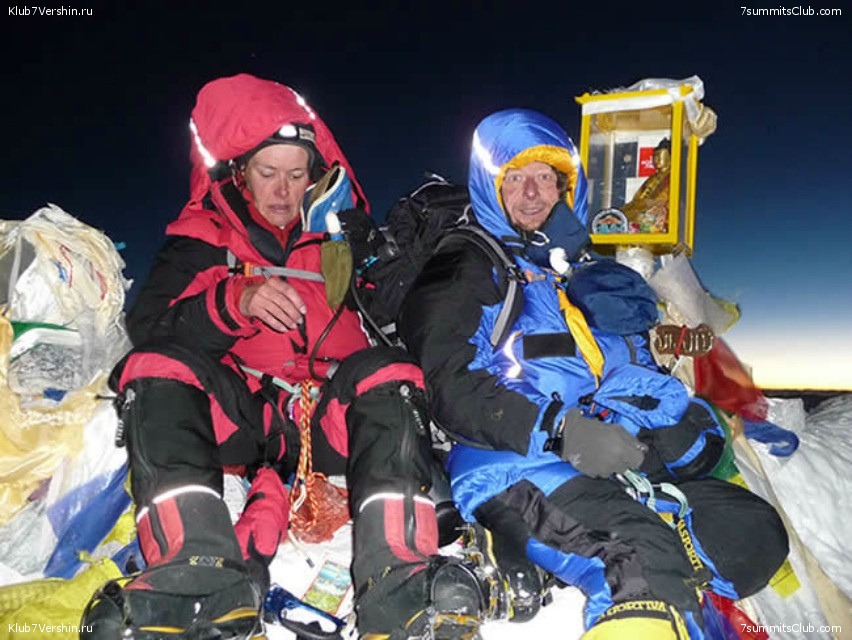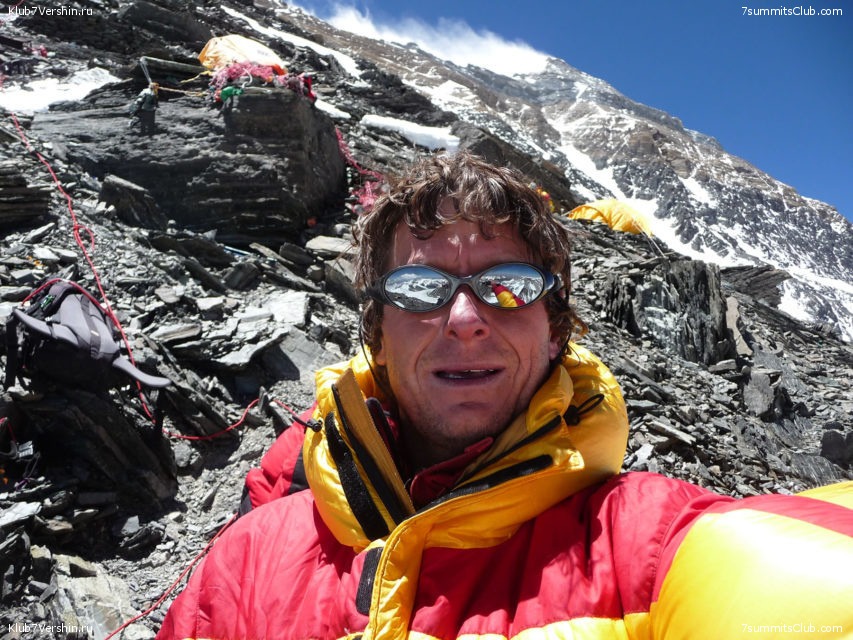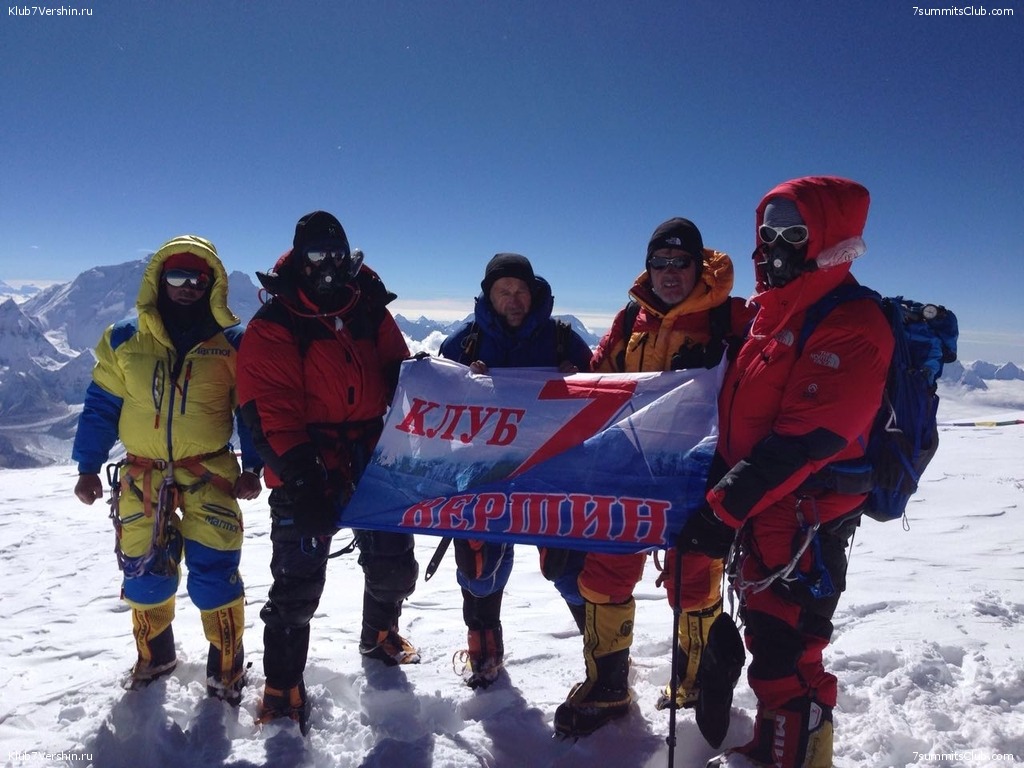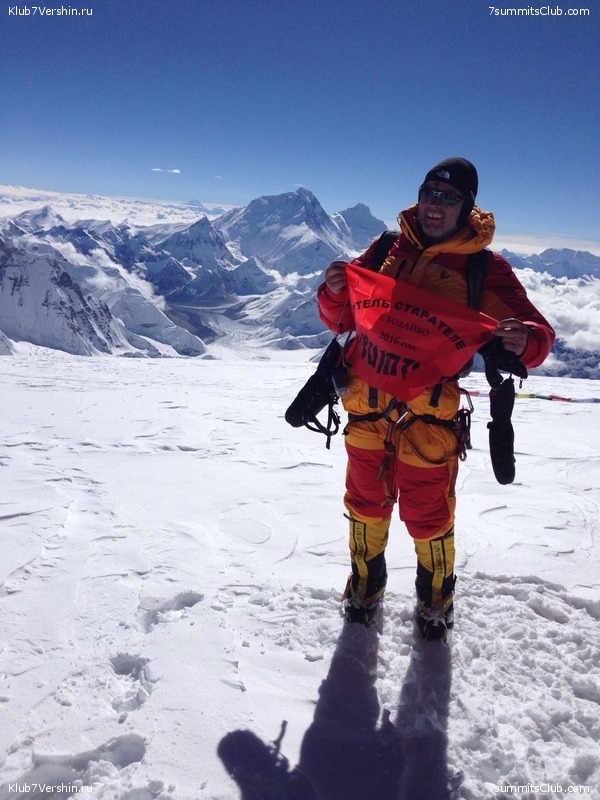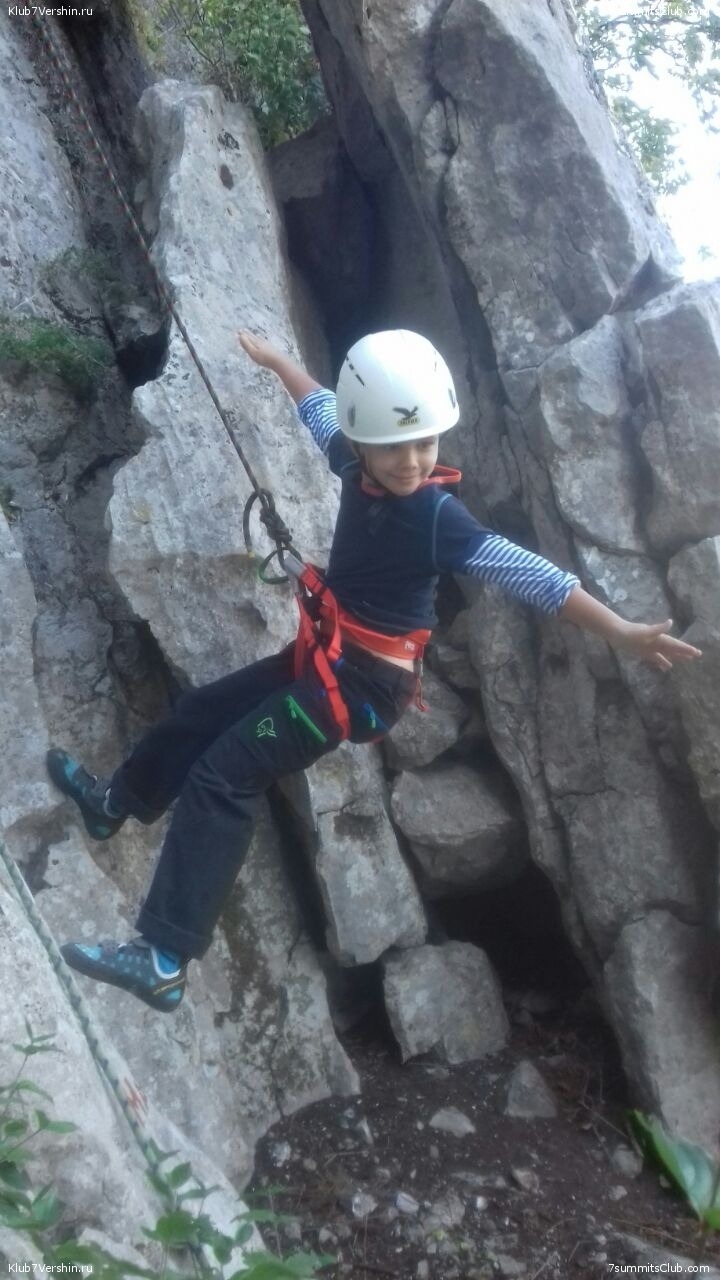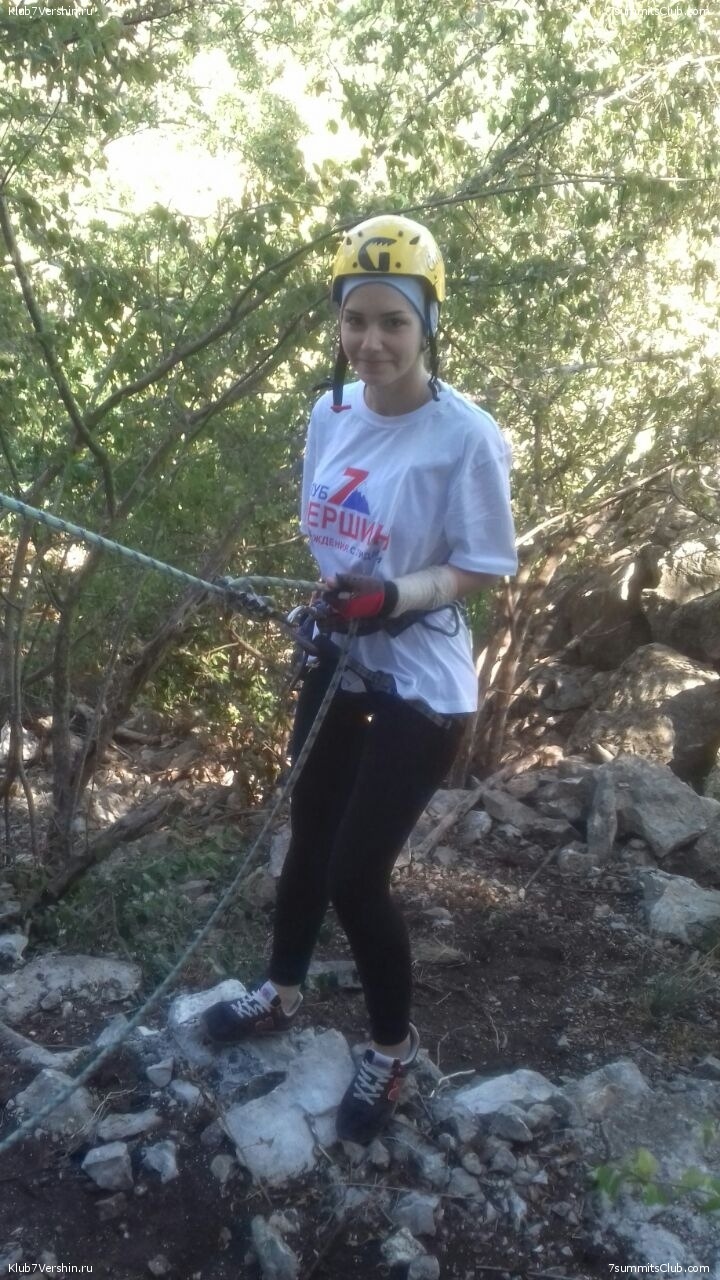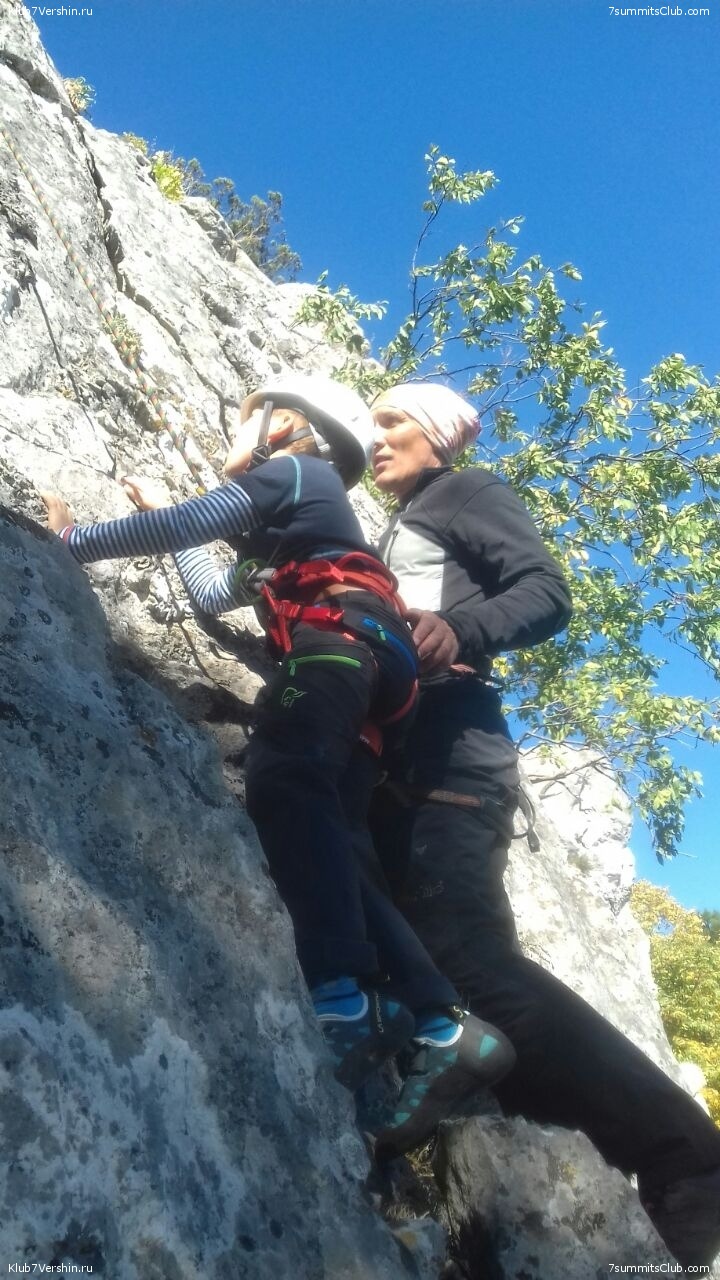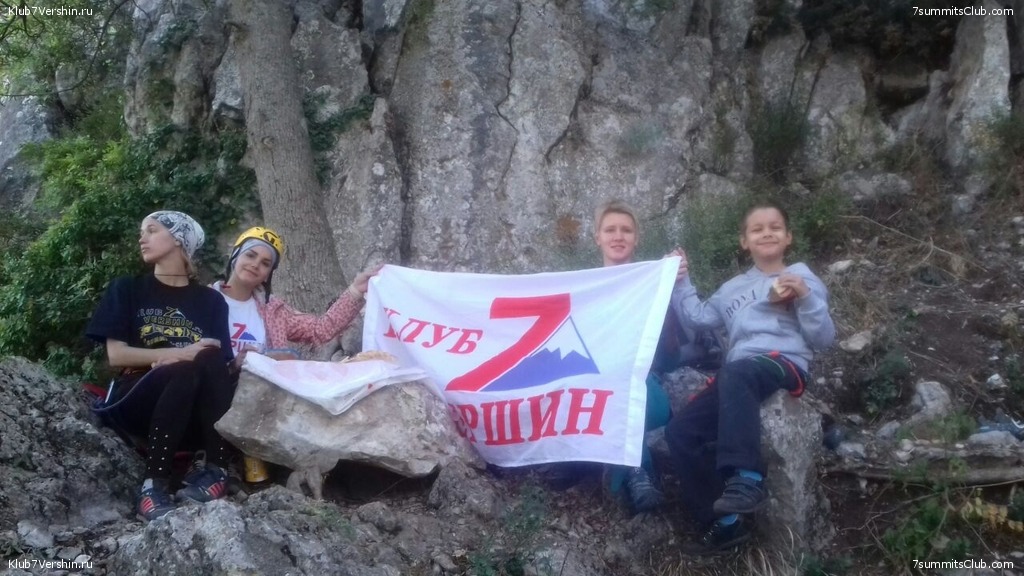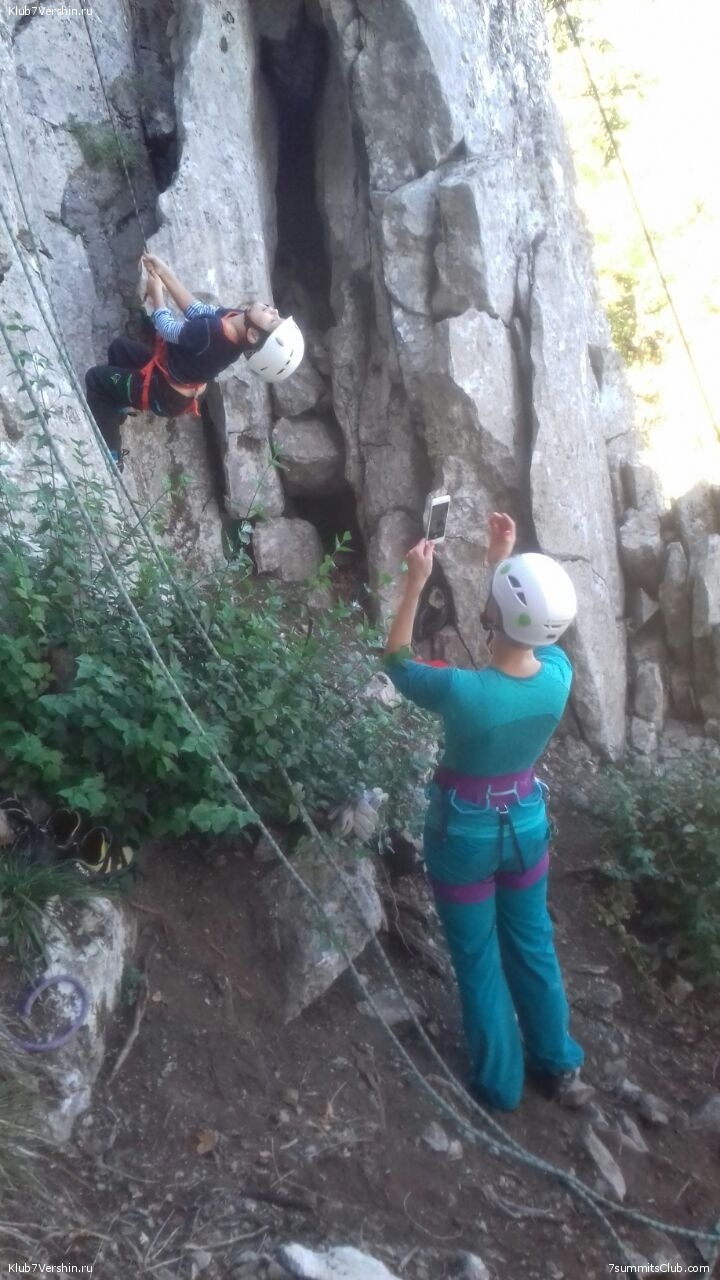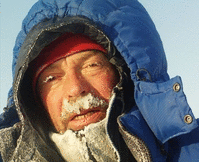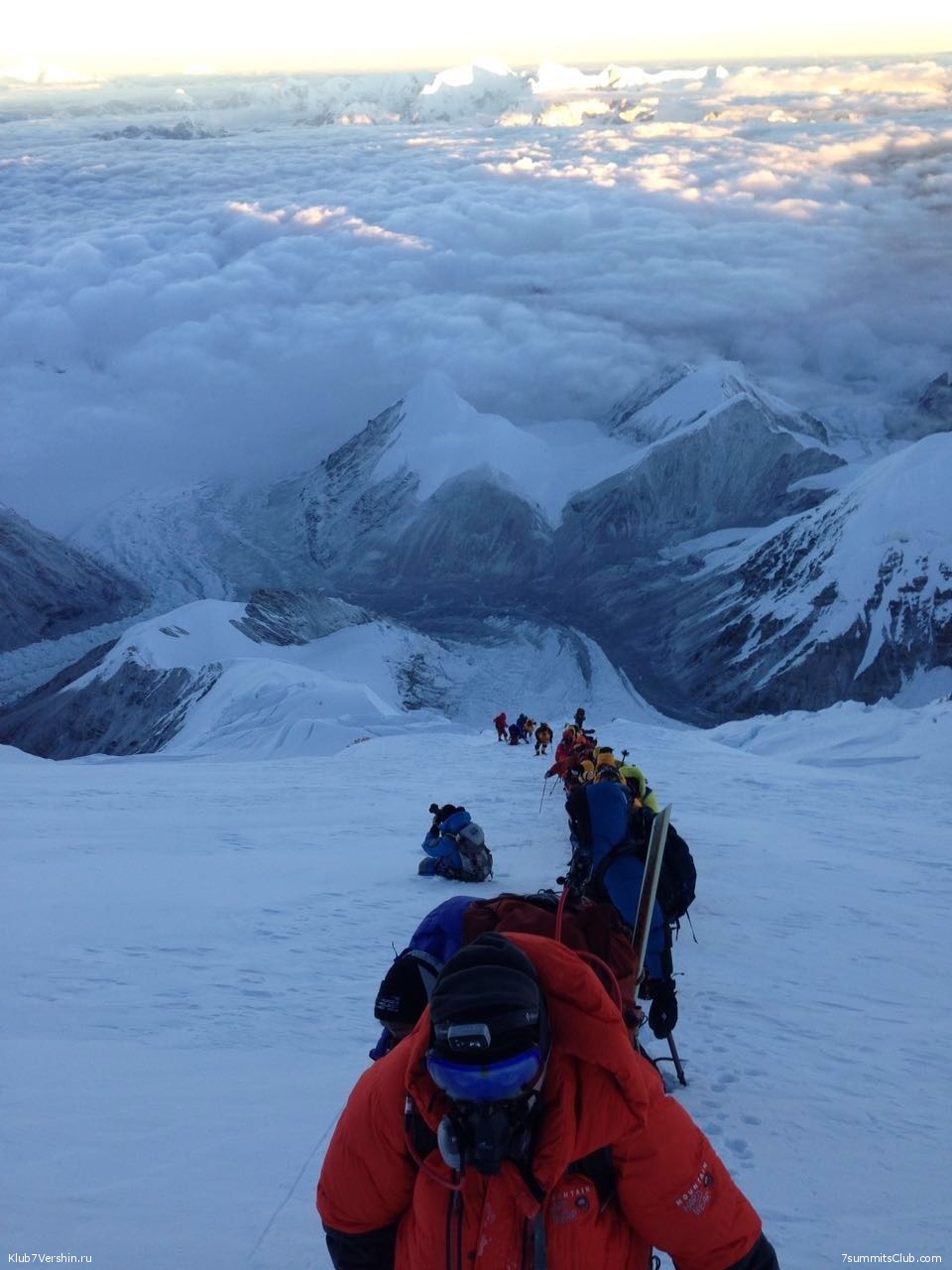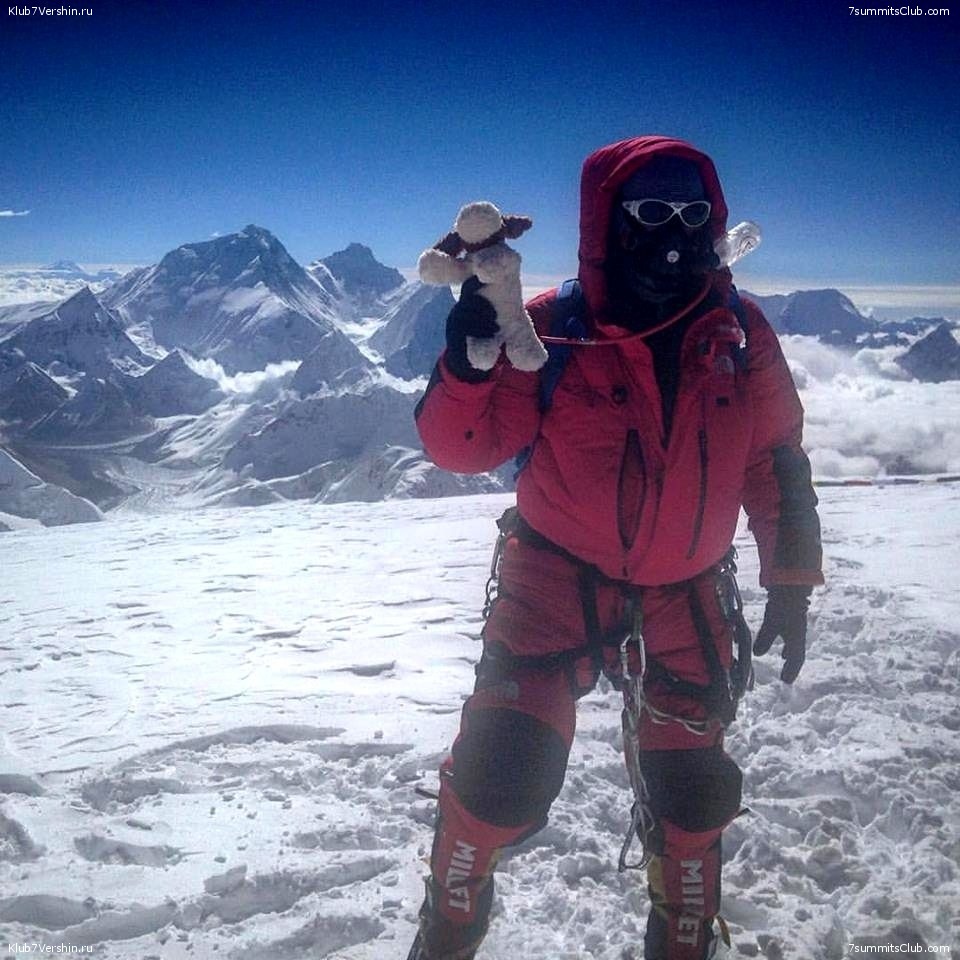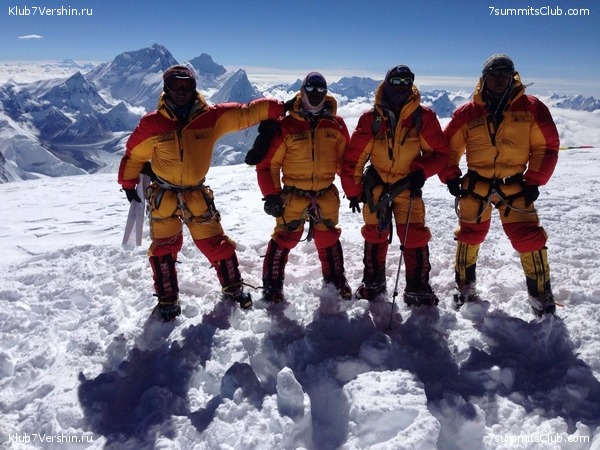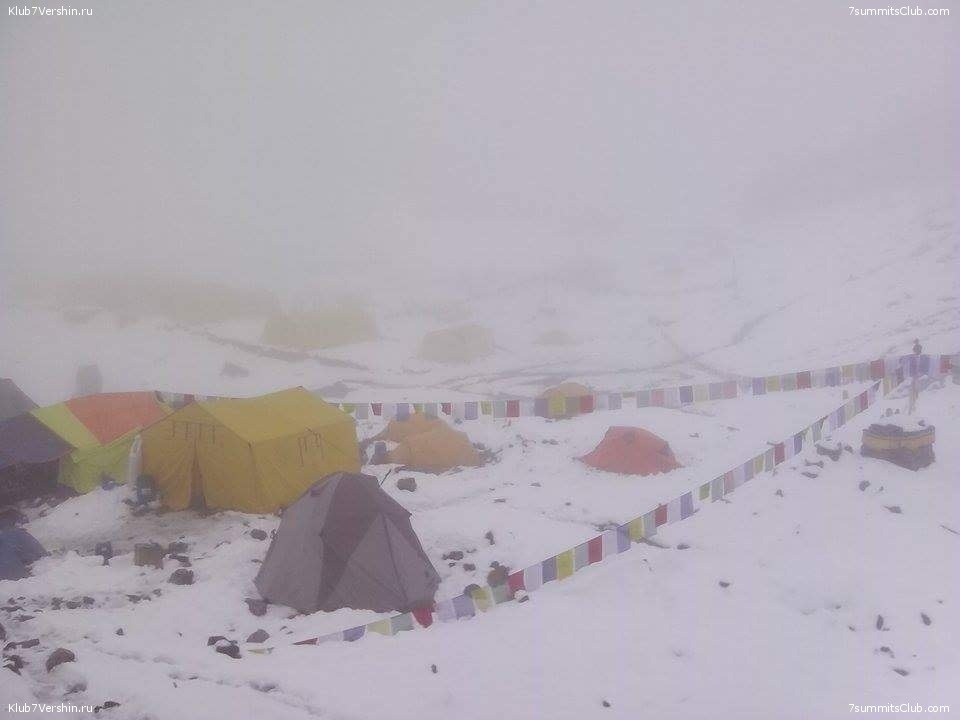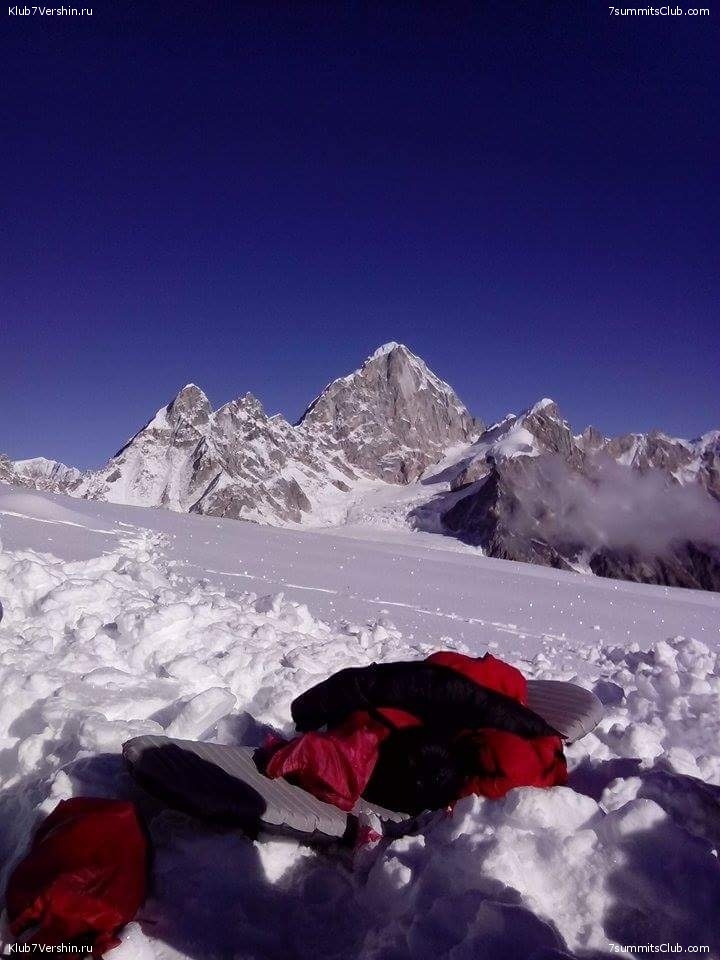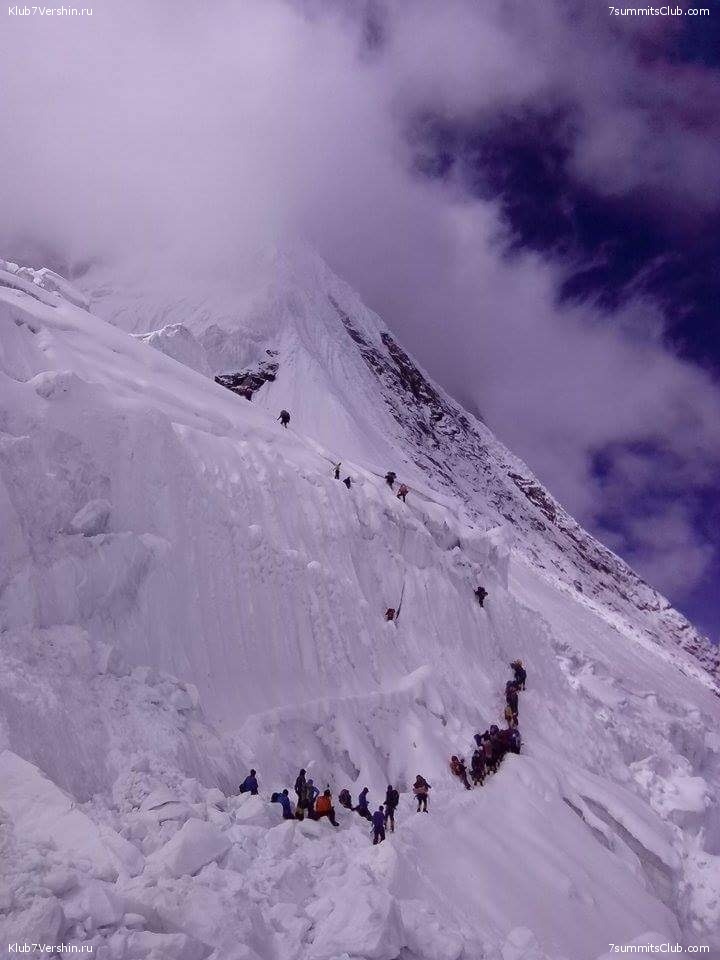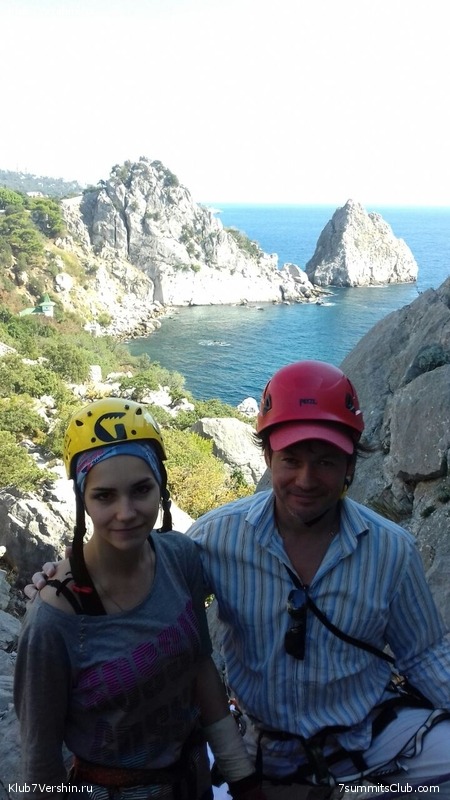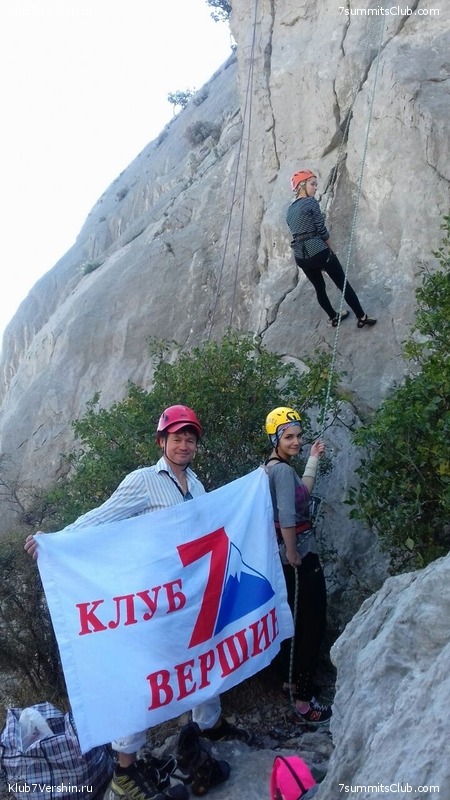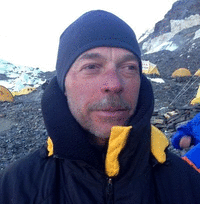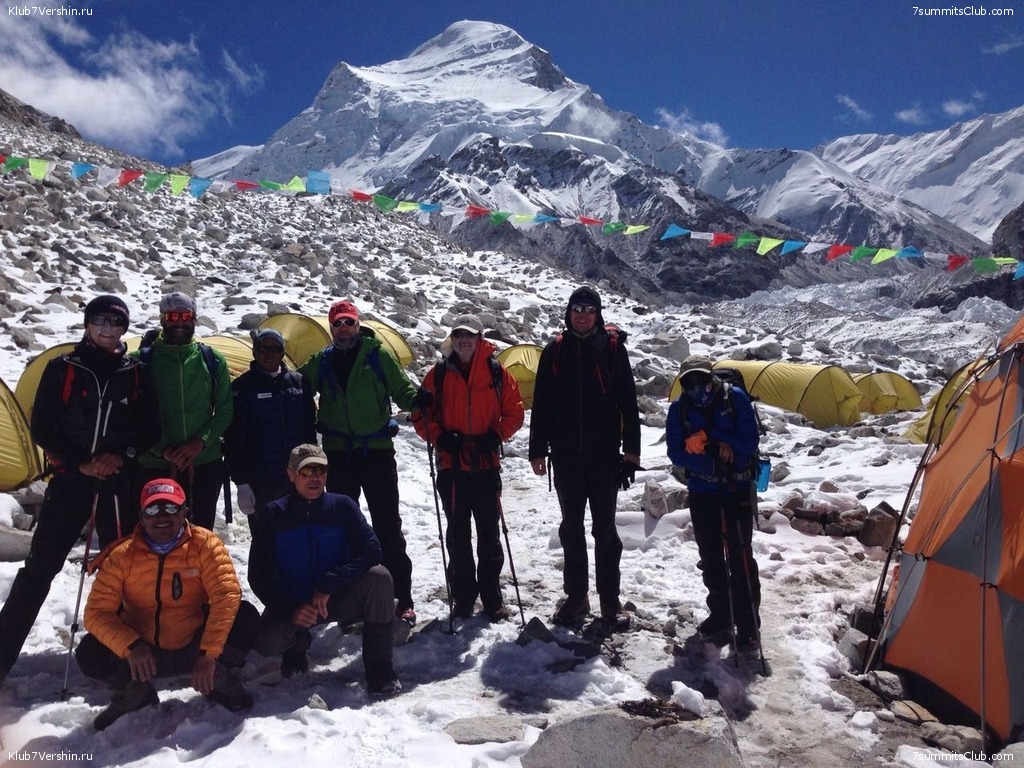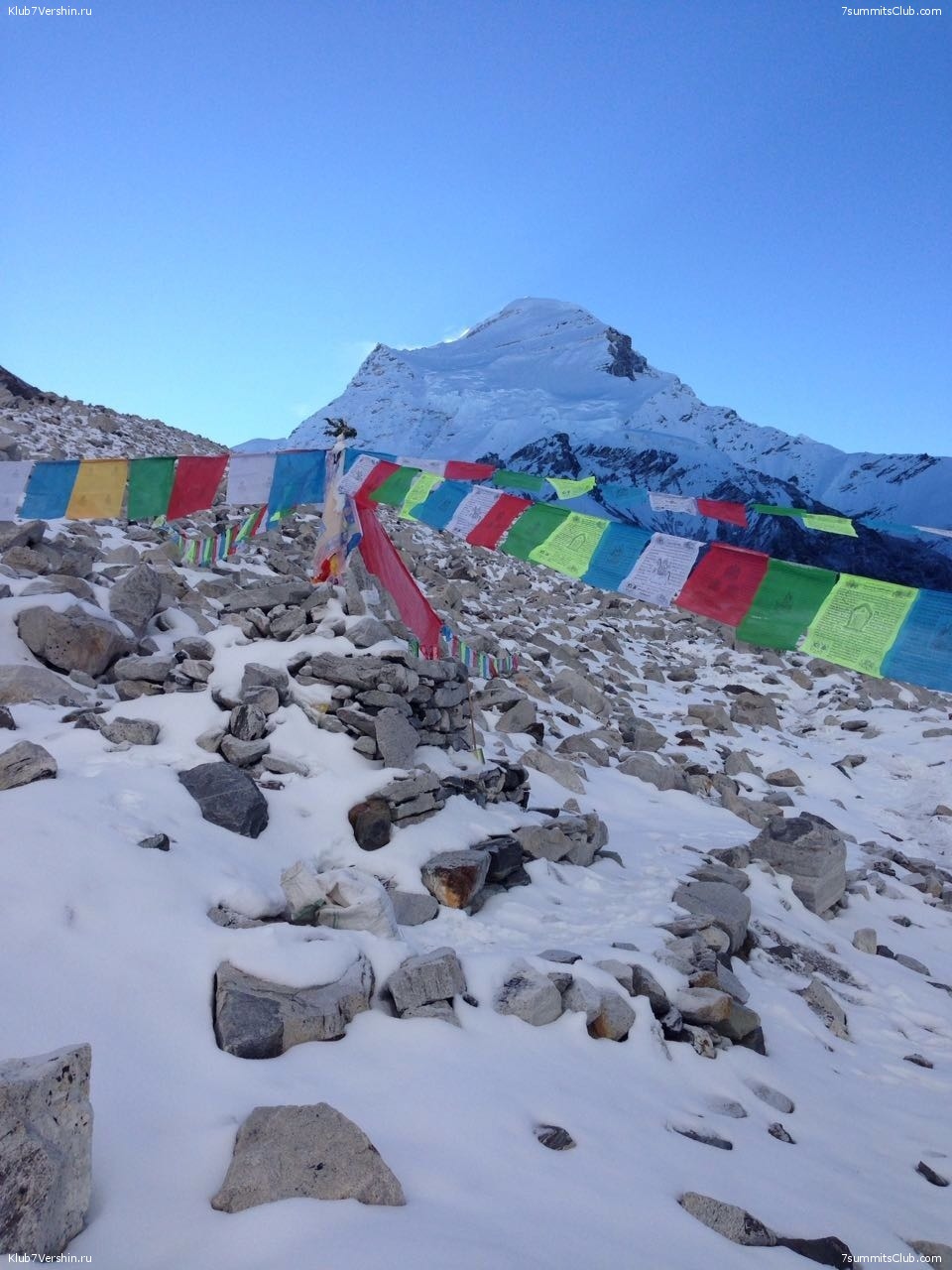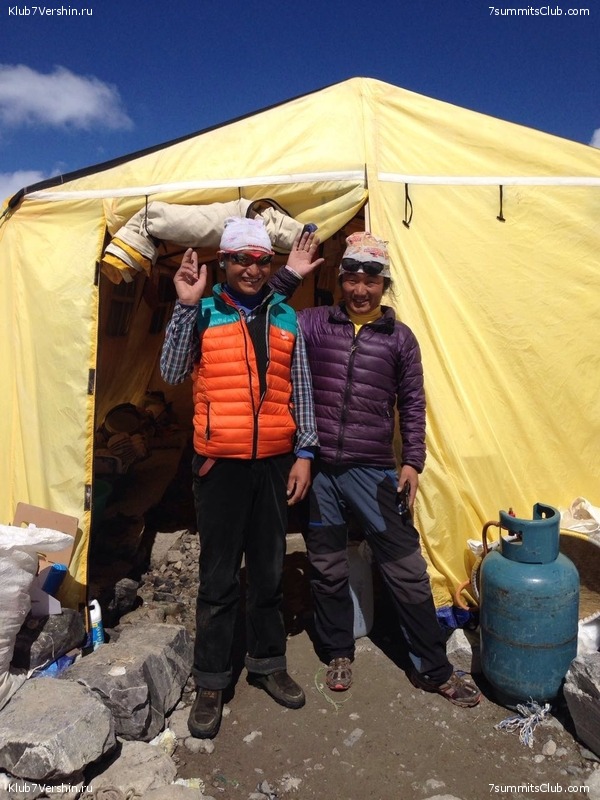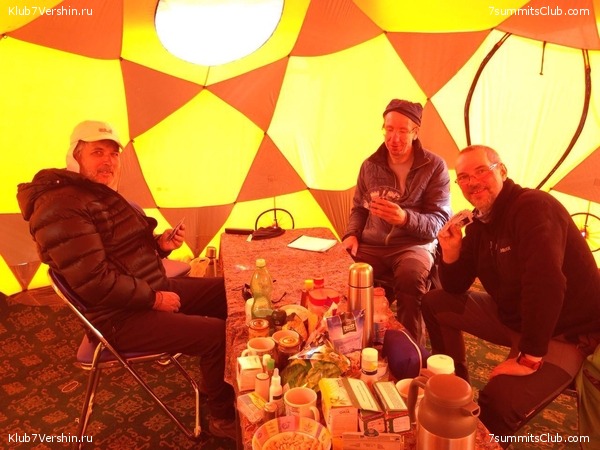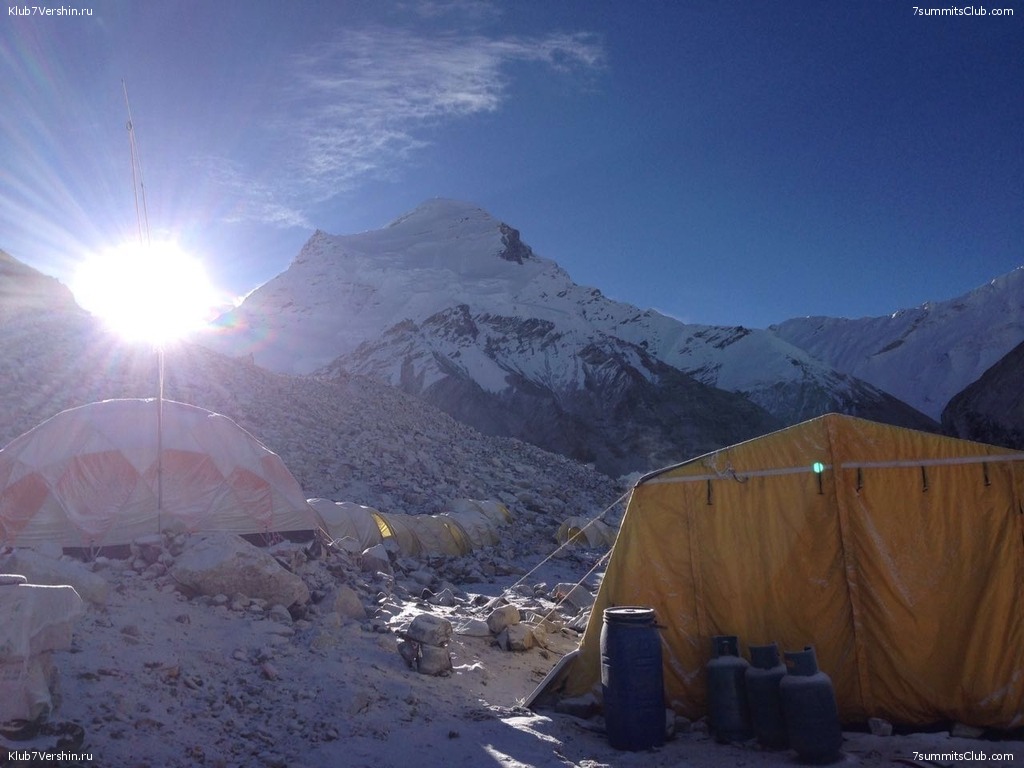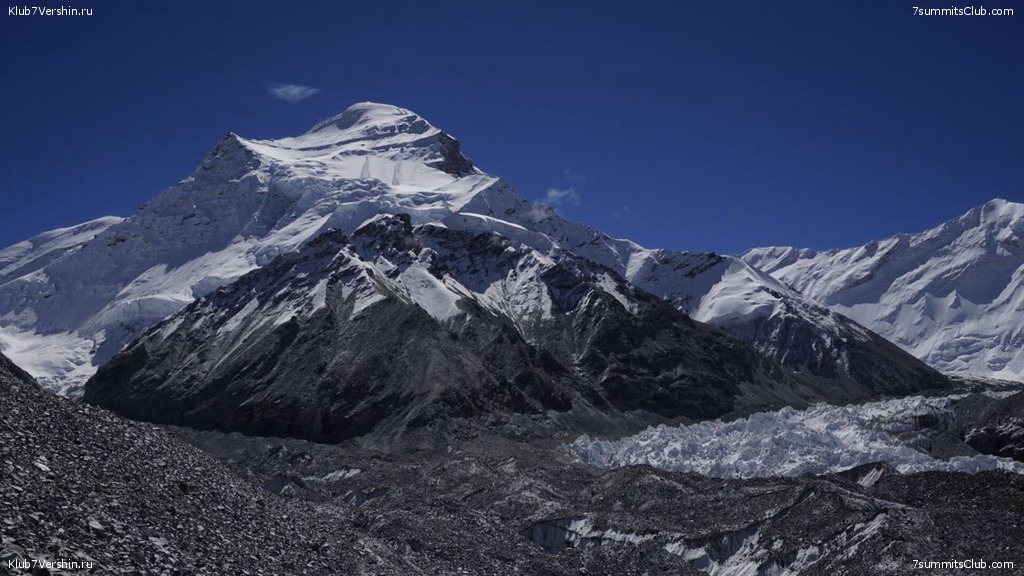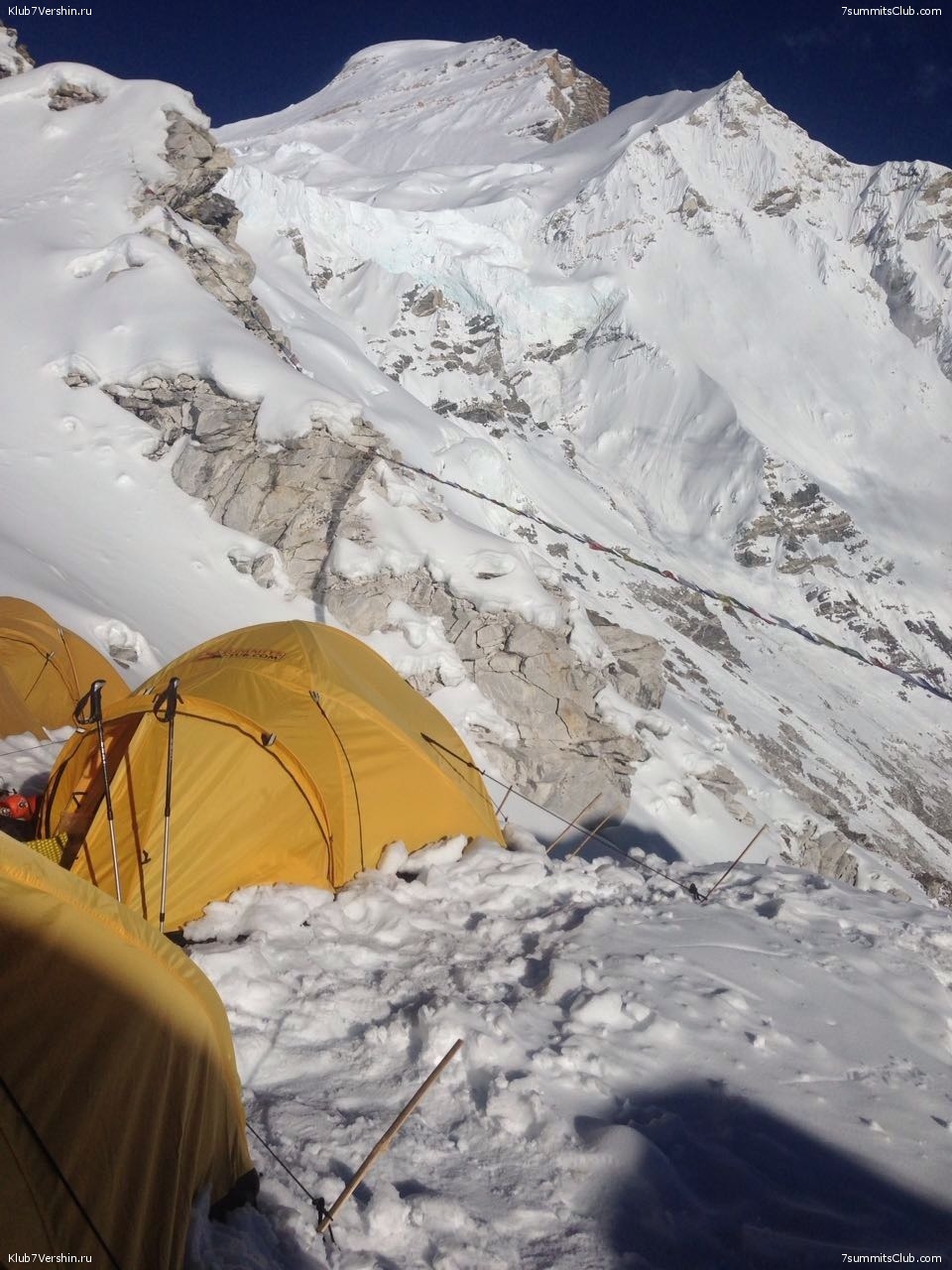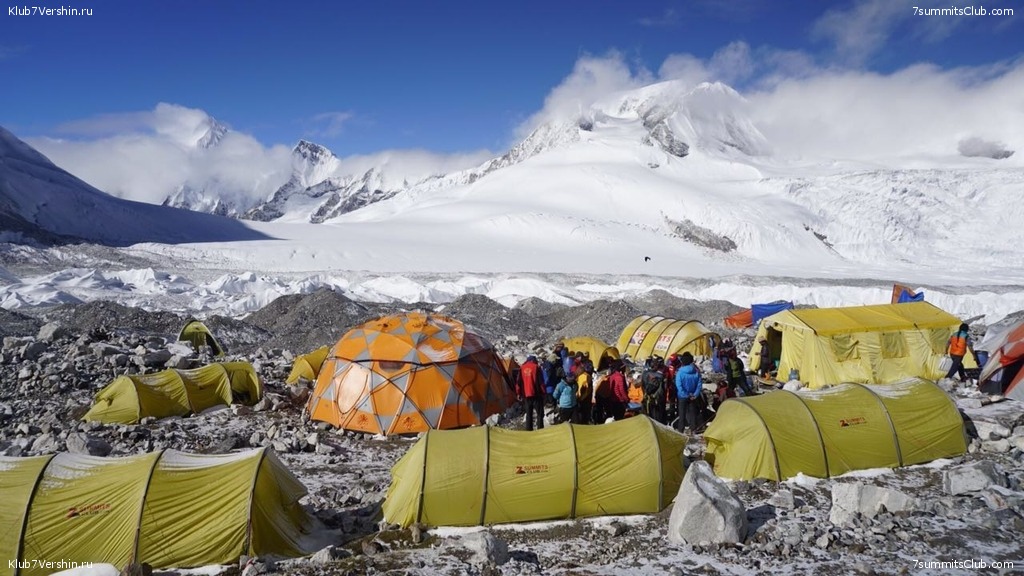All news - Page 237
Summit! Orizaba from Catherine: pictures, emotions (admiration and regret) and evaluation
Orizaba.
Catherine made a successful ascent on Orizaba together with our guide Israel: The summery – the climb up for 8.5 hours!!!! The descent is 3.5. Almost no other climbers here, that is plus, of course, incredible. I'm on the ...
Catherine made a successful ascent on Orizaba together with our guide Israel:
The summery – the climb up for 8.5 hours!!!! The descent is 3.5.
Almost no other climbers here, that is plus, of course, incredible. I'm on the glacier already looked at this beauty and I thought – well, where it is? Where is my snowboard?? The snow quality was perfect! I wish snowbording from the top!
But overall, a great mountain! Beautiful. We really were lucky with the weather. On Friday there was just a hell here...
It's definitely harder then Kili and Elbrus...
Alexander Abramov on the first (Bali) stage of the expedition on Karstens. PHOTOS
Carstensz Pyramid.
Alexander Abramov, President of the 7 summits Club, a guide of the expedition: the 21st October, our team gradually gathered in a heavenly corner of the planet, which is called the island of Bali. This is probably one of the best places on ...
Alexander Abramov, President of the 7 summits Club, a guide of the expedition: the 21st October, our team gradually gathered in a heavenly corner of the planet, which is called the island of Bali. This is probably one of the best places on Earth. Before hard work it is always required to relax. Here we rested from the hustle and bustle of Moscow, and before the rainy, ruthless Irian Jaya.
It is difficult to estimate how many lobsters were killed in the bellies of our climbers. The evening of 22th October was illuminated by our noisy departure to the country of Papuans. Everything was checked, loaded and the plane dragged us to the glorious town of Timika in the South of the island of New Guinea...
View cool photos from the first training mountain school in Skala City. Waiting at the next Thursday!
On 20th October at the climbing gym Skala (Rock) city for the first time there was training session of the Mountain school of the 7 Summits Club. Classes were held under the guidance of coach-instructor Egor Dulnev. Many thanks for ...
On 20th October at the climbing gym Skala (Rock) city for the first time there was training session of the Mountain school of the 7 Summits Club. Classes were held under the guidance of coach-instructor Egor Dulnev.
Many thanks for the photos to Roman Reutov, Everest summiter and professional photographer!
Alex Abramov flies to prepare a big expedition on Carstensz Pyramid
Carstensz Pyramid.
Today, Alexander Abramov went to the Papuans. He is the guide of an expedition to the Pyramid Carstensz and President of the 7 Summits Club. Alex started a few days earlier the entire group to thoroughly prepare for this difficult ...
Today, Alexander Abramov went to the Papuans. He is the guide of an expedition to the Pyramid Carstensz and President of the 7 Summits Club.
Alex started a few days earlier the entire group to thoroughly prepare for this difficult expedition.
And the rest of the participants will arrive at the point of collection - Bali - 21 October. And eating seafood and having been filled with the sun, they will go deep into the island of Papua New Guinea adventures. The team gathered this times numerous - 10 PAX.
Group of Alexander Tishkov left in the Sahara
Yesterday a group of the 7 Summits Club under the guidance of Alexander Tishkov began the journey through Morocco. First, they go to the Sahara desert. The first day, our visitors were acquainted with the traditional culture of the ...
Yesterday a group of the 7 Summits Club under the guidance of Alexander Tishkov began the journey through Morocco. First, they go to the Sahara desert. The first day, our visitors were acquainted with the traditional culture of the Moroccans.
Birthday of the 7 Summits Club. The evening was a success, thanks to everyone who came! Thank you all!
On 13 October there was the traditional evening dedicated to the birthday of the company 7 Summits Club. We are very pleased that every year more and more people come to congratulate us, welcome us and each other, coming to see old ...
On 13 October there was the traditional evening dedicated to the birthday of the company 7 Summits Club. We are very pleased that every year more and more people come to congratulate us, welcome us and each other, coming to see old friends, learn new, learn, eat, drink, rest after work and so on... We think that the vast majority were satisfied and they reluctantly leave the room. However, the room is small, it is what it is. What to do? Don't know yet.
Lyudmila Korobeshko opened the evening, on the rights of the Queen
Alexander Abramov (the King) gave the floor to Sergei Larin, who told how the expedition under his leadership ahead of time rose to the top of Cho Oyu.
Igor and Natalia Smirnova, as members of the expedition, added to the report emotions and own photos...
The most great time were given to Oscar Konyukhov. The Audience listened to his story with open mouths, and after the guests filled up the lecturer with questions. Buying information on a record flight around the world in a balloon, carried out by Fedor Konyukhov paint, all new bright colors.
Leader and trainer of the program "Altitude" Alexander Yakovenko reported about the great success of this project (five peaks per season).
Vladimir N. Shataev presented a certificate "Snow leopard" another hero of our time - Dmitry Moskalev.
Artem Rostovtsev spoke briefly about the competition on trailrunning in the Crimea. We are very grateful to him for introducing us to running sports activities:
Well, to the delight of many fans and lovers of the Crimea, we saw the first public performance of our Crimean teachers rock climbing Natalia Kartashova. She, of course, was worried. But performed brilliantly. Many, I am sure, listening to her story on the background of the Crimean types on the screen began to change their plans and to embed them in another visit to the Crimea.
The second speech, Oscar Konyukhov was shorter, but no less interest. This time it was about two new projects of his Father Fyodor. As usual, it should be supercandy: rise above all in a hot air balloon (in the stratosphere) and down below all in the Marianas trench.
As usual after a fun lottery where lucky to even those who've never had much luck, alas the time has come to part...
Until next time, friends !
Photos from the training of 7 summits Club on the climbing wall Big Wall on 12 October 2016
This training session was not conducted in our common place (DDS) and climbing center the Big Wall. It's like to visit different mountains... the reason for the unscheduled exercise was the visit to Moscow our wonderful Crimean ...
This training session was not conducted in our common place (DDS) and climbing center the Big Wall. It's like to visit different mountains... the reason for the unscheduled exercise was the visit to Moscow our wonderful Crimean guide Natasha Kartashova. A great climber, she in a short time the co-working with the 7 Summits Club learned new pedagogical approaches to learning skills on the rocky terrain of people specializing in commercial mountaineering... Thanks, in particular, the presence of two Alexandrs, our President (Abramov) and our Coach (Lastochkin), training became fun and informative.
So - welcome to the Crimean rocks to the Crimean sea, Crimean nature and Crimean wine!
The first training of the season with Alexander Lastochkin
On October 10th there was the first training session of new season with coach Alexander Lastochkin. Now the trainings will take place every Monday. And every workout will bring something new. For students of the Mountain school ...
On October 10th there was the first training session of new season with coach Alexander Lastochkin. Now the trainings will take place every Monday. And every workout will bring something new. For students of the Mountain school every Monday becomes a special day . And this is due to the fact that our coach, two-time champion of Russia on mountaineering, gives very interesting assignments for practicing techniques of climbing. In parallel, he talks about the most exciting and legendary expeditions, in which participated about different cases that occurred in the mountains around the world.
Alexander is a terrific climber, and his expertise is fascinating. And we provide you with a unique opportunity to communicate with such man.
We invite everyone, all at a Gala Evening dedicated to the birthday of the 7 Summits Club!
The event will be held on October 13th on Thursday, beginning at 20:00. The 7 Summits Club celebrates its birthday and invites you to share the feast of all his friends and those who would like to become a friend. We invite you to our ...
The event will be held on October 13th on Thursday, beginning at 20:00. The 7 Summits Club celebrates its birthday and invites you to share the feast of all his friends and those who would like to become a friend. We invite you to our office ul. Bolshaya Pereyaslavskaya, 7. Metro Prospekt Mira.
In the evening we will tell about our key expeditions of 2016, we summarize the results of several months of travel and climbing programs. You will find a meal and attention from the owners.
We present main guests of the evening:
Oscar Konyukhov, the son and Manager of the greatest Russian traveler, tells about the organization of the expedition Fyodor Konyukhov "balloon Flight around the world."
The participant of expeditions 7 summits Club, master of sports Alexander Yakovenko will speak about the project team's Vysota. Russian national team on high-altitude mountaineering, which this year closed the project "Snow leopard" five peaks in one summer.
We will also welcome the members of our expedition on Cho-Oyu this year, leader Sergei Larin. They had just come back from the Himalayas and will tell, how was the ascent.
We invited Natalia Kartashov our wonderful guide and instructor on the Crimean rocks. She's in the capital of many friends and we hope that they will not miss the opportunity to see her...
Natasha will tell us about the adventures of a team of 7 summits during the Big autumntrip to the Crimea. In particular, we share the impressions about participation in a unique race Crimea X Run - hard tests, an unforgettable experience!
Come, really looking forward to meeting You!
Team of the Club 7 Summits in most dignified manner completed the Big autumn Crimean trip!
On the final day the Crimea graced us with sunny weather. We went to the Squirrel rocks. It turned out that it is very close to the main highway. With the help of our magnificent Crimean guides we received the necessary emotions and ...
On the final day the Crimea graced us with sunny weather. We went to the Squirrel rocks. It turned out that it is very close to the main highway. With the help of our magnificent Crimean guides we received the necessary emotions and specific physical activity, typical for rock climbing. Thank you to everyone who helped us to realize the perfect trip, completed our summer!
The most extreme day of Mountai school in the Crimea! MANY PHOTOS
Natalia Kartashova, guide of the 7 Summits Club: greetings from the Mountain school of the Crimea! Today we have had a very extreme day. We are all big, cool gang cope with a terrible storm and the rain. We got through it and now safely ...
Natalia Kartashova, guide of the 7 Summits Club: greetings from the Mountain school of the Crimea! Today we have had a very extreme day. We are all big, cool gang cope with a terrible storm and the rain. We got through it and now safely descend on ropes through Miskhorsky caves. These are great, high sections of 50, 80 meters. Now the guys in a stupor going down in turn: Vadim, Vasya ... Sasha Abramov heroically takes all. Oksana in here, too, with staring eyes. Now we dive into a scary narrow cave and we will have lunch. So the day was a success... good luck! Bye!
How to climb Mount Everest (according to Noel Hanna, who’s climbed it eight times)
Everest.
In 2006 Northern Irish adventurer Noel Hanna summited Everest for the first time in his life, one year after suffering retinal haemorrhaging on his first attempt. Not content with climbing the world’s tallest mountain, after his ...
In 2006 Northern Irish adventurer Noel Hanna summited Everest for the first time in his life, one year after suffering retinal haemorrhaging on his first attempt.
Not content with climbing the world’s tallest mountain, after his descent Hanna then cycled down to sea level.
In the following year the adventurer would complete the same feat on six different peaks; Mt. Vinson, Cartensz Pyramid, Mt. Elbrus, Mt. Denali, Mt. Kilimanjaro and Aconcagua, each the tallest mountains on their respective continents.
Hanna is the first and so far only person to complete this astounding challenge.
“It was a good challenge so it was,” he chuckles, reflecting on the superhuman effort.
Ten years after his first successful Everest attempt, the Dromara-based climber has returned to conquer the mountain a further seven times – twice with his wife.
Hanna’s Everest pet-hate is poorly prepared climbers not respecting the mountain.
He wants to share his wisdom for those looking to take on the unforgiving mountain – less the mountain disrespects them back.
Training on the hills – then climbing another mountain Hanna’s background in running ultra-marathons meant that he was well prepared for taking on Everest. However, he suggests that we don’t all need to be at that fitness level.
“If you’re a person of regular fitness, running 10ks or half marathons and going to the gym two to three times a week, that’s the base and then it’s just about getting out to the hills and walking with a big rucksack.
“Walking at weekends, maybe a four hour-walk or a five-hour walk in the hills with a backpack on.
“It’s very beneficial if you go to a high mountain before you go to Everest. Somewhere like Aconcagua in South America.”
Noel Hanna and his wife Lynne at the top of Everest (Photo: noelhanna.com)
Training the mind
Hanna suggests that the fitter you are, the more confident you’re going to feel on the mountain.
“If you’re the weakest on a team, mentally that’s going to bring you down; if you’re one of the fittest on the team, mentally that’s keeping you strong.
“Go at your pace, don’t try and keep up with someone else just because they’re on your team, you have to go at your own body’s pace.”
Hanna’s kit list for Everest expeditions
Equipment for Base Camp and Advanced Base Camp: Duffle bag, sleeping bag, foam pad, gas lamp, gas stove, gas cylinders, personal items for washing, your favourite games, notebook
Technical equipment for ascent: Crampons (e.g. Grivel G12), rucksack 70-80 litres, rucksack 35-40 litres, harness, prussiks, karabiners with screwgate lockers – 3 items, jumar (ascender), telescope ski poles, thermos, rappel device, ice axe, head lamp, photo camera, video camera and assessors, accumulators, personal crockery for high camps
Equipment for body and feet: Trekking shoes, boots of “Everest” Millet type, down jacket + down trousers (or down overalls), Gore-tex jacket with wide hood, Gore-tex trousers (better semi-overalls), windblock jacket, windblock trousers, jacket “Polartec – 100”, warm underwear, personal underwear, Polartec gloves, Thinsulate gloves, Thinsulate mittens, warm woolen socks, balaclava, warm hat, windblock face mask, UV glasses, ski goggles (preferably), gaiters
Hone your ropework in the
Highlands Any technicals skills required to take on Everest can be perfected in the Scottish Highlands, or the Alps, according to Hanna.
“With Everest, there’s a technical side to it, but you don’t need to be super skilled on ropework for Everest.”
Hanna says it is essential to religiously work on your ropework, be confident in rapelling (abseiling) and jumarring (climbing up a rope).
Additionally, would-be Everest climbers need to be competent in clipping in and out of ropes, as well as passing anchors.
“All of that could be done in the Highlands of Scotland or even in a climbing gym, but obviously it’s more beneficial to get in the snow with your crampons on and doing the training that way, or going to the Alps and doing Mont Blanc.”
Don’t rely on the sherpa
All climbers must be capable of doing the climb by themselves and there can be no over-reliance on sherpas.
“A lot of people will think ‘Oh I’ve got a sherpa, if something happens to me he’s carrying me down’, but if the sherpa feels that his life is at risk he’s going to leave you.”
Tortellini and Coca-Cola
Hanna suggests that a drastic change in diet isn’t necessary for taking on the mountain.
“Some people take protein powders, but I don’t. I just eat normally, I don’t change my diet from home when I’m on the mountain because most good expeditions on the mountain, especially in the North side, get fresh stuff in all the way to base camp.
“We cook food all the way up to 7,000 metres and it’s really only on summit push at 7,700 and 8,300 that you use boil in the bag food, but normally we would have tins of tuna and foil packs of tuna.
“Ideally I like to put on maybe two or three pounds before I go to the mountain.
” Keeping yourself well fed even when your appetite fades is essential, says Hanna.
“A lot of people over 6 -7,000 metres lose their appetite. You need to force yourself to eat. It’s like a car if you don’t put petrol in it, it’s not going to go.”
The Northern Irishman’s unconventional eating and drinking habits suggests there is room for a few home comforts when tackling the fearsome summit.
“The first year I was climbing there with a good friend of mine from Italy and he had taken tortellini pasta up with us and I had packets of tuna and we just made a lovely meal before we went to summit.
“I’ve always taken a bottle of Coke with me and I remember three years ago going for the summit – I had a small bottle of Coke – stopping to take a drink of it and as soon as I opened the lid it just exploded and 90% of the liquid inside just flew out of it with the pressure.
“I was devastated.” Noel Hanna (Photo: noelhanna.com)
‘There is no wall’
Hanna recommends running your own race and ignoring mountain literature that tells you exactly where you will struggle. Undoubtedly having strong mental fortitude is crucial to a successful ascent.
“I went into climbing from endurance sports, like 100 mile runs. Somebody who has never done a marathon before, the first thing they will say to you is ‘when will I hit the wall?’ It’s a myth, it’s somebody else’s wall.
“If you’ve read a book that says you’re not meant to struggle till 7,000 metres and you’re struggling at 6,000 metres, mentally that’s going to affect you.
“I’ve seen people who struggle on their first acclimatization rotation, but once they get that sorted they’re the strongest on summit push. “I always said that 70% of it is in the head.”
Bring a lucky charm
Making physical, technical and mental preparations is empirical, but having a lucky charm is also of importance, says Hanna.
“My wife gave me a lucky black cat on a keyring and it’s gone to every mountain with me since 2004.
“I’m not superstitious or anything, but every single mountain that I go on, it’s attached on my rucksack.
“When I’m leaving on an expedition I need to make sure that cat’s with me.”
What does Everest mean to Hanna?
For most who complete the summit, Everest will hold a special place in their heart. For Hanna it was just another mountain – until his German Shepherd Babu passed away last year.
“Me and my wife have a German Shepherd pup who was ten and a half years old, he passed away 10 months ago. We said if anything ever happened to him we’d take his ashes to the summit of Everest.
“That’s what me and my wife did this year, we took his ashes with us and we sprinkled them a couple metres from the summit and had a wee tearful moment for him.
“When I think of Everest now, I think of my dog’s ashes. Everest is the most thoughtful mountain for me. We don’t have any children so he was the closest thing we had.”
Read more at: https://inews.co.uk/essentials/news/uk/girls-body-image-one-three-believe-not-pretty-enough/
Today Vasily Kernicky turns 60 years old! The 7 Summits Club congratulates him!
Today is the anniversary of the Vasily Kernicky, Muscovite, climbers on Everest, Cho-Oyu, our 7thousanders peaks. The 7 Summits Club congratulates him with a birthday and wishes strong health, happiness, luck and new achievements! We hope ...
Today is the anniversary of the Vasily Kernicky, Muscovite, climbers on Everest, Cho-Oyu, our 7thousanders peaks. The 7 Summits Club congratulates him with a birthday and wishes strong health, happiness, luck and new achievements! We hope to meet the 13th October at a gala evening in our office! Vasily is now returning with friends from the expedition to the sixth highest peak in the world Cho Oyu. This beautiful mountain is a great gift for the celebrant!
Natalia Kartashova from Crimea: Today was a debut, the first time we were training on a new rocks – Belichiy (squirrel)
Hello from the Crimea! It is Kartashov Natalia, a guide of the Mountain School. Today, we have completed our program with Ginkulovs family. They left, all very satisfied. Yesterday we went to a small cave on the Koshka mountain, and ...
Hello from the Crimea! It is Kartashov Natalia, a guide of the Mountain School. Today, we have completed our program with Ginkulovs family. They left, all very satisfied. Yesterday we went to a small cave on the Koshka mountain, and enjoyed it very much.
We are working today on the Belichiy rocks. It is such a news. Today, we can say, a new rock sector was opened, which is called Belichiy (Squirrel) rocks. Routes there are named by the names of the many peaks of the world: the Aconcagua, McKinley, Mount Everest, Elbrus, and so on. Routes are created by us with the help of the 7 Summits Club.
Today Liana Morozov came in, it was the first day, and on the rocks squirrel ... Tomorrow we will continue on the Koshka mountain. We hope that the weather will be just as warm and good as it is today...
PHOTOS FROM THE SUMMIT! The first group of our expedition descended successfully and are preparing for departure
Sergey Larin, head of the expedition: So, on September 30th at 9 am 5 participants of the 7 Summits Club expedition were on the top of Mount Cho Oyu. "Turquoise Goddess" has taken the above-mentioned part of the team and almost let go. The ...
Sergey Larin, head of the expedition: So, on September 30th at 9 am 5 participants of the 7 Summits Club expedition were on the top of Mount Cho Oyu. "Turquoise Goddess" has taken the above-mentioned part of the team and almost let go. The composition of the group: Vasily Kernitsky, Dmitry Kuznetsov, Igor Smirnov, Zygmunt Berdychowski (Poland), Sergey Larin. With the support of four sherpas: Nima, Pasang, Doji, Mutuk ...
On the same day we went down to 6400, and the next - in the ABC camp. Now organizational problems began at an early depart of the team and changing tickets dates.
The second part of the team starts to climb 3 October ...
Sherpas Team
ALONe at Manaslu. Congratulations to Alexis Lonchinsky! Happy Birthday! Good luck!
Manaslu.
Alexey, we congratulate you on your birthday! Catch weather and good luck! From the diary. Hello! 24/09/16 - Rain at night, I sleep. By 9 00 the rain is over, I get out. The trail goes upward through the jungle, sometimes ...
Alexey, we congratulate you on your birthday! Catch weather and good luck!
From the diary.
Hello!
24/09/16 - Rain at night, I sleep.
By 9 00 the rain is over, I get out. The trail goes upward through the jungle, sometimes blurred.
In the 13-00 come to the Base Camp (4800). There are many companies, I am going to visit the Makalu extreme (Oksana and Chetur). Then I met Dmitry Grekov and his company - Diana, Zamir, Igor, Solyus, Natalia. Of course, here is Lekha Bukinich.
Last night there was a big snow, broken tents. Although now is sunny, the snow has not yet melted. Put my tent, I look around and rest the remainder of the day.
25/09/16 - snow at night, we are saving the dining room tent. In the morning - fog, cloudy. Everyone sits on the site, as there is no the road for the first camp. I do not know where to go, plus the fog - I sit drinking tea. The 11 people from neighboring camps began to move upward. At 12 for better acclimatization, I decide to walk to the camp 1 (5600), see and leave depot. I managed to dusk.
26/09/16 - Dmitry and Zamir decided to cancel and go down. His remaining team decides to try and keep up. I join them. Good company - a good acclimatization))) rise in Camp 1 (5600).
09.27.16 - night was good - that is, sleep well, my head does not hurt. We go to camp 2 (6250). There is normally, but not fast. My friends have tents here. Fortunately they were not smashed by snowfall. We dig out and start to cook. We went early, but fell asleep only to 23 00.
09.28.16 - In the morning, while having breakfast, my head ached a little, as soon as began to move actively everything went. We go up to Camp 3 (6900). Making the site, put up tents. I feel altitude, but eat with appetitó. Everything as always - eat and sleep.
29/09/16 - Morning. Head! But never mind, the task is completed. More liquid - tea, vitaminka, etc.
9 00 - I'm going to run down. The base came 13 30. Change tall boots on the tracks, hour rest. Now ready to go in Samagoon, I have time before dark. A bit tired. In the loggia, where he lived - a full house. For a long time waiting for dinner, sip tea, juice, beer, lemonade. In 20 00 - SLEEPING
30/09/16 - rest, but this time set off all to the summit bid *, good luck !!!
01/10/16 - Today, I collect power to output plan. I try to catch the weather window!!!
* 30.9.16. Igor Zhdanowicz, Saulius Damulevichus, Natalia Zenina, Dina Terentyev climbed Manaslu.
Natalia Kartashova from the Crimea: Mountain School in Crimea in the beginning of the autumn session
Greetings from the Crimean Mountain School! Dima Ginkulov with two lovely daughters trains on the rock "Wings of a swan." Weather – super, girls mastered 5c routes. The two learned to knit and to belay a bowline. Currently Dima is ...
Greetings from the Crimean Mountain School! Dima Ginkulov with two lovely daughters trains on the rock "Wings of a swan." Weather – super, girls mastered 5c routes. The two learned to knit and to belay a bowline. Currently Dima is swimming in already bracing sea, and I watched him out of the juniper. Next we will work with rope and nuts.
Sergey Larin, from the summit of Cho Oyu: we are at the top, at the bottom we will be waiting for the congratulations!
Today the team of the Seven Summits Club - five Members and four Sherpas - at 9 am Nepal time stood on the top of Cho Oyu. Some of us are still standing. Now we begin the descent. Team: Sergey Larin, Dmitry Kuznetsov, Dmitry Smirnov, ...
Today the team of the Seven Summits Club - five Members and four Sherpas - at 9 am Nepal time stood on the top of Cho Oyu. Some of us are still standing. Now we begin the descent. Team: Sergey Larin, Dmitry Kuznetsov, Dmitry Smirnov, Zygmunt Berdychowski and Vasily Kernitsky. I hope I did not forget any one. And four Sherpas. Congratulations are accepted only in the ABC camp. In our expedition team there are two more participants, but they work on a different route. Today, they do not climb. Sergey Larin.
Sergey Larin. A brief diary of the Cho Oyu expedition. PHOTO
25 th and 26 th of September - rest days in the ABC camp. We showered, had classes on oxygen equipment. It turned out that we have selected a strong company in preference. September 27th. Out up to the C1 camp. ...
25 th and 26 th of September - rest days in the ABC camp. We showered, had classes on oxygen equipment. It turned out that we have selected a strong company in preference.
September 27th. Out up to the C1 camp.
Sergey Larin. Diary of the expedition on Cho Oyu
22.09. We went to the camp C1 (6400). In the morning there was a puja, a ceremony was held at ABC, we opened the camp and climbing program according the Buddhist tradition. The first day without snow. 23.09. Natalia Smirnova went to Lhasa, ...
22.09. We went to the camp C1 (6400). In the morning there was a puja, a ceremony was held at ABC, we opened the camp and climbing program according the Buddhist tradition. The first day without snow.
23.09. Natalia Smirnova went to Lhasa, she has such a program. We are in C1. Weather forecast unstable and often changing. Therefore, we will not acclimate as expected on the theory, but on the basis of weather windows.
24.09. We went up to 250 meters from the C1 (6400m) and descended to ABC. The weather deteriorated again, this time coincided with the forecast.


